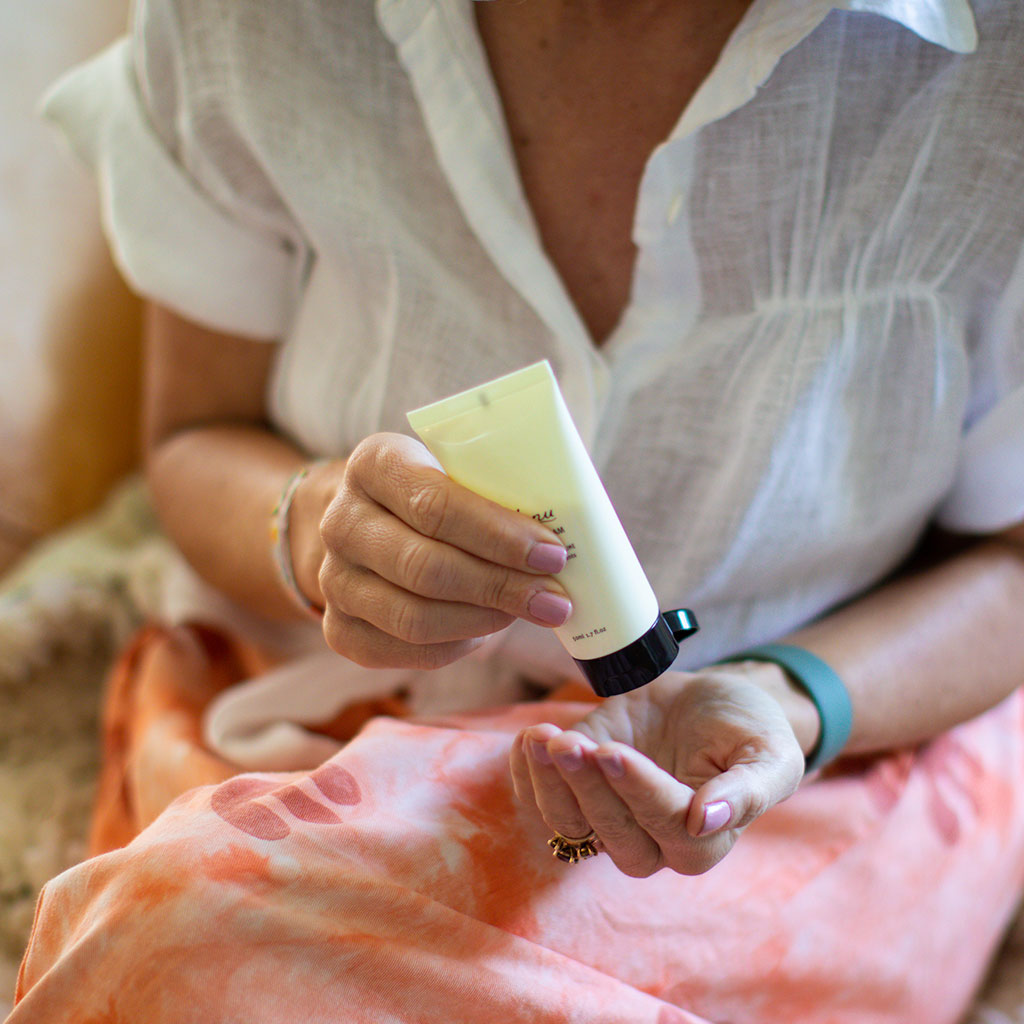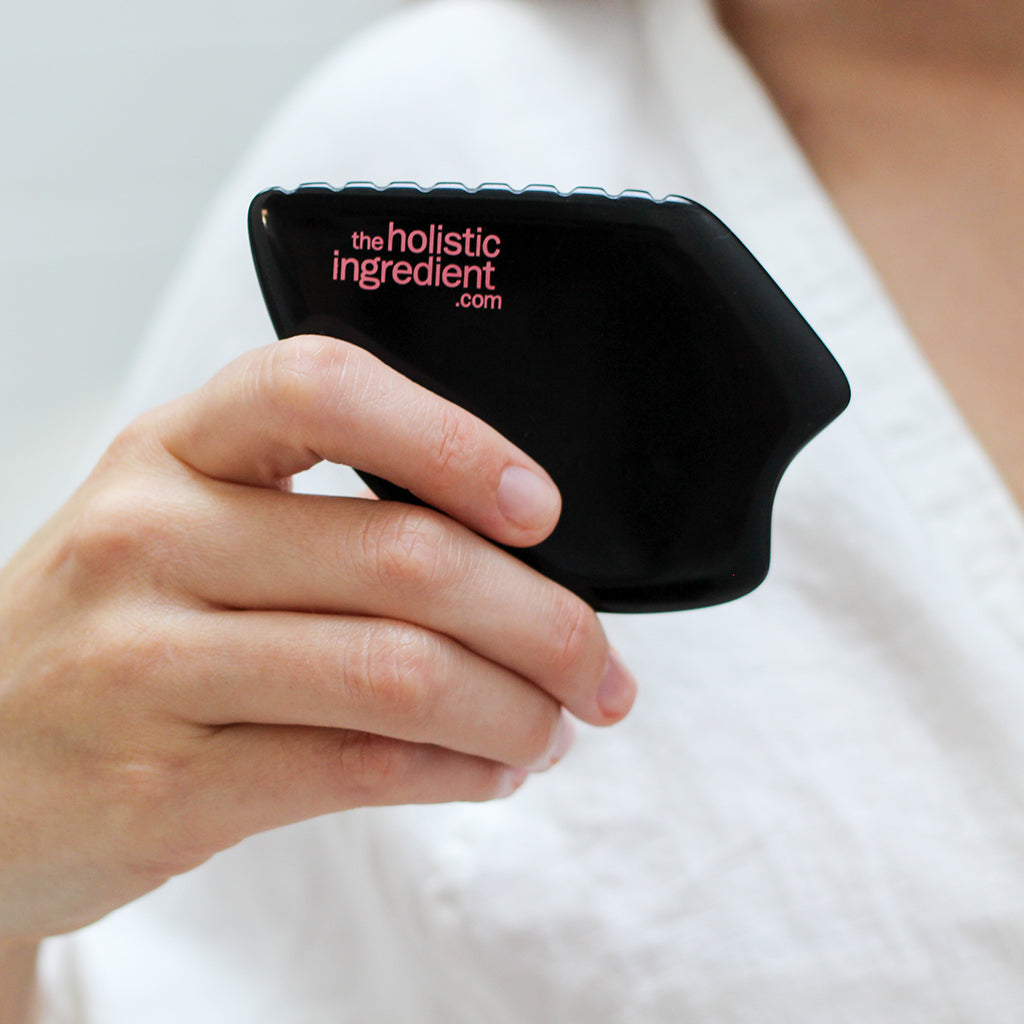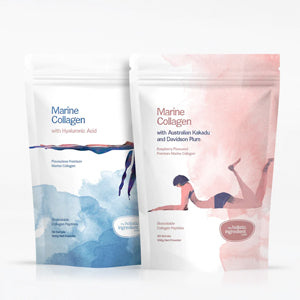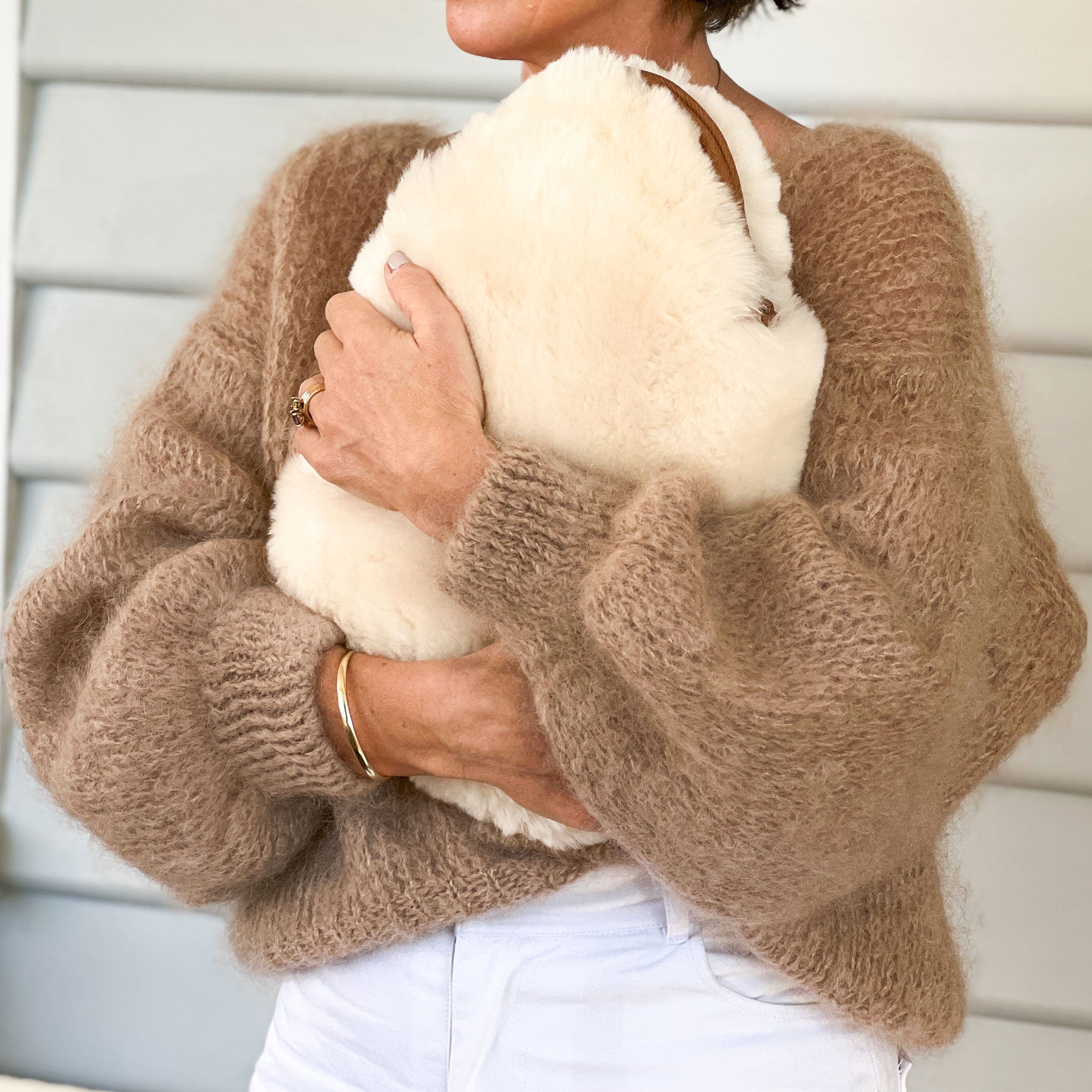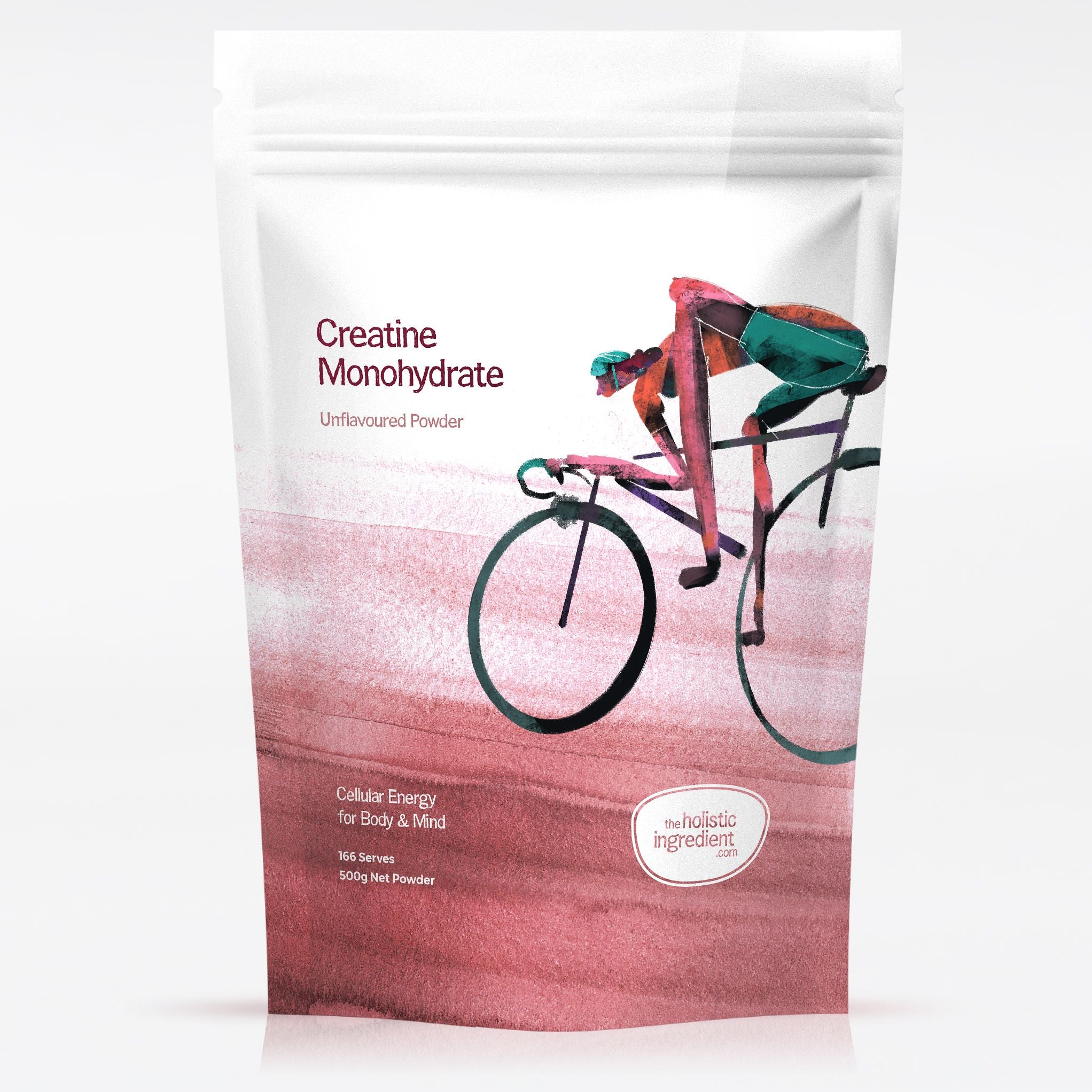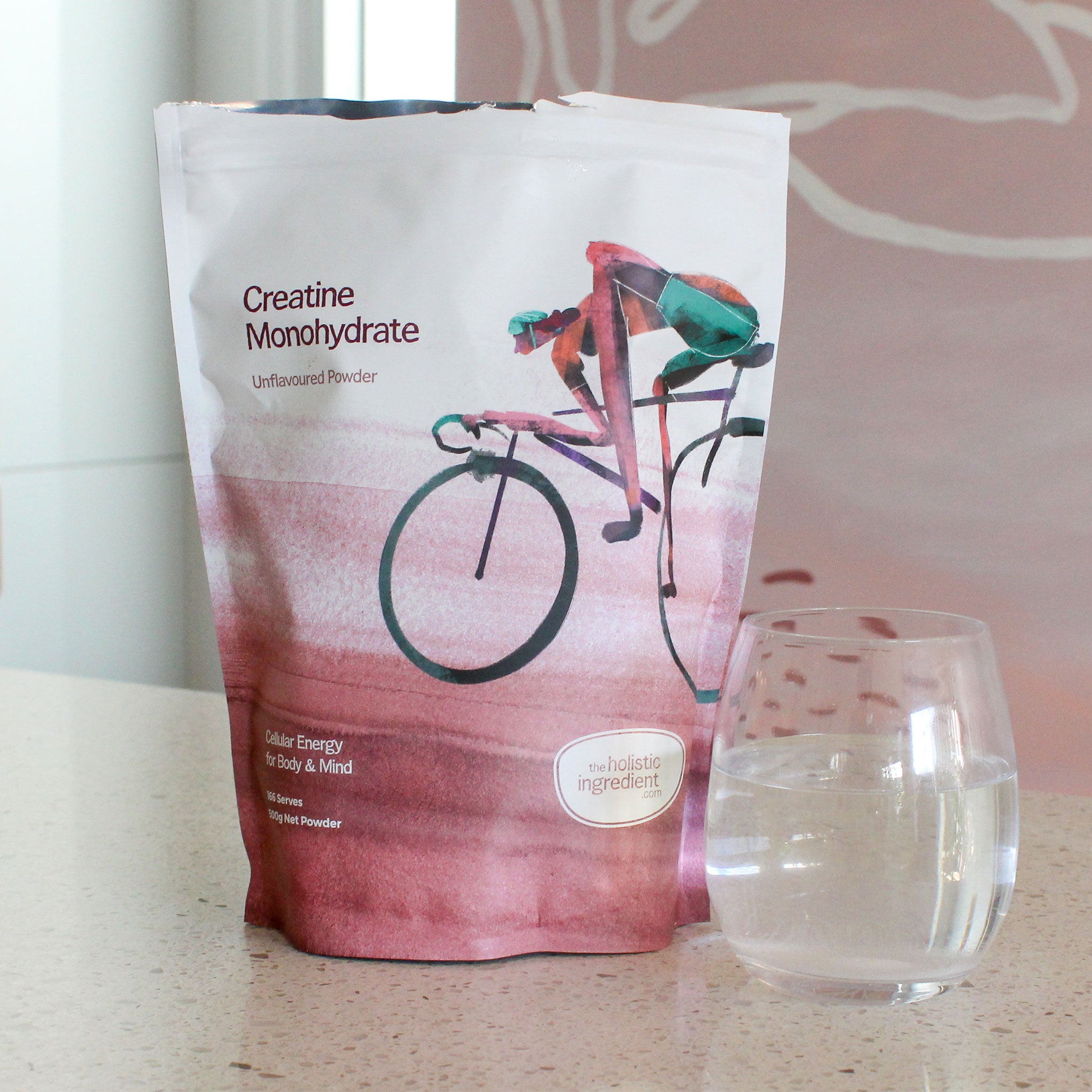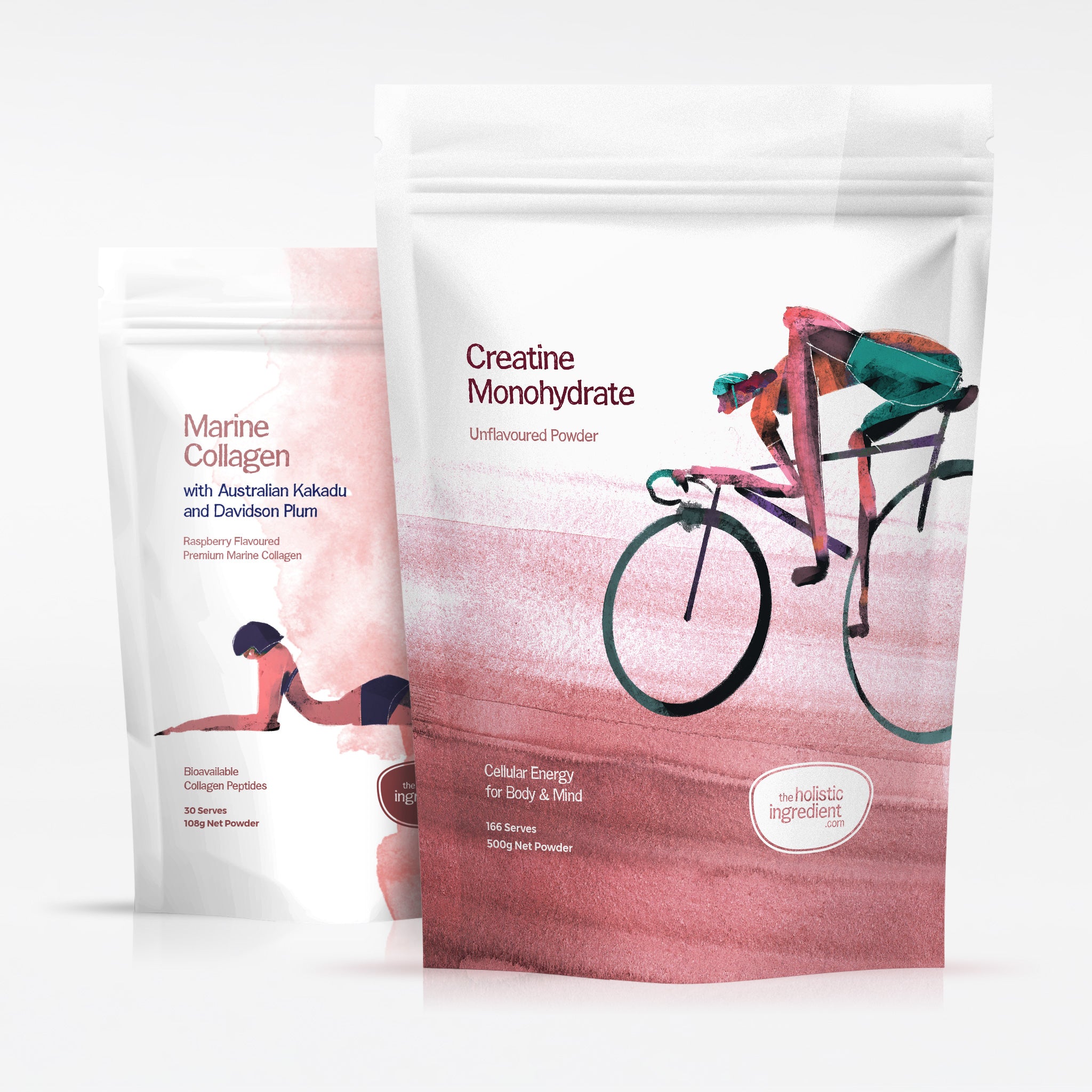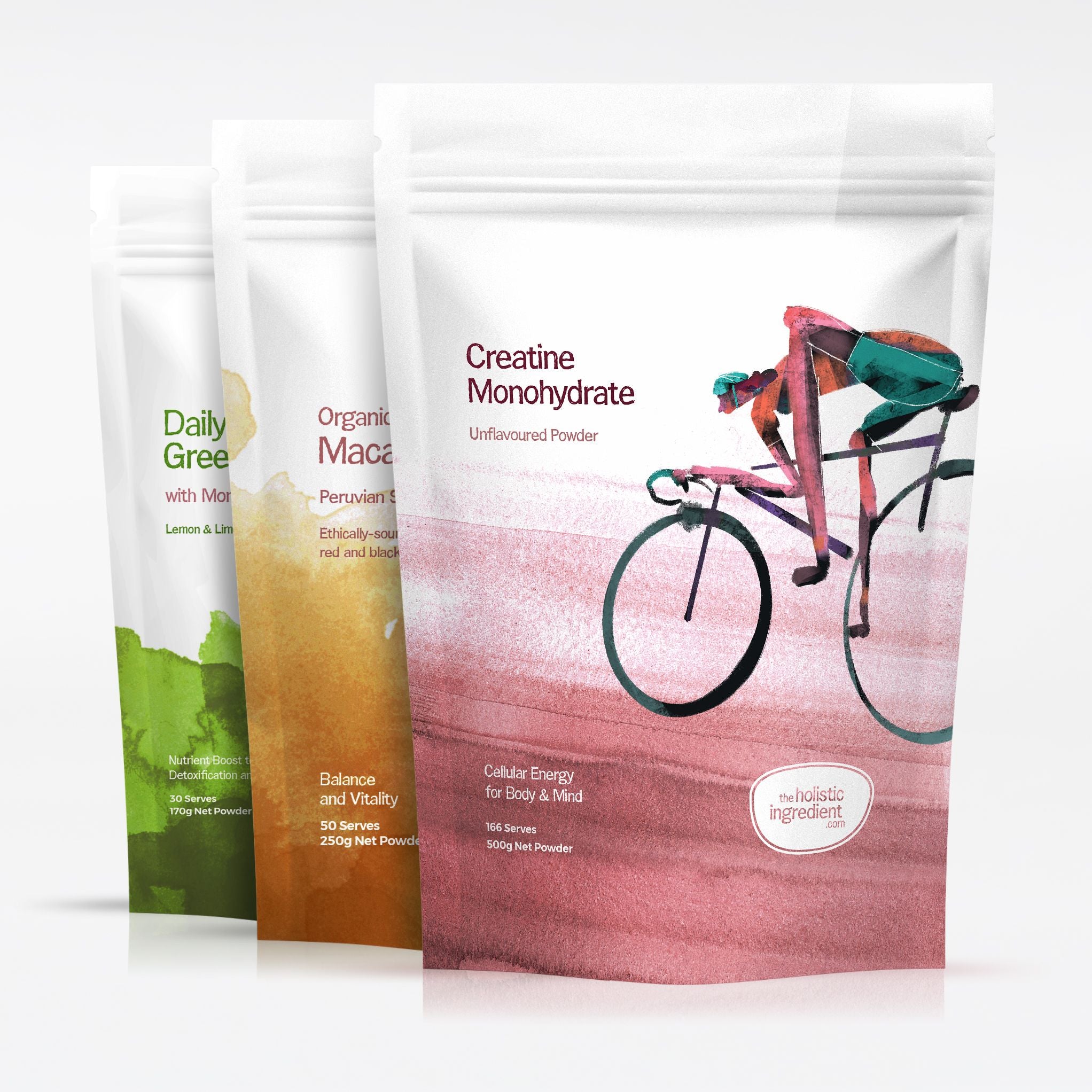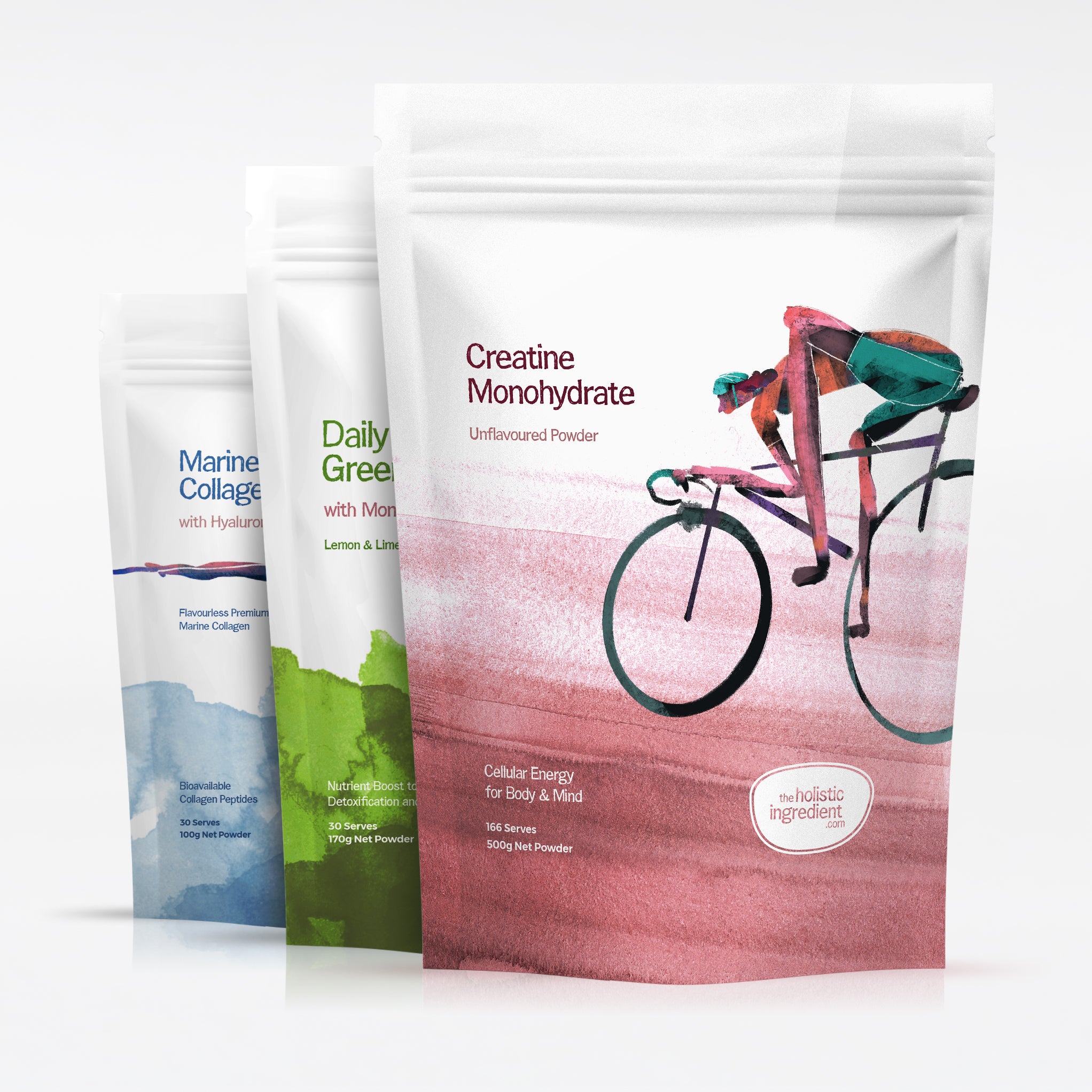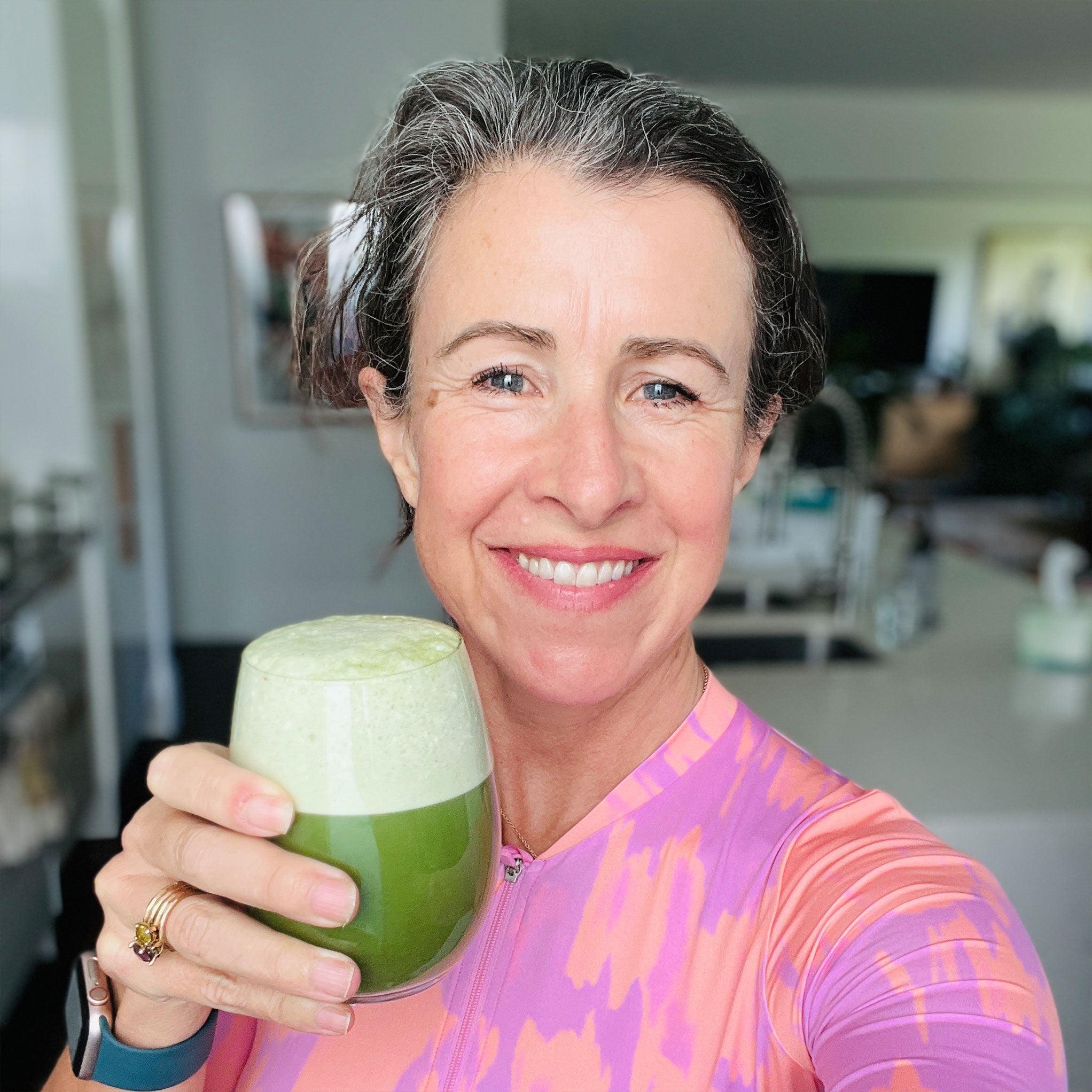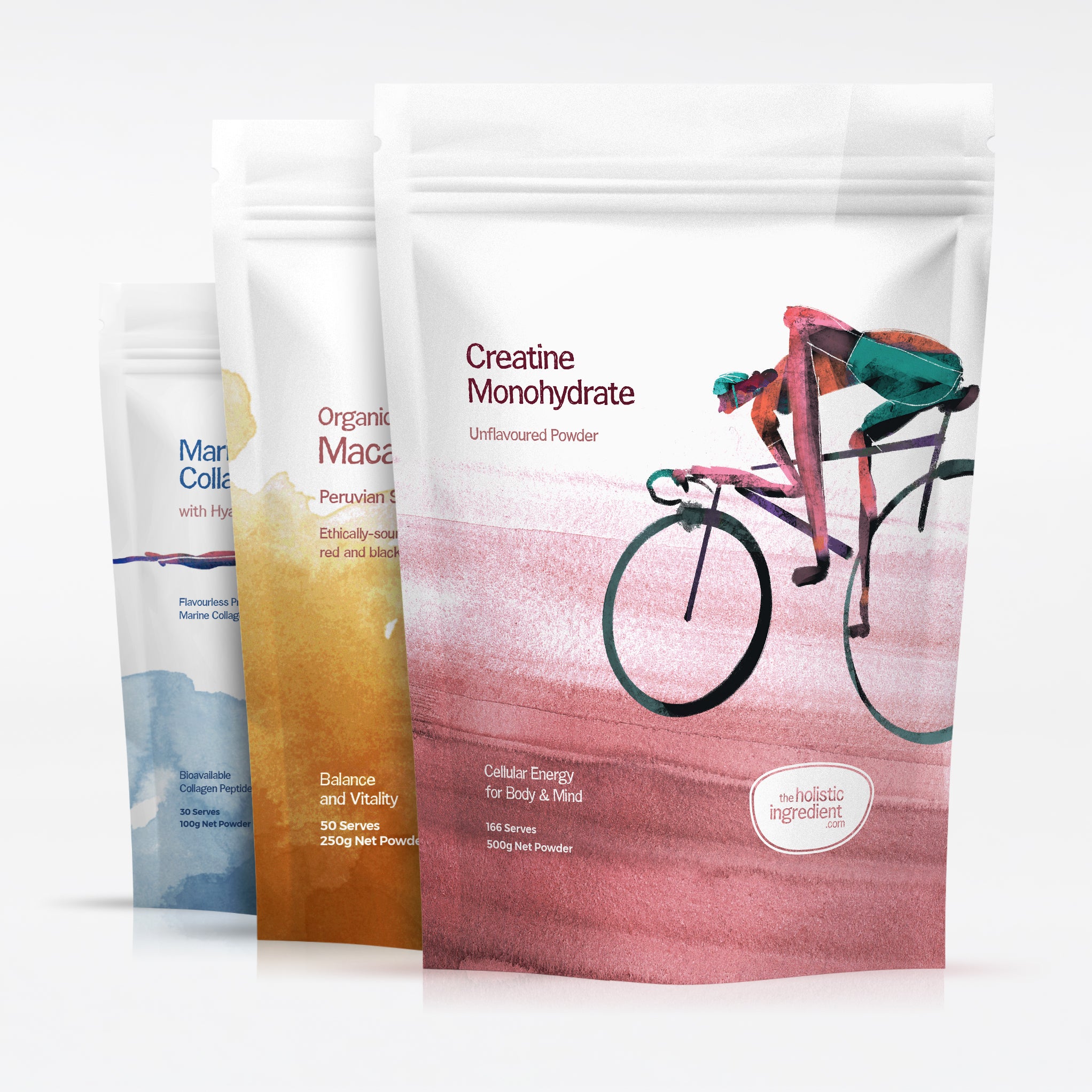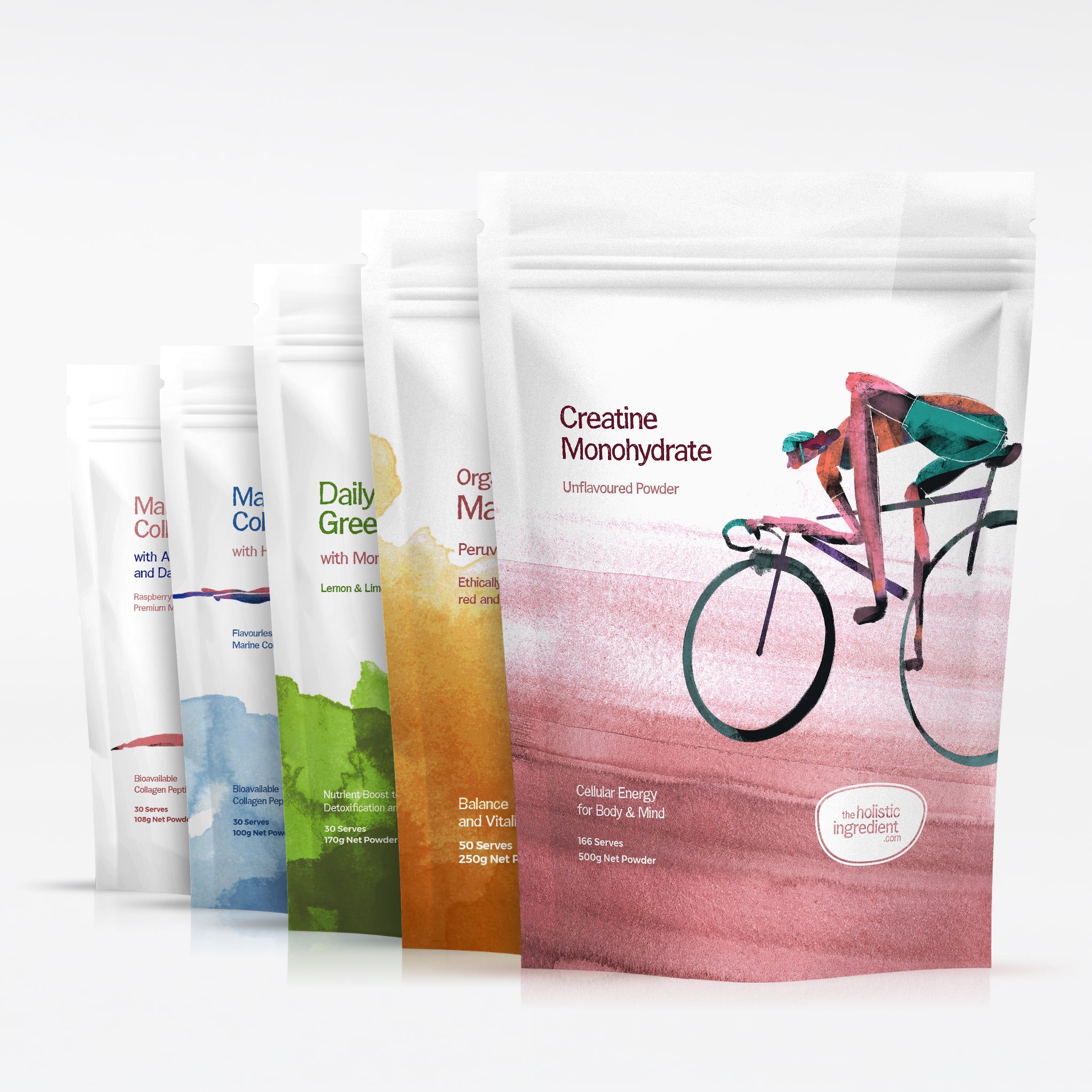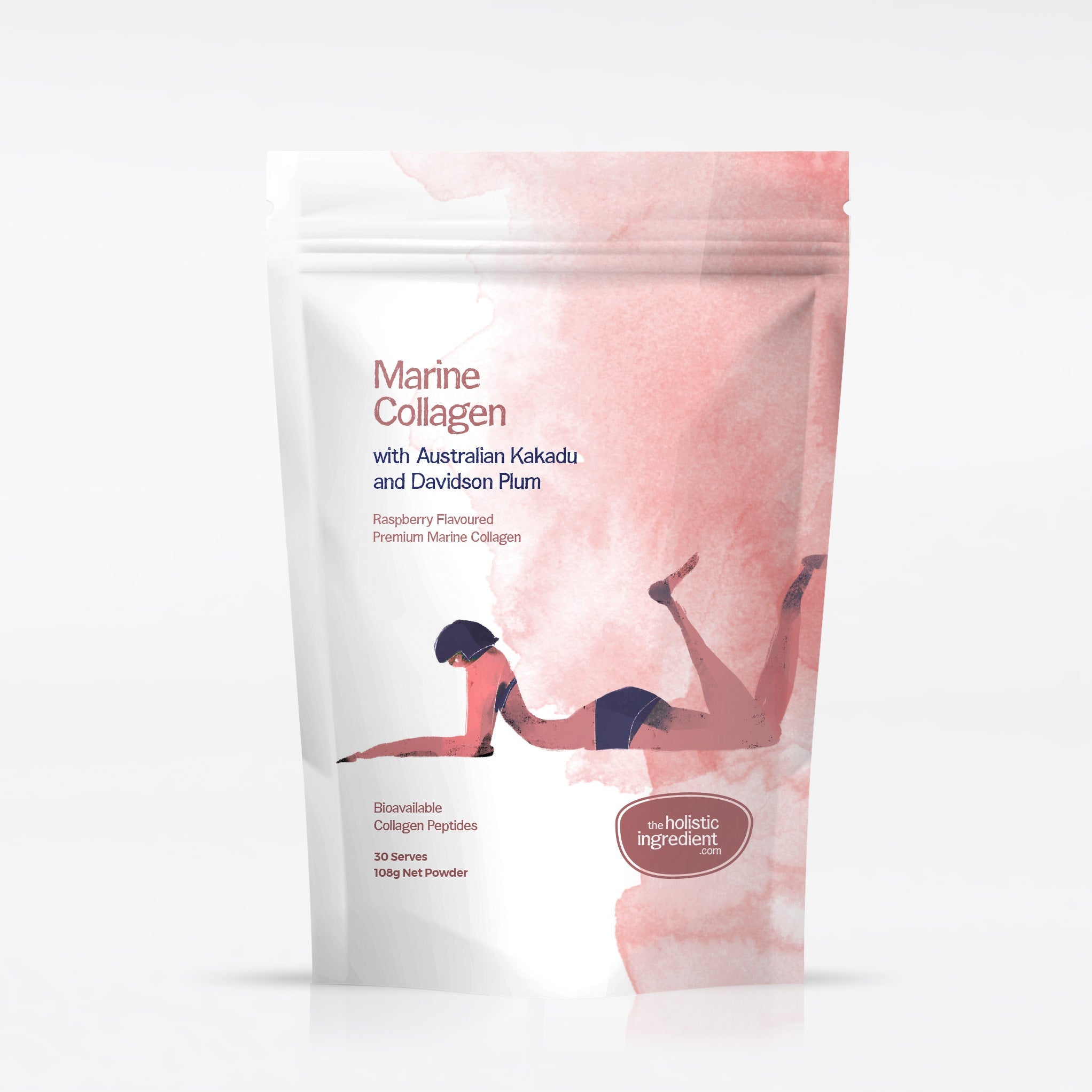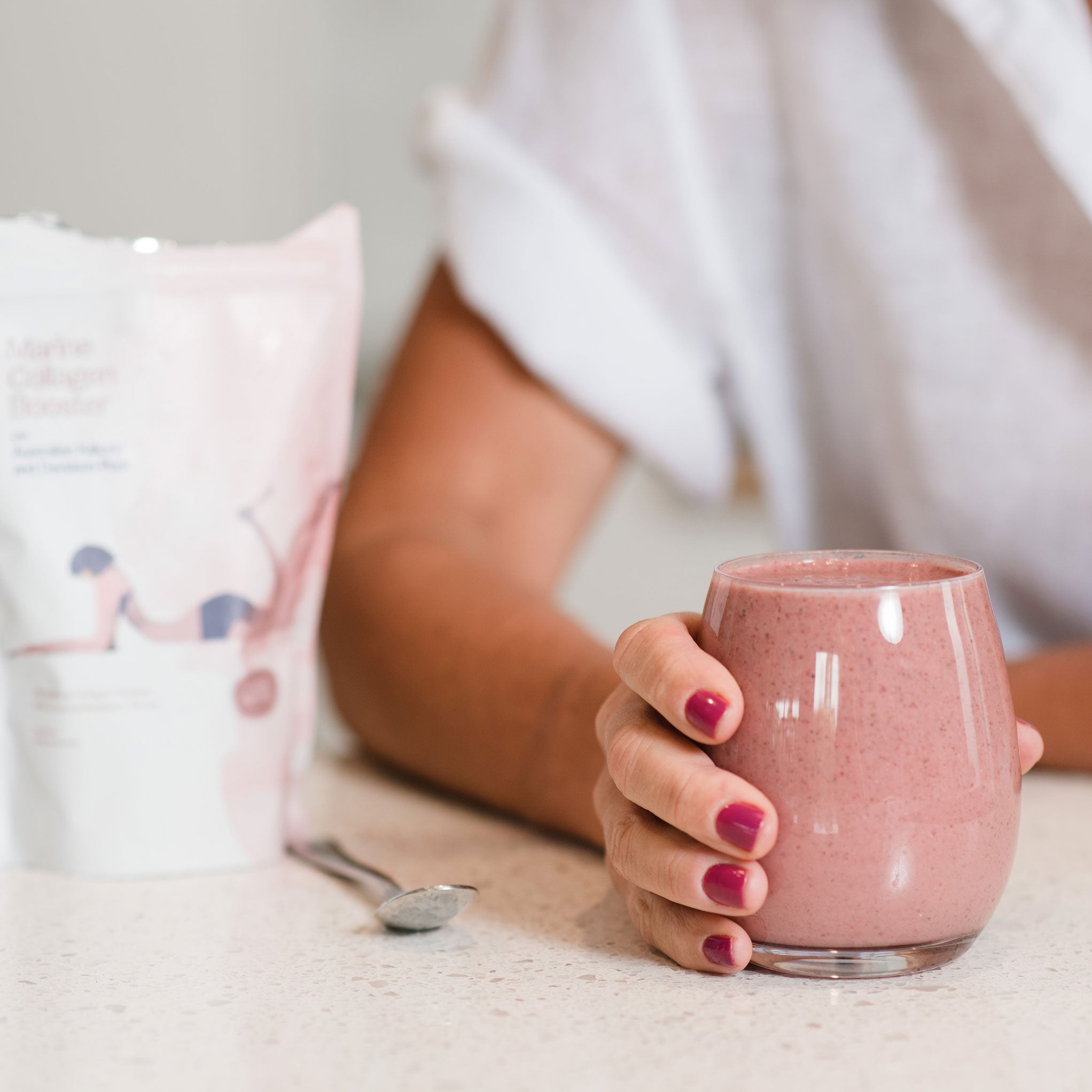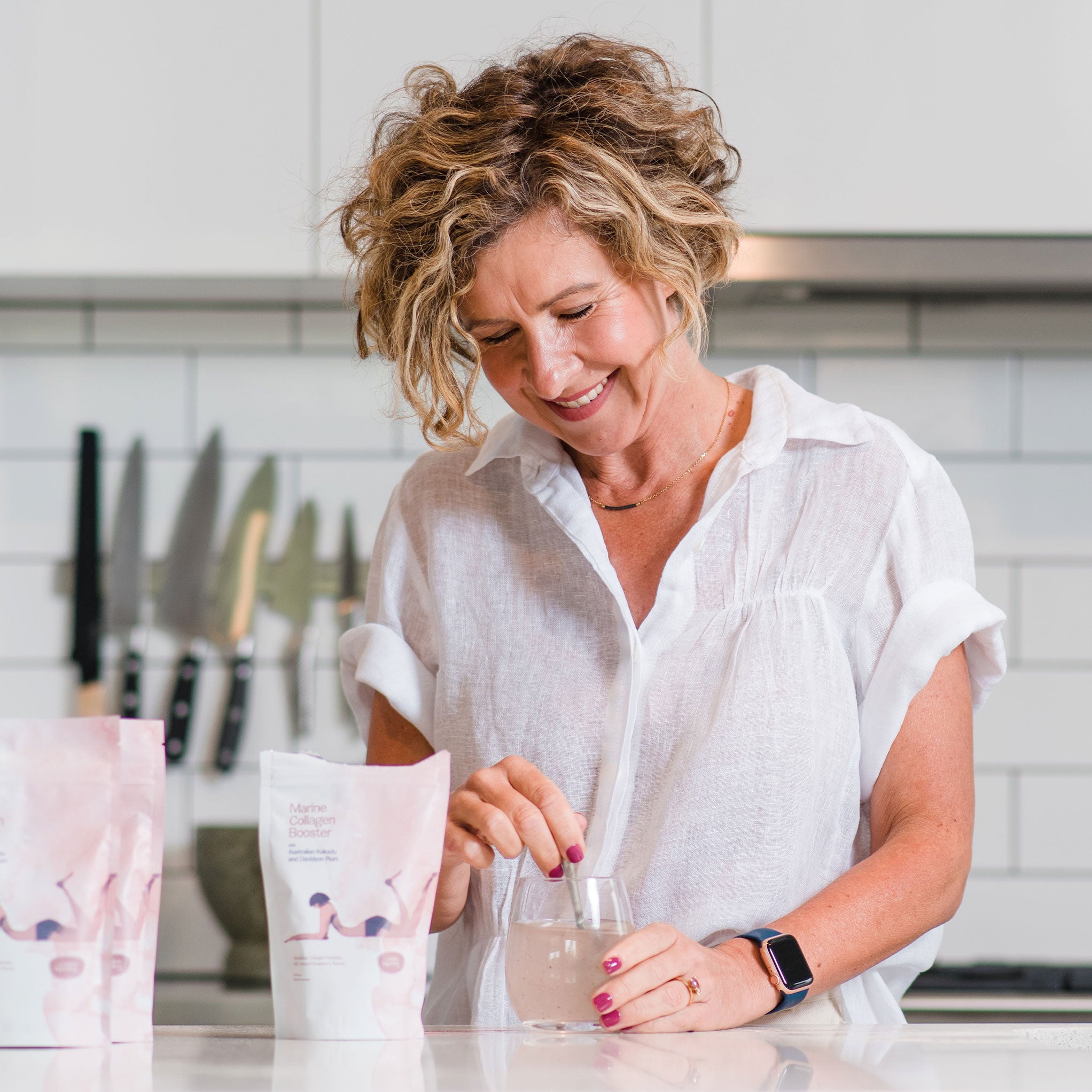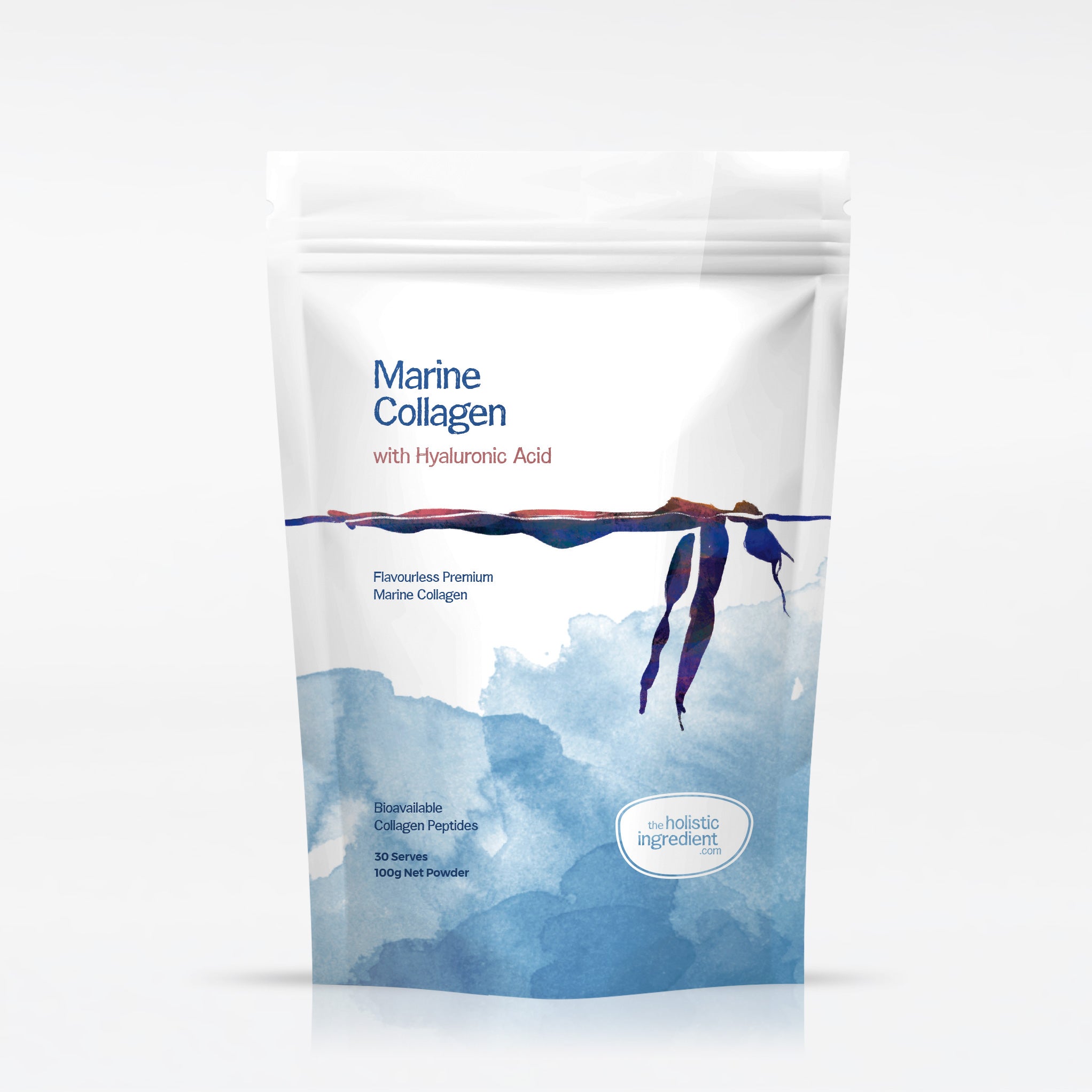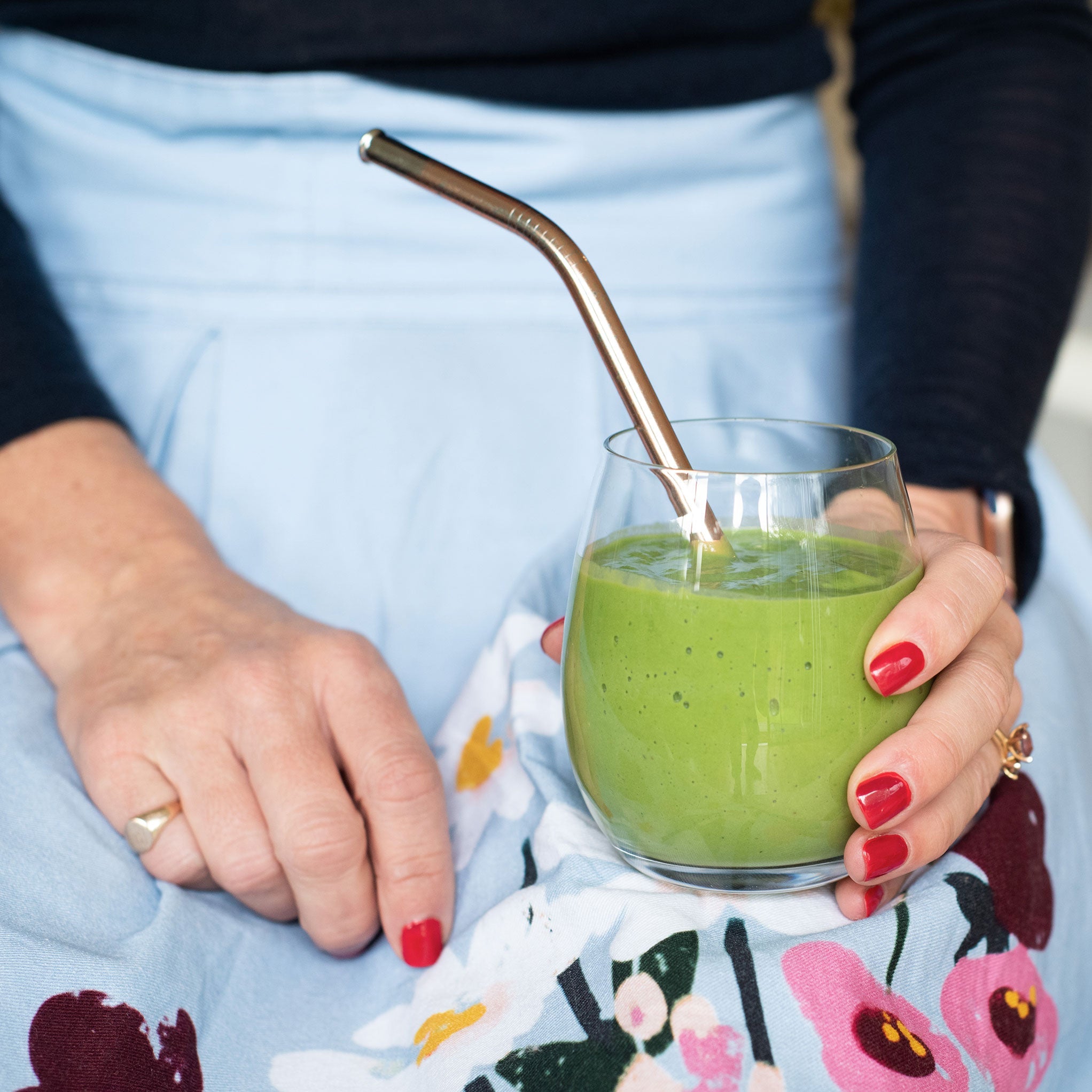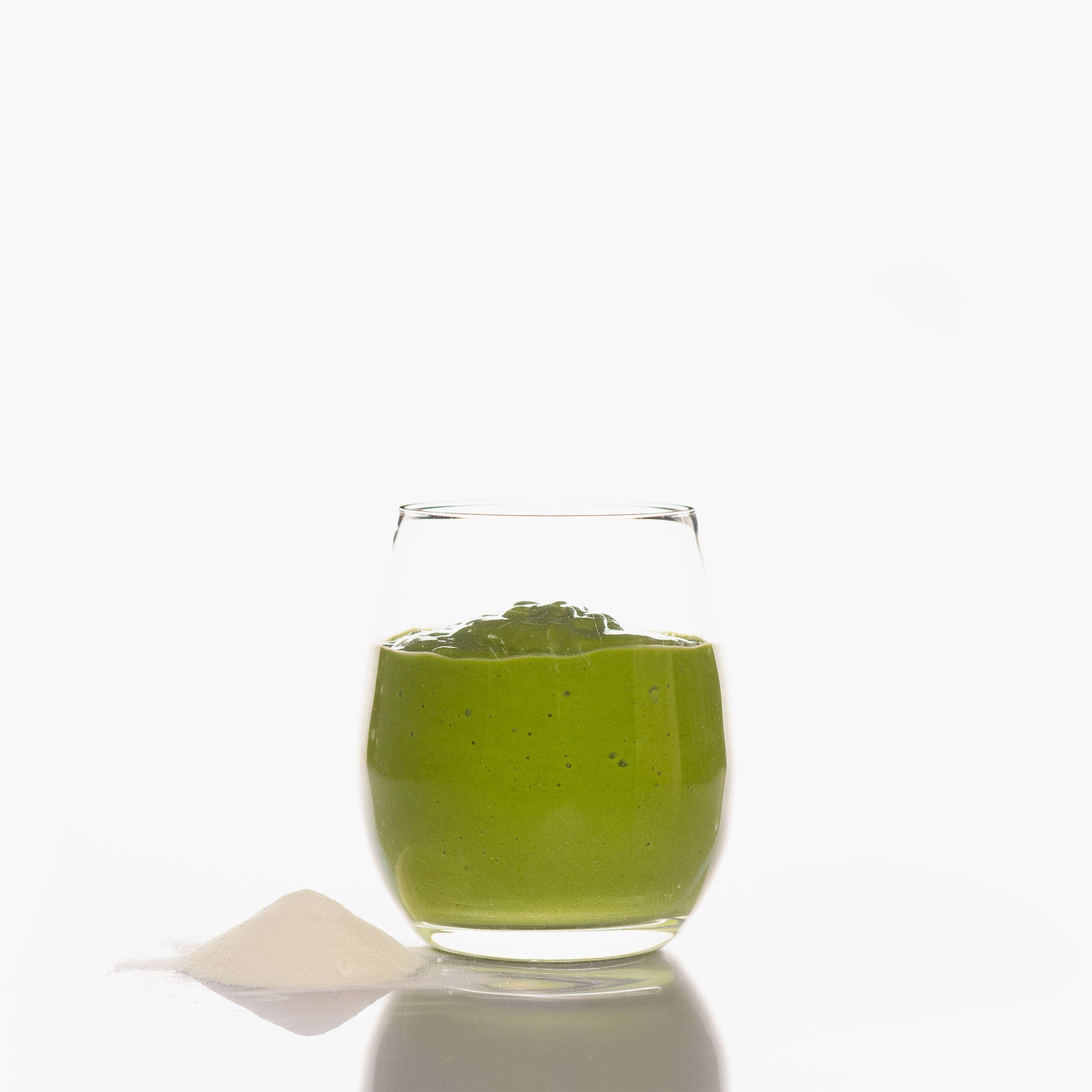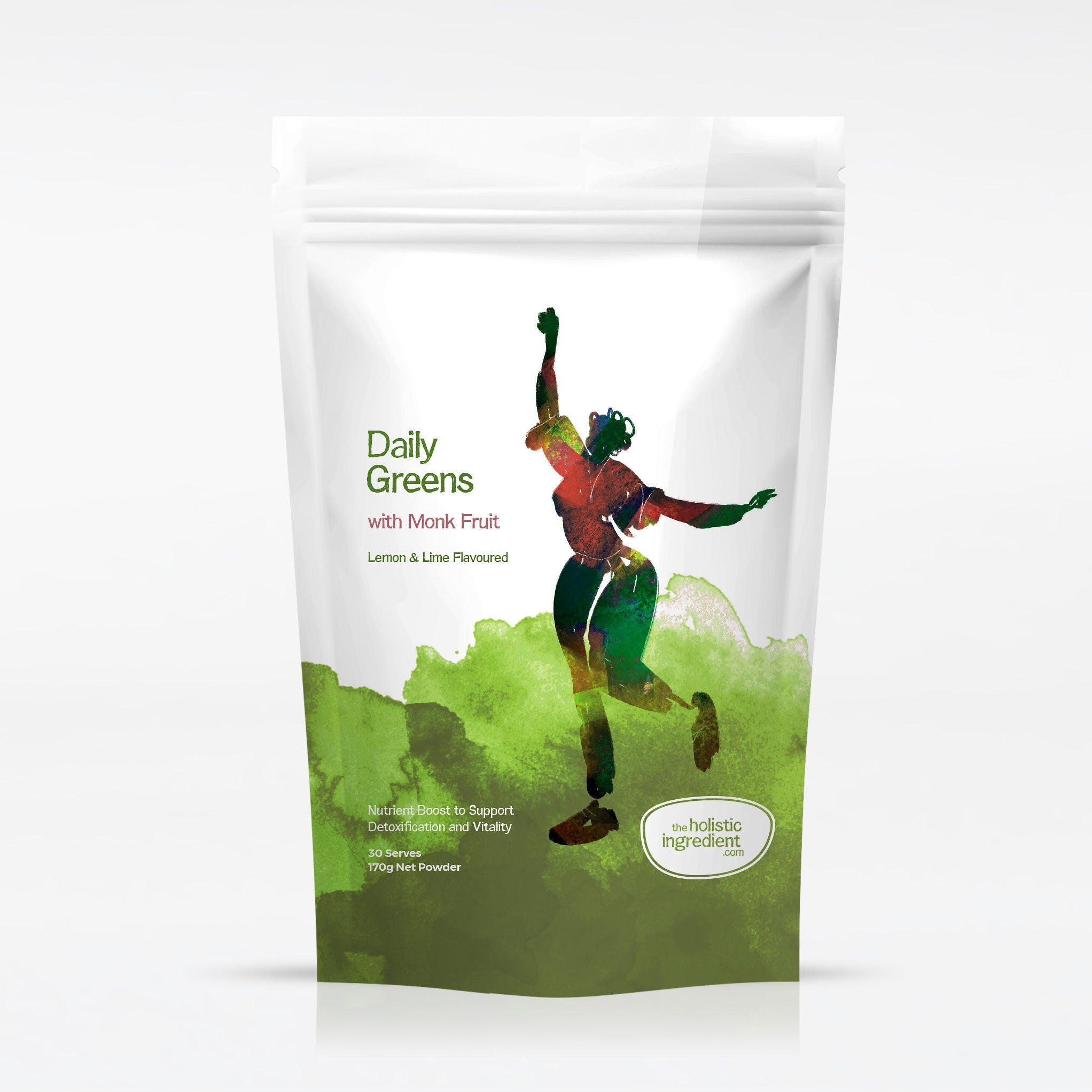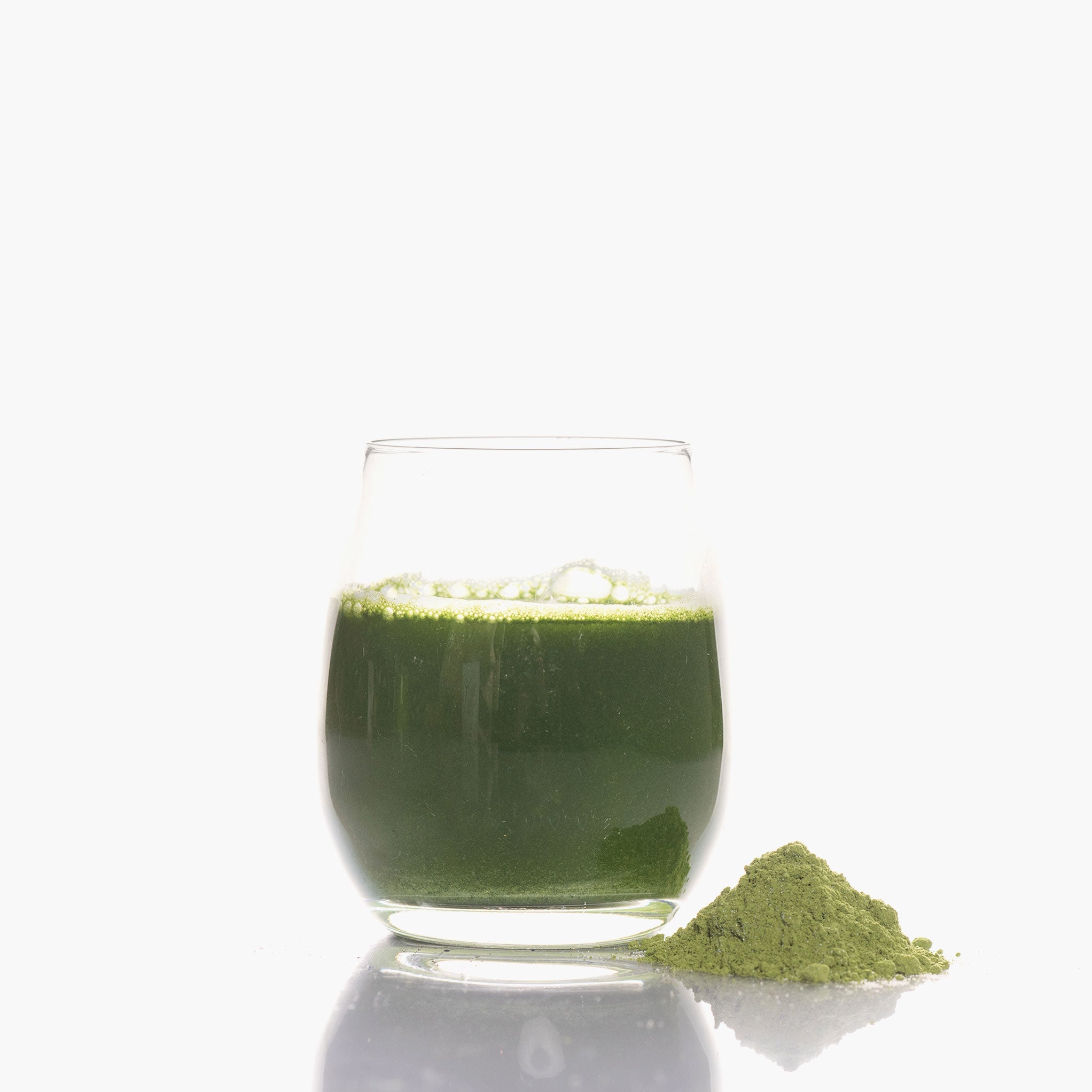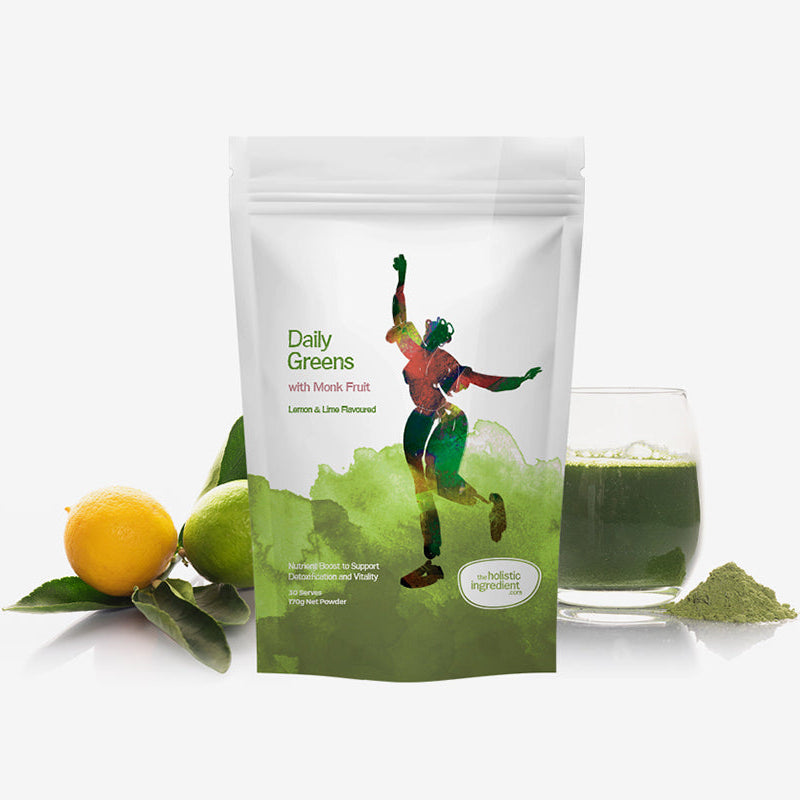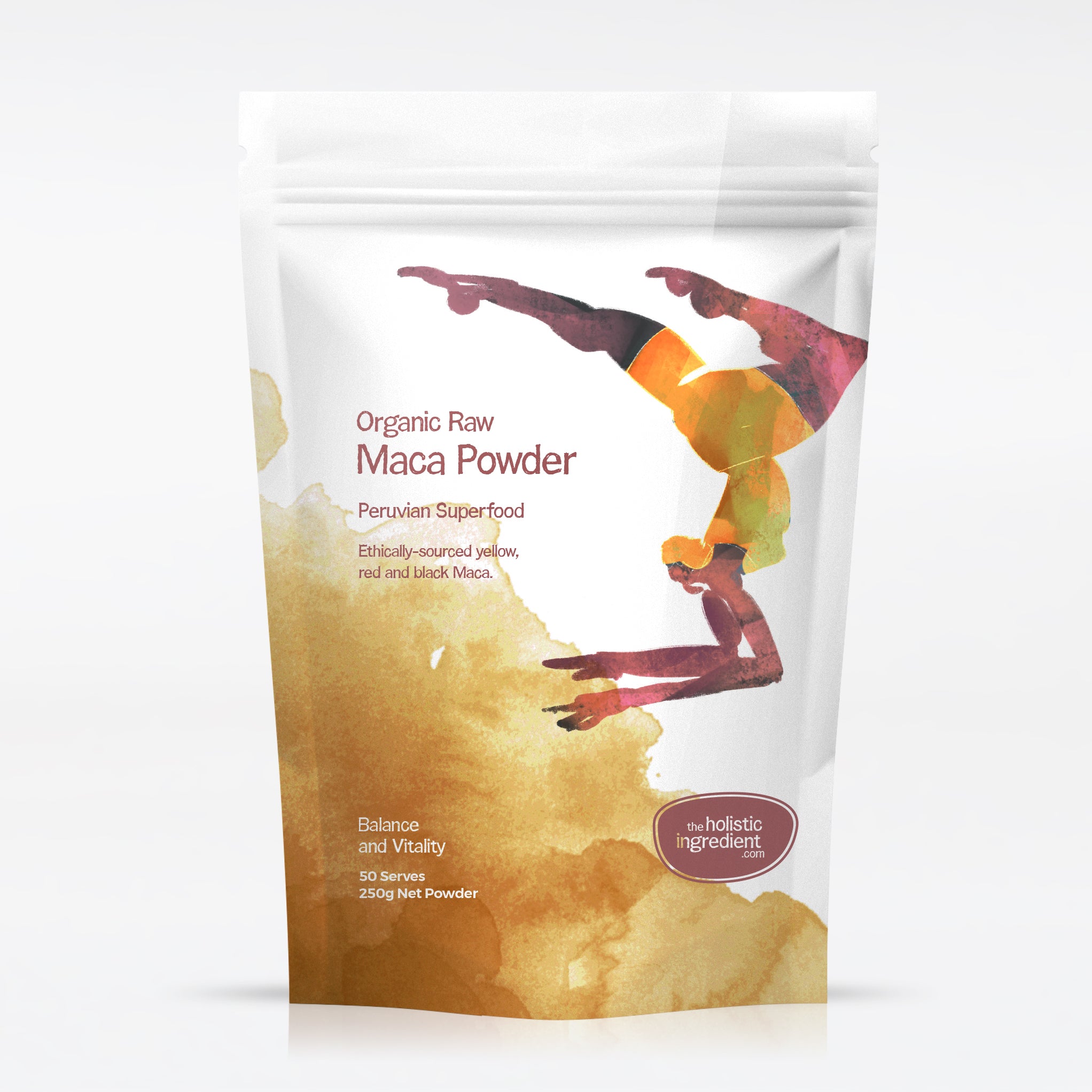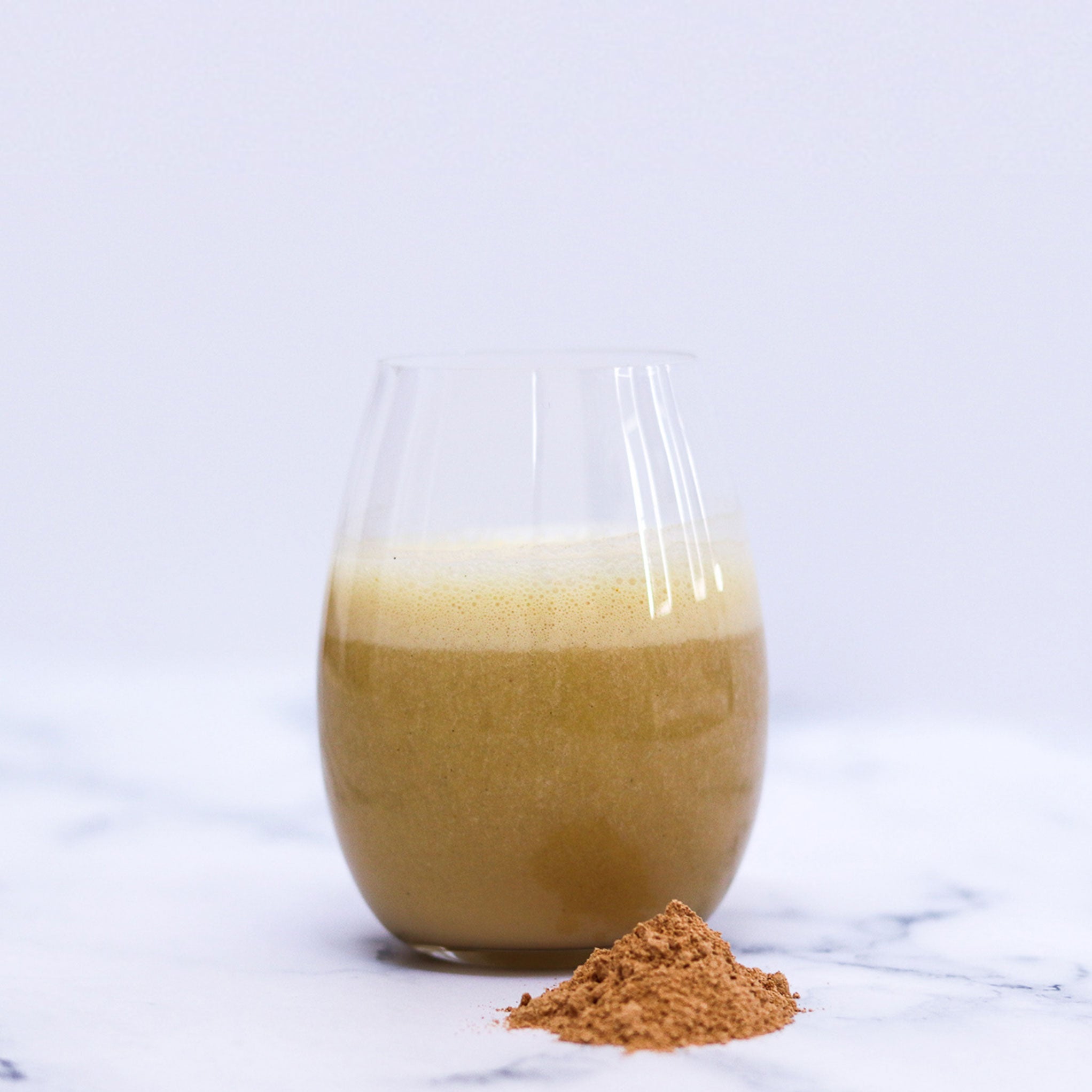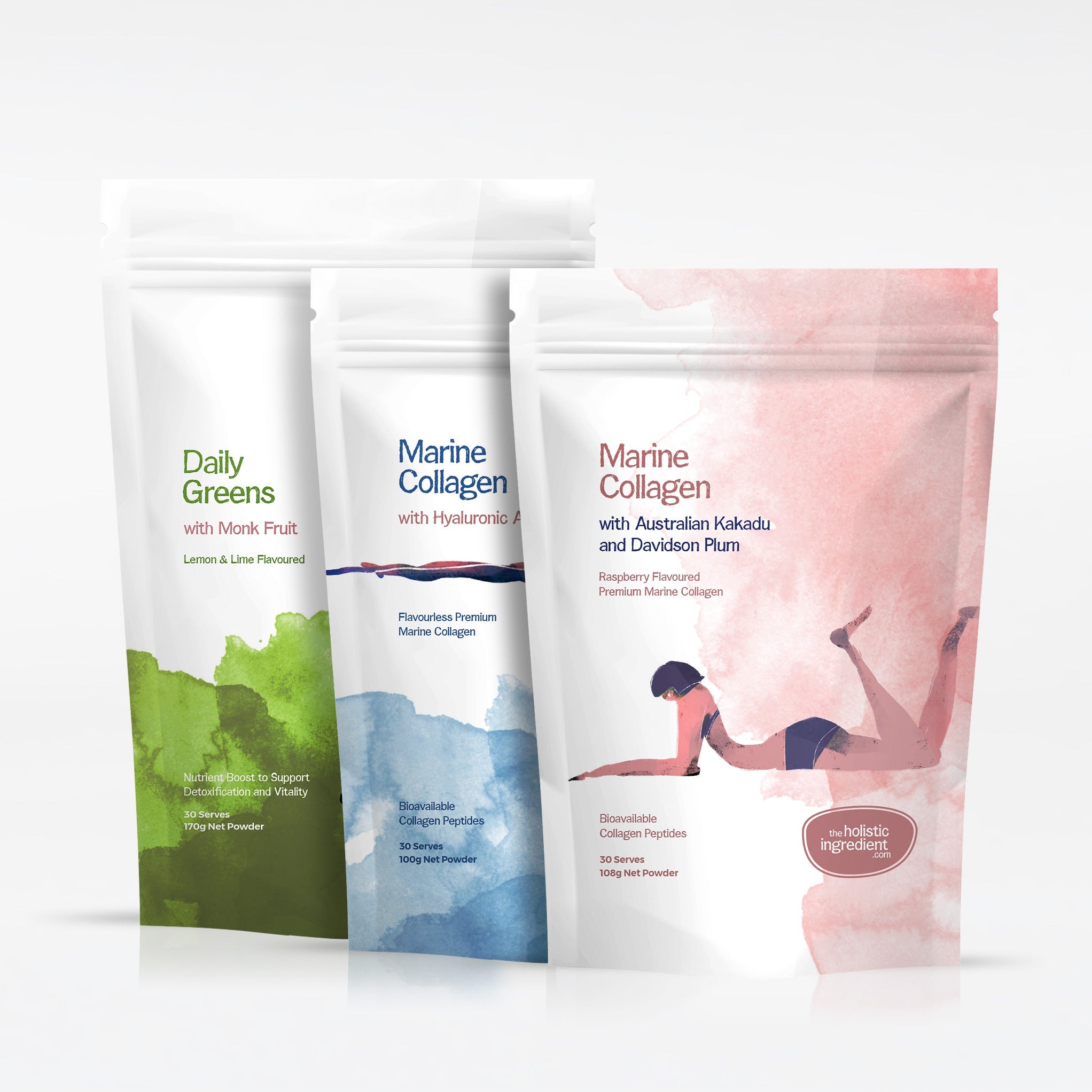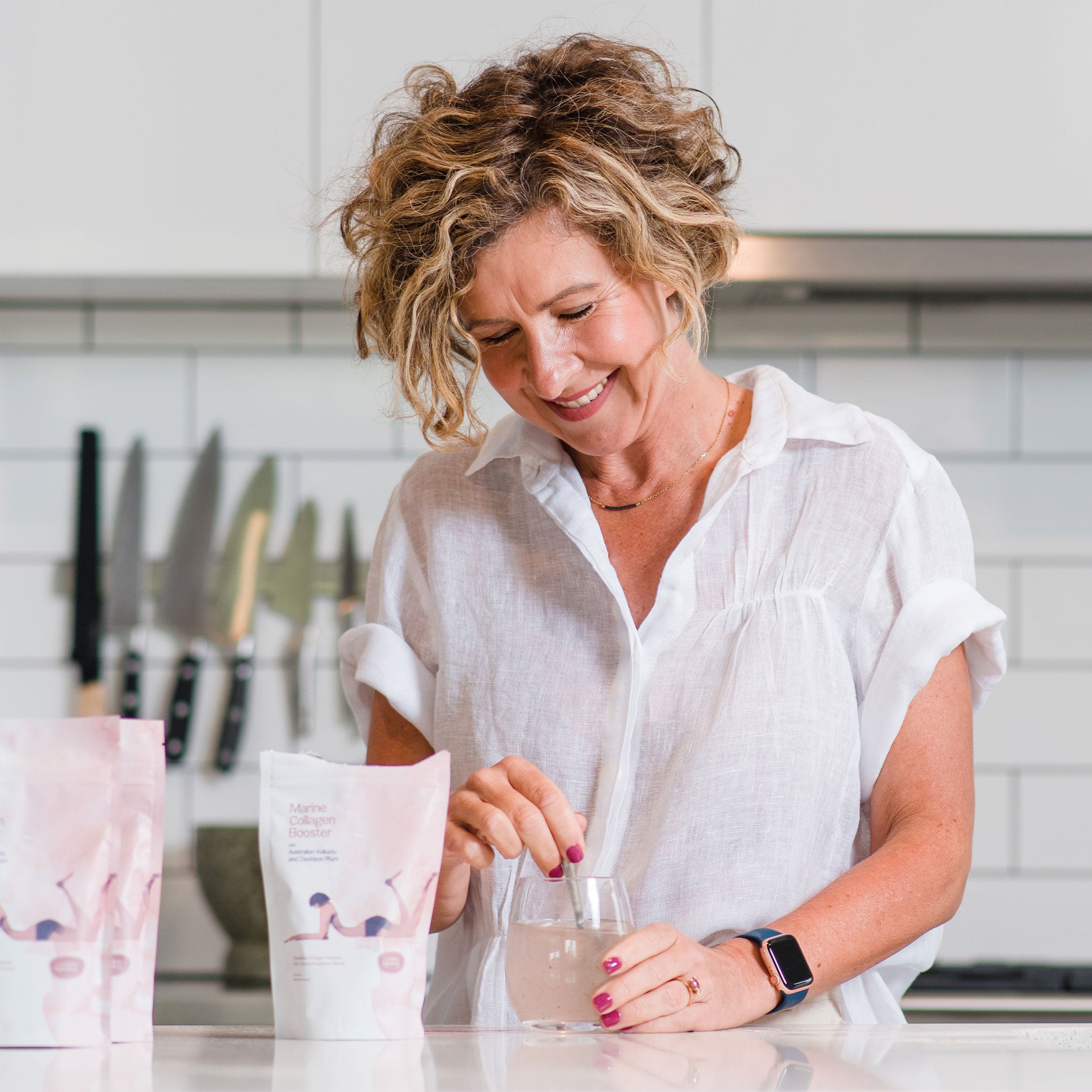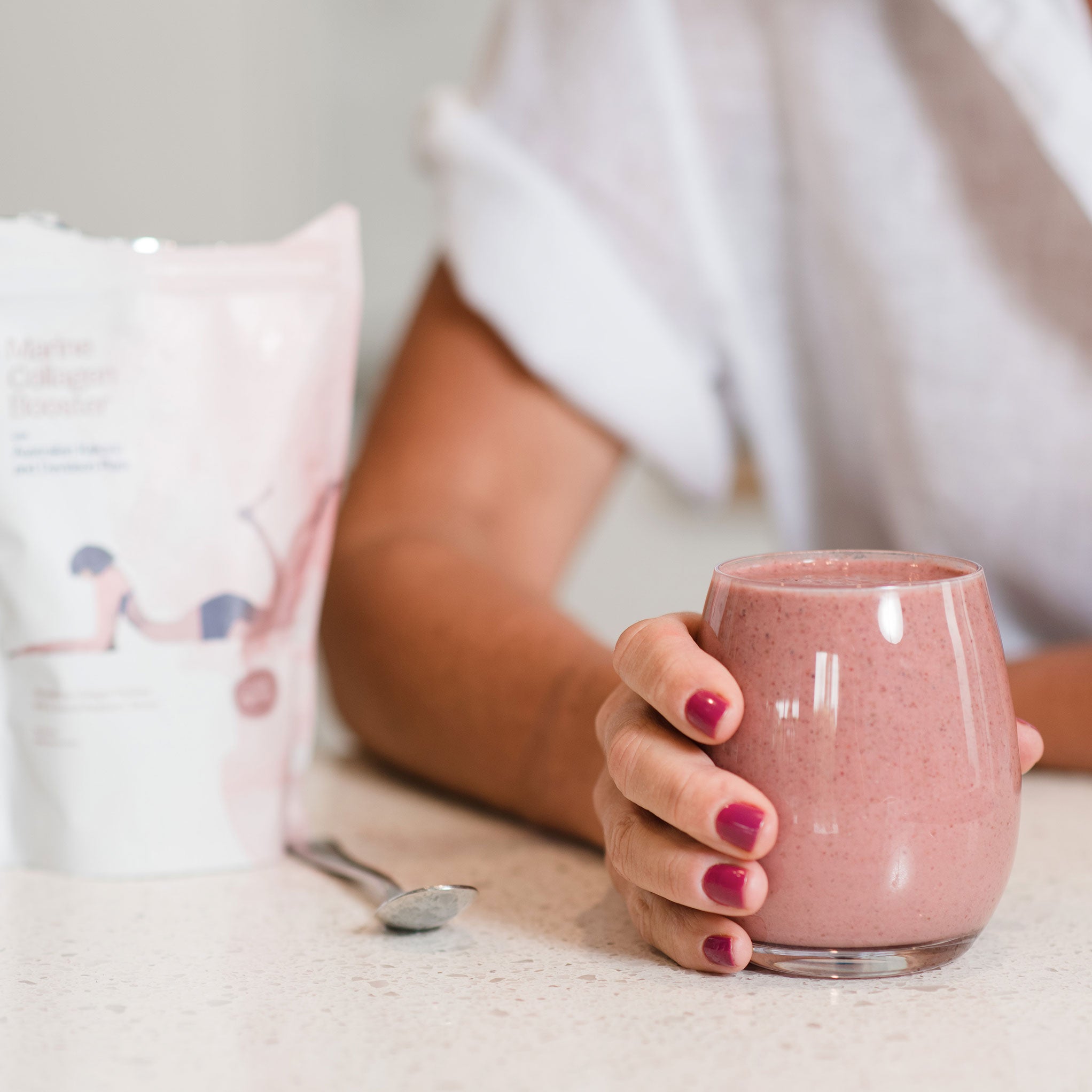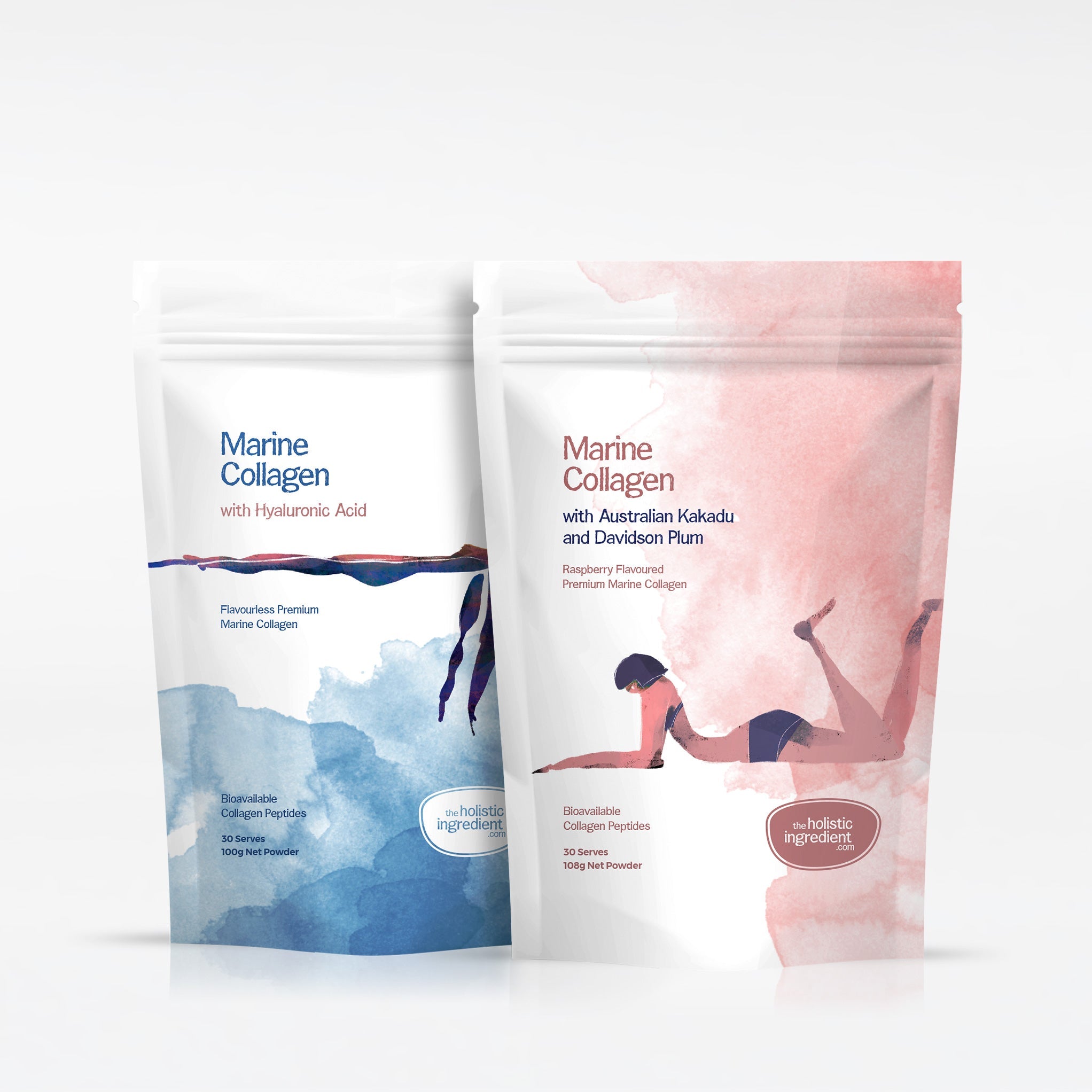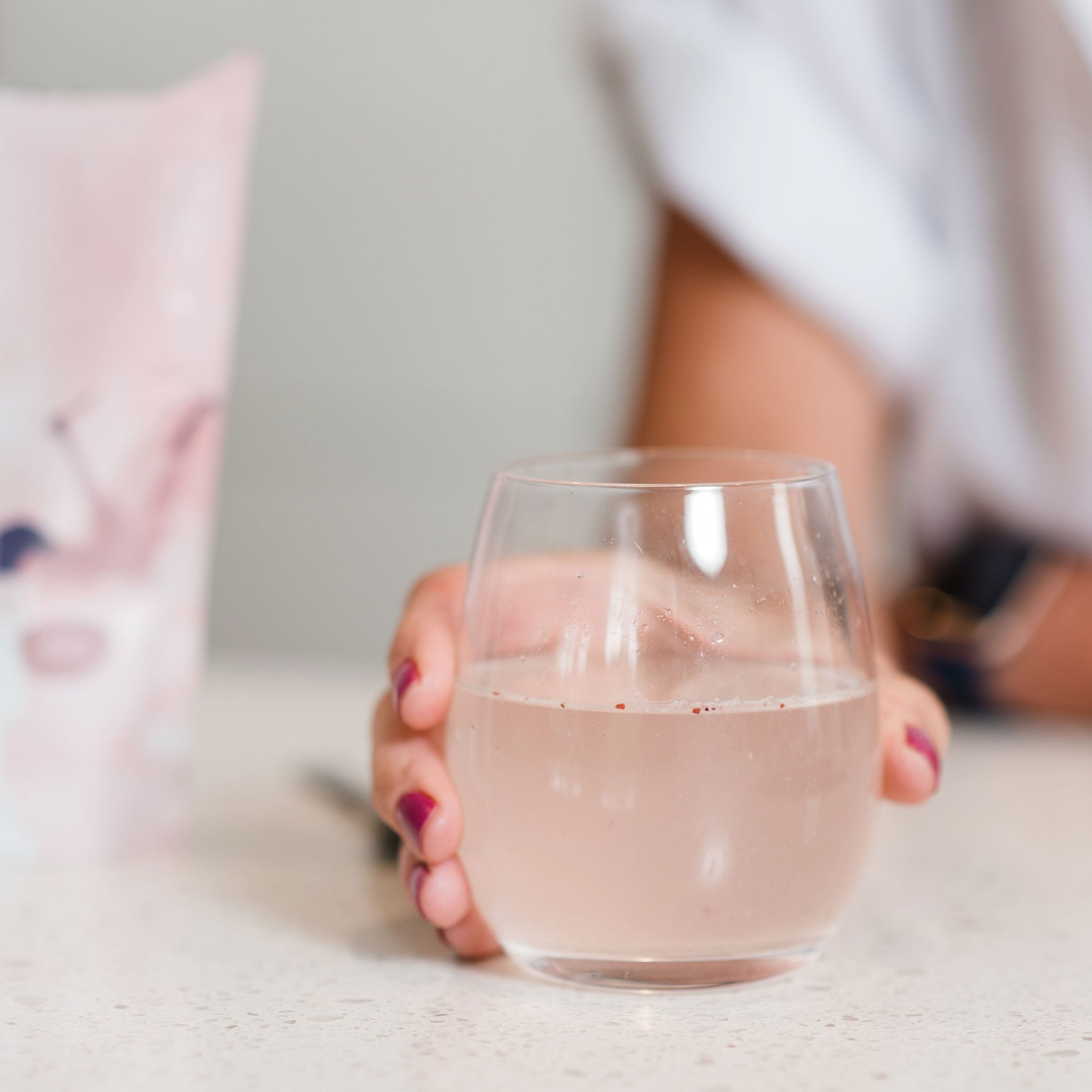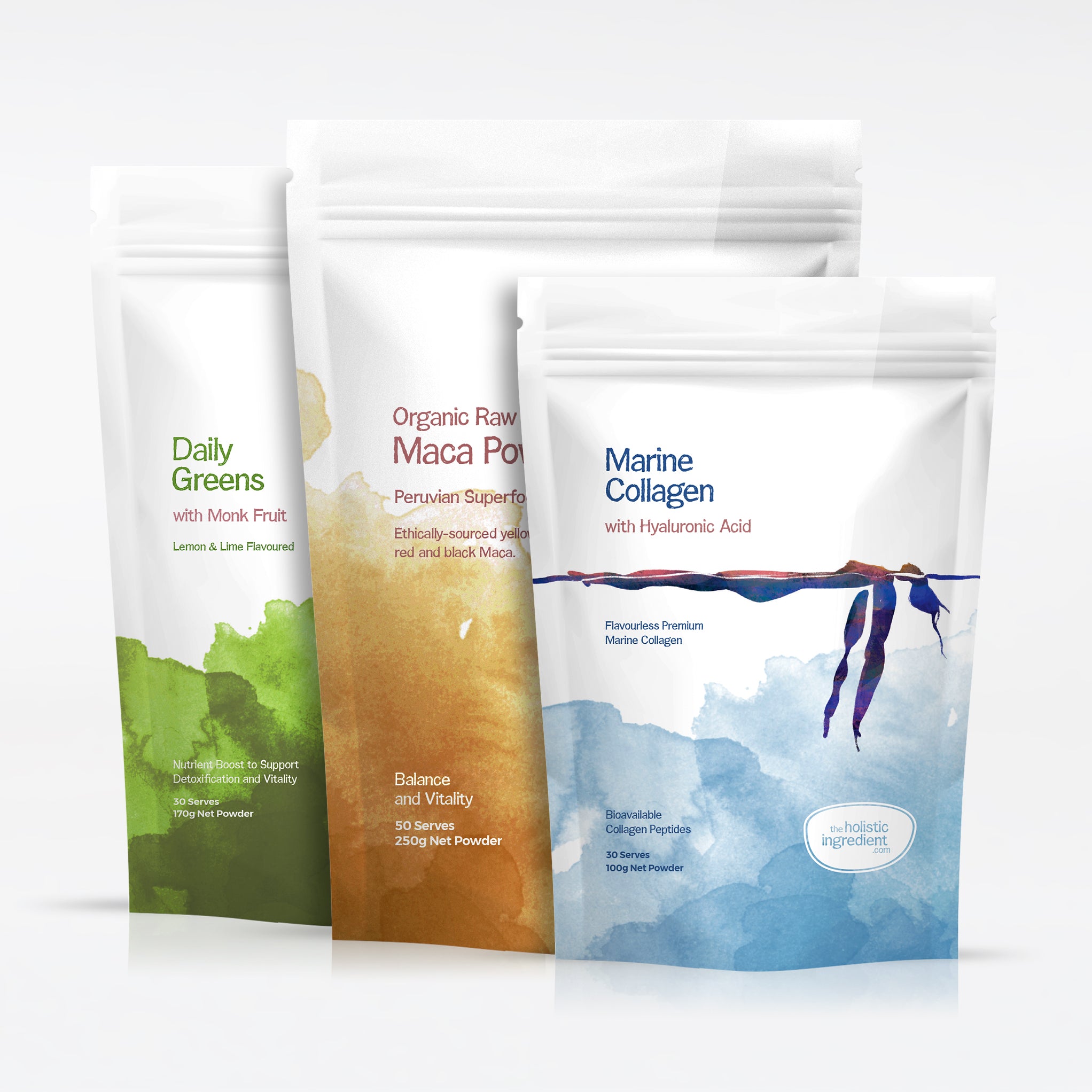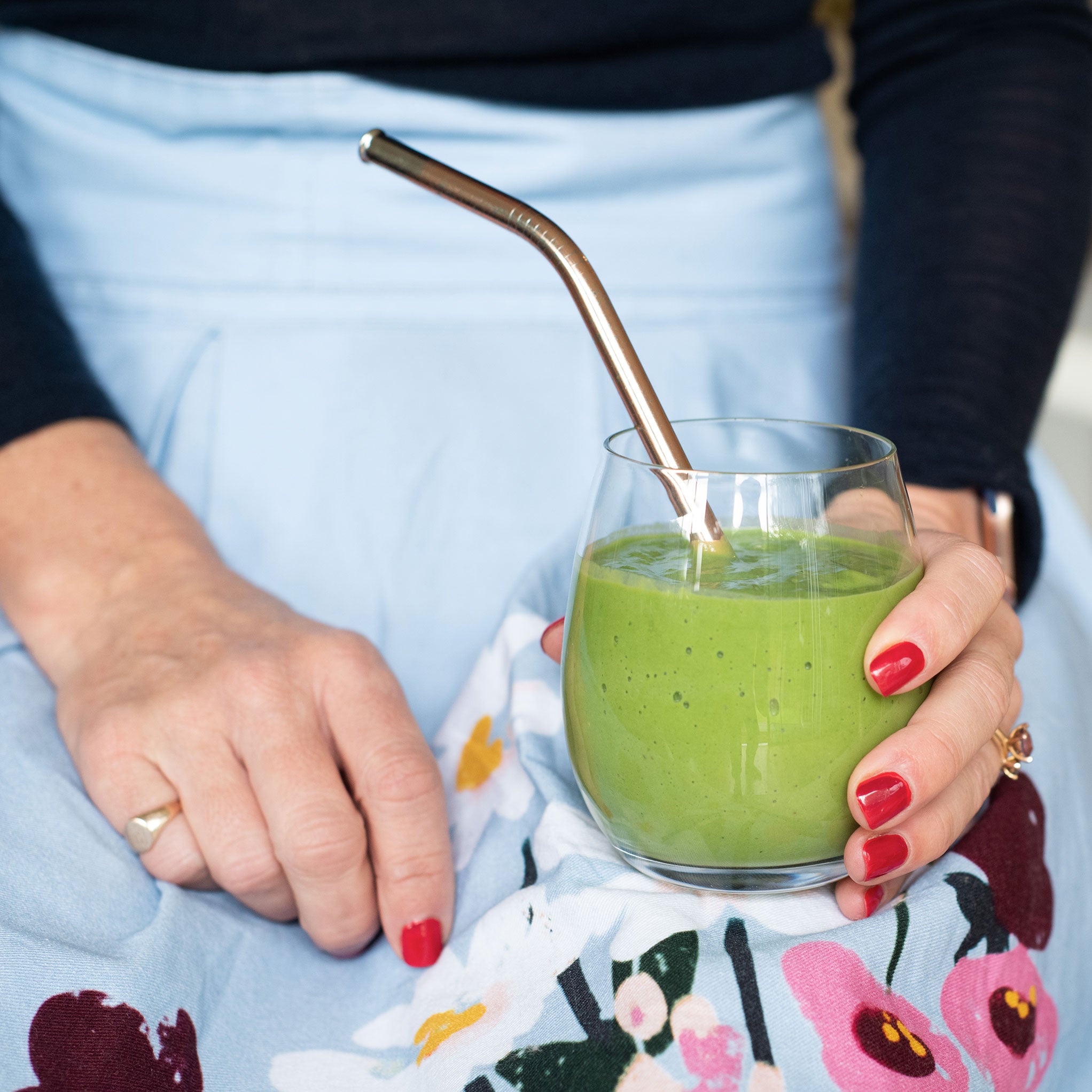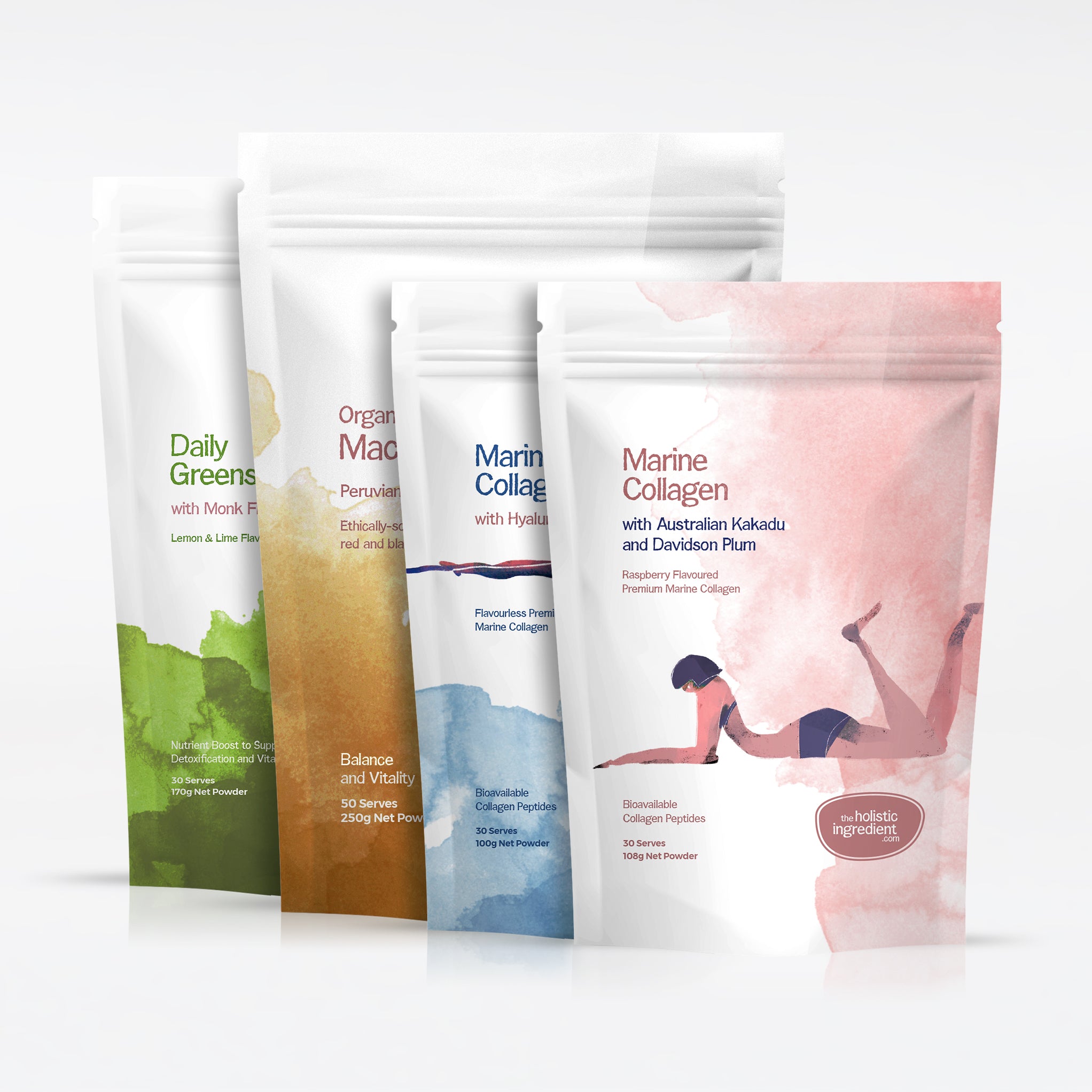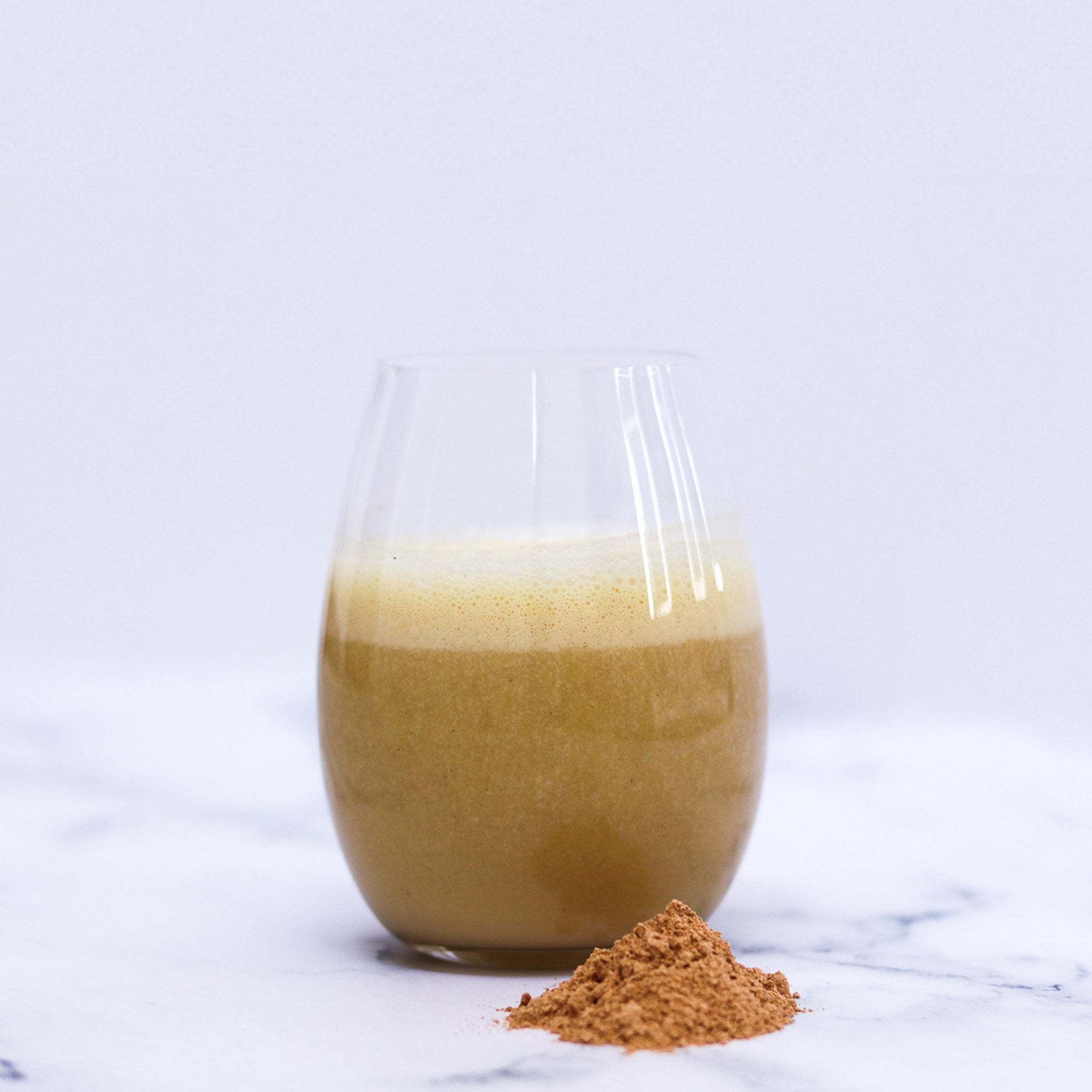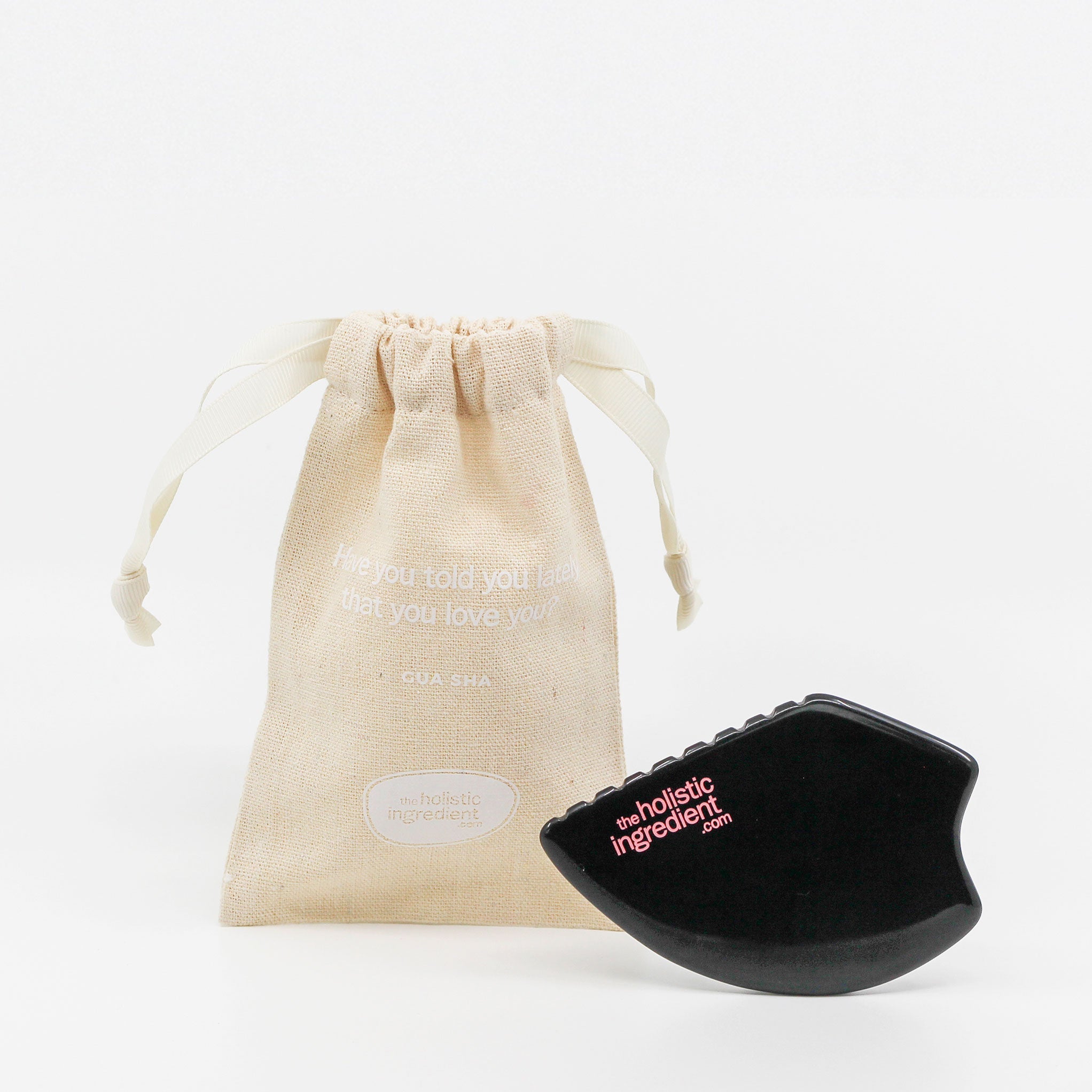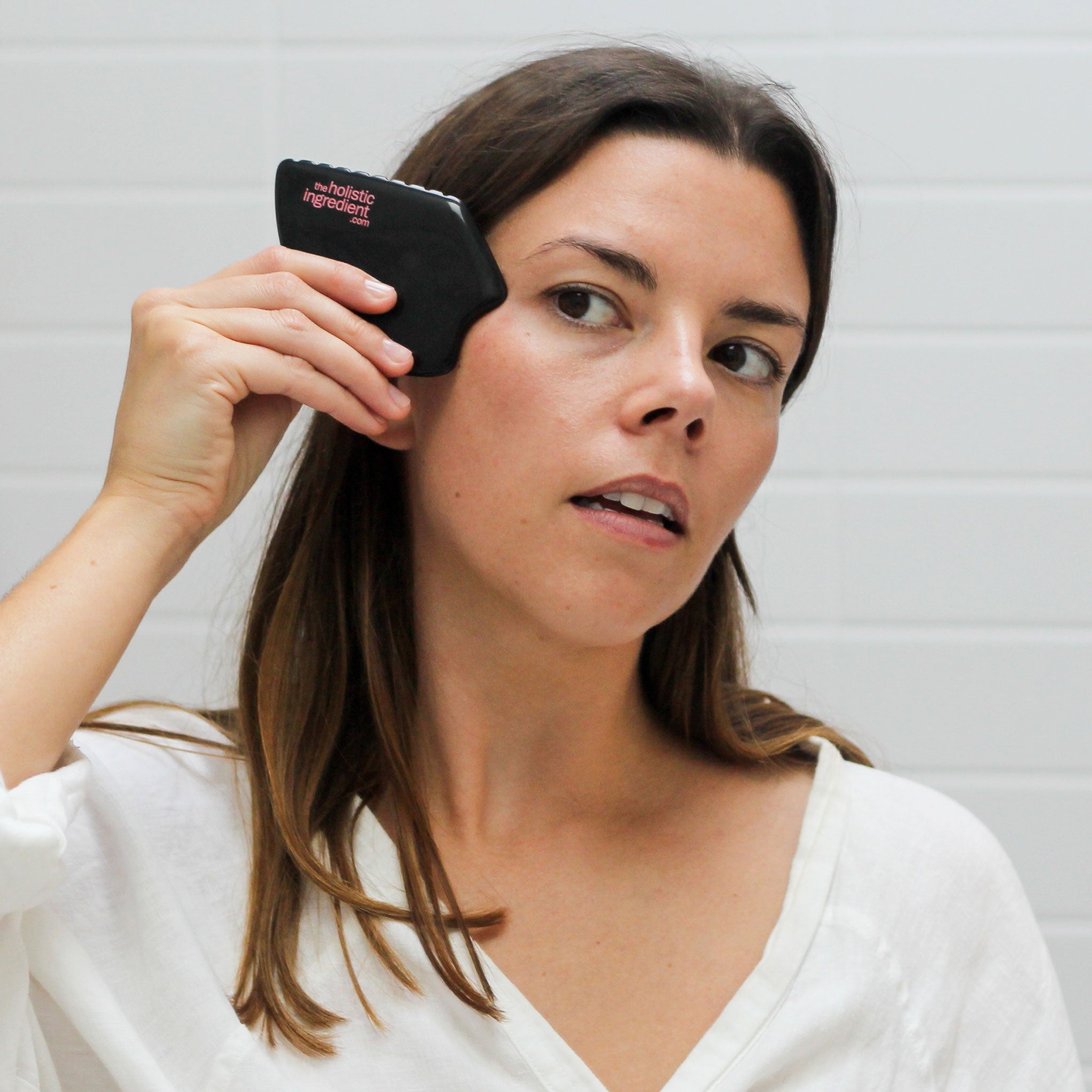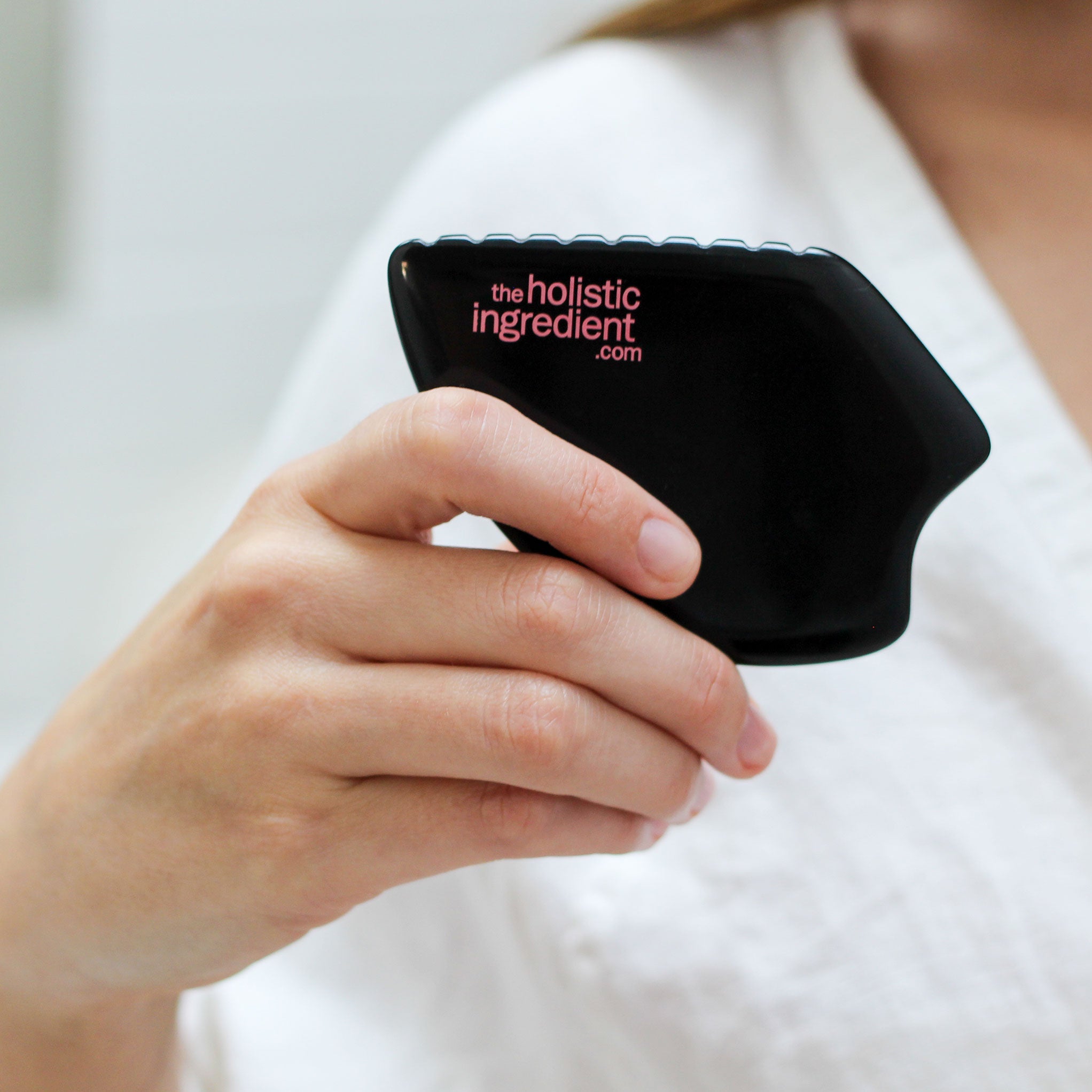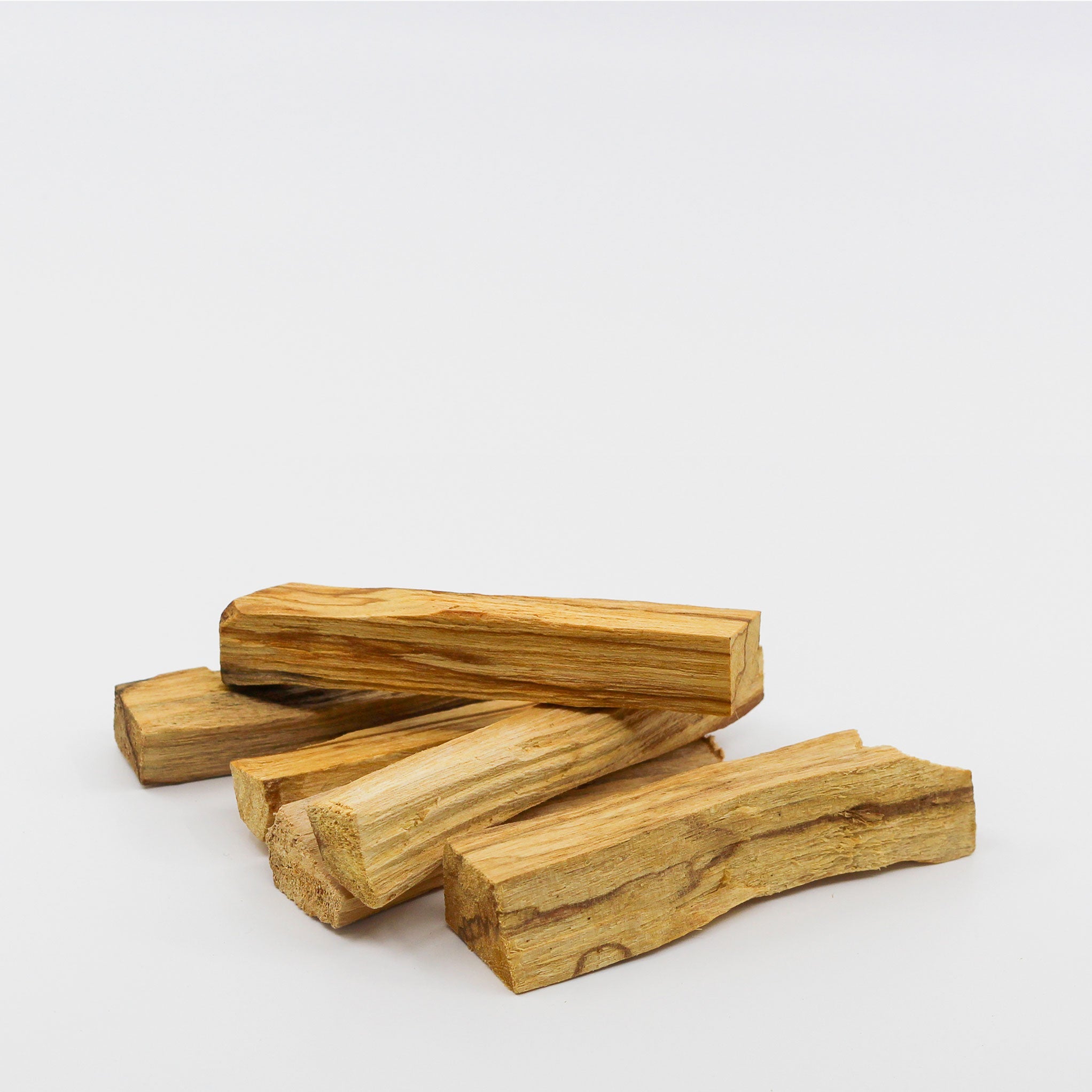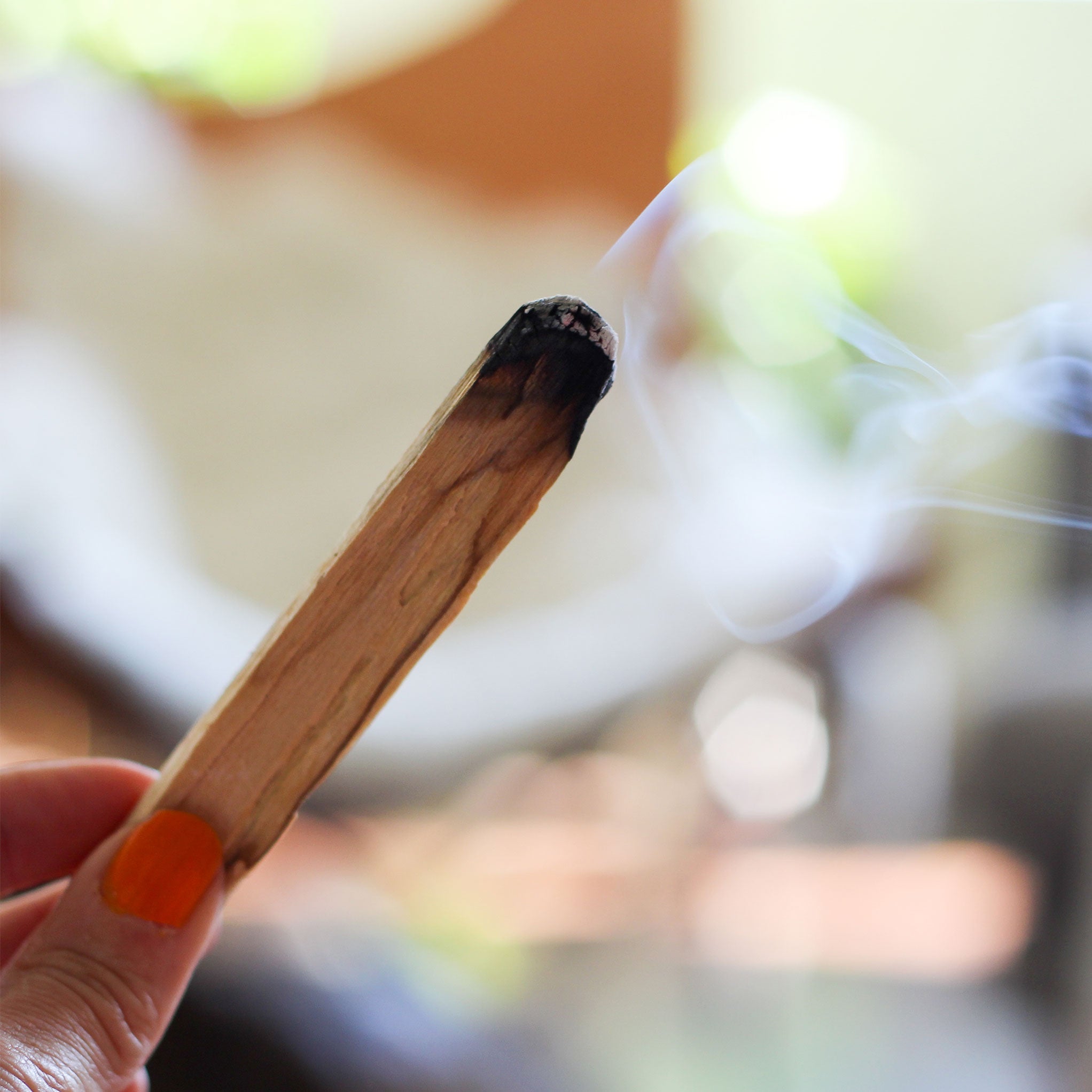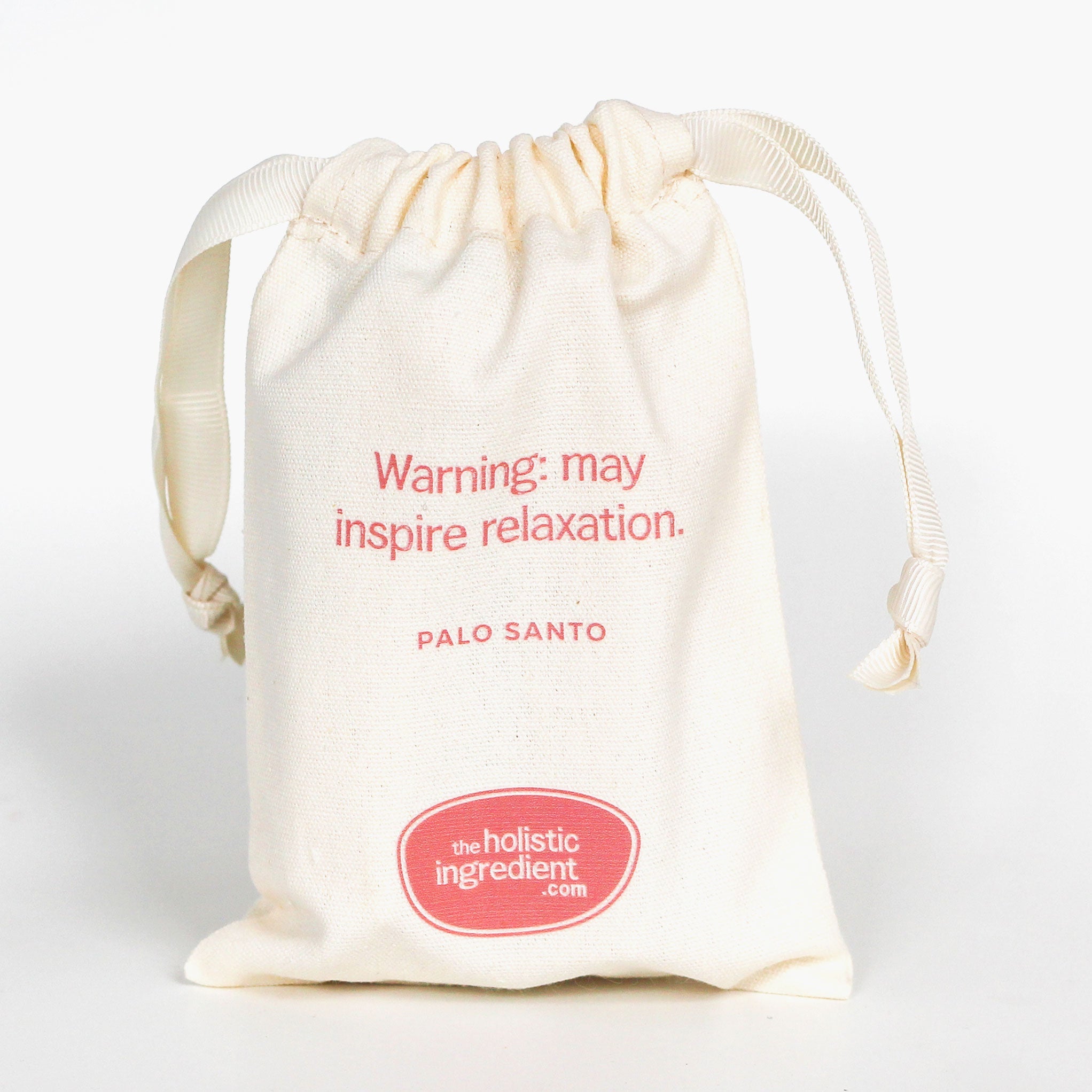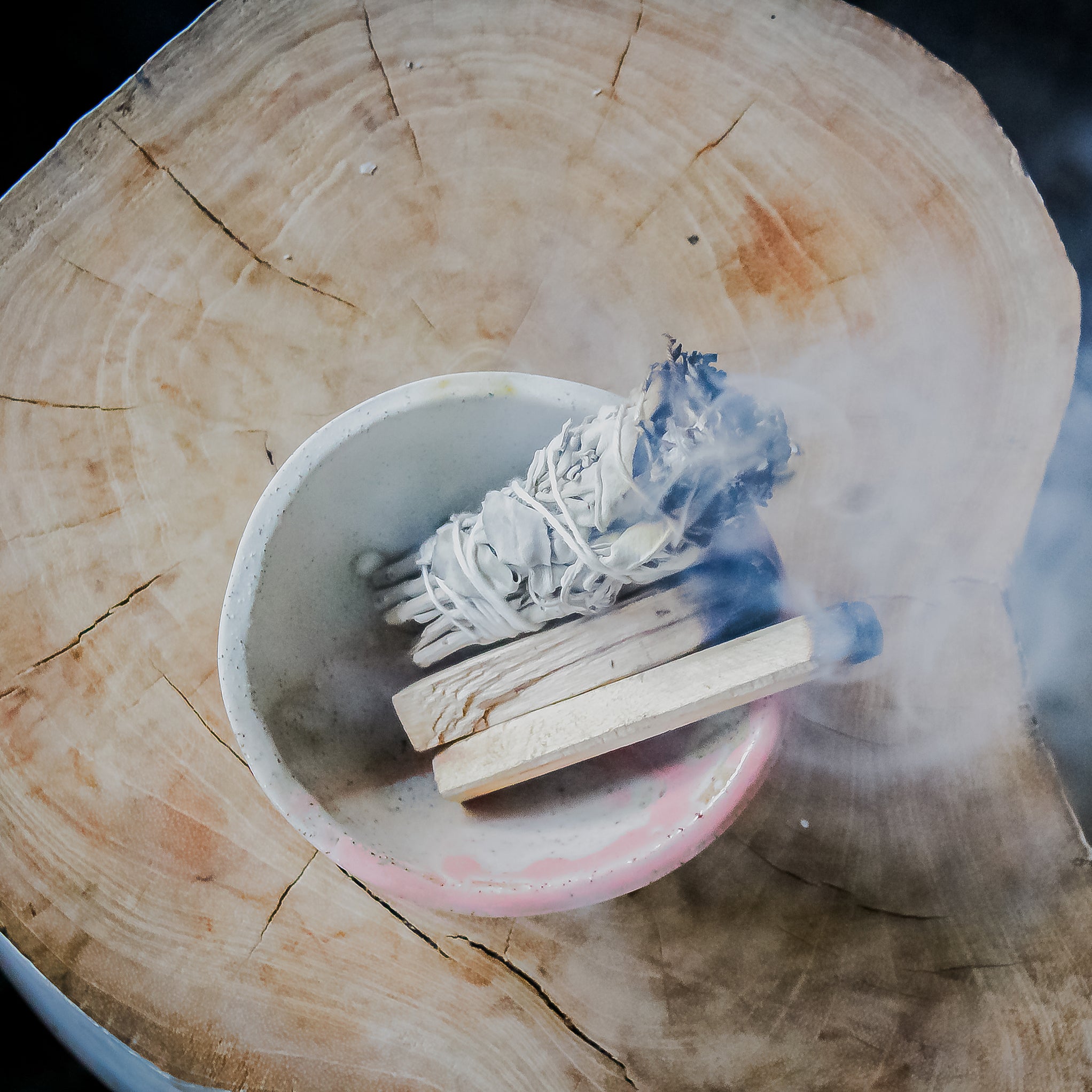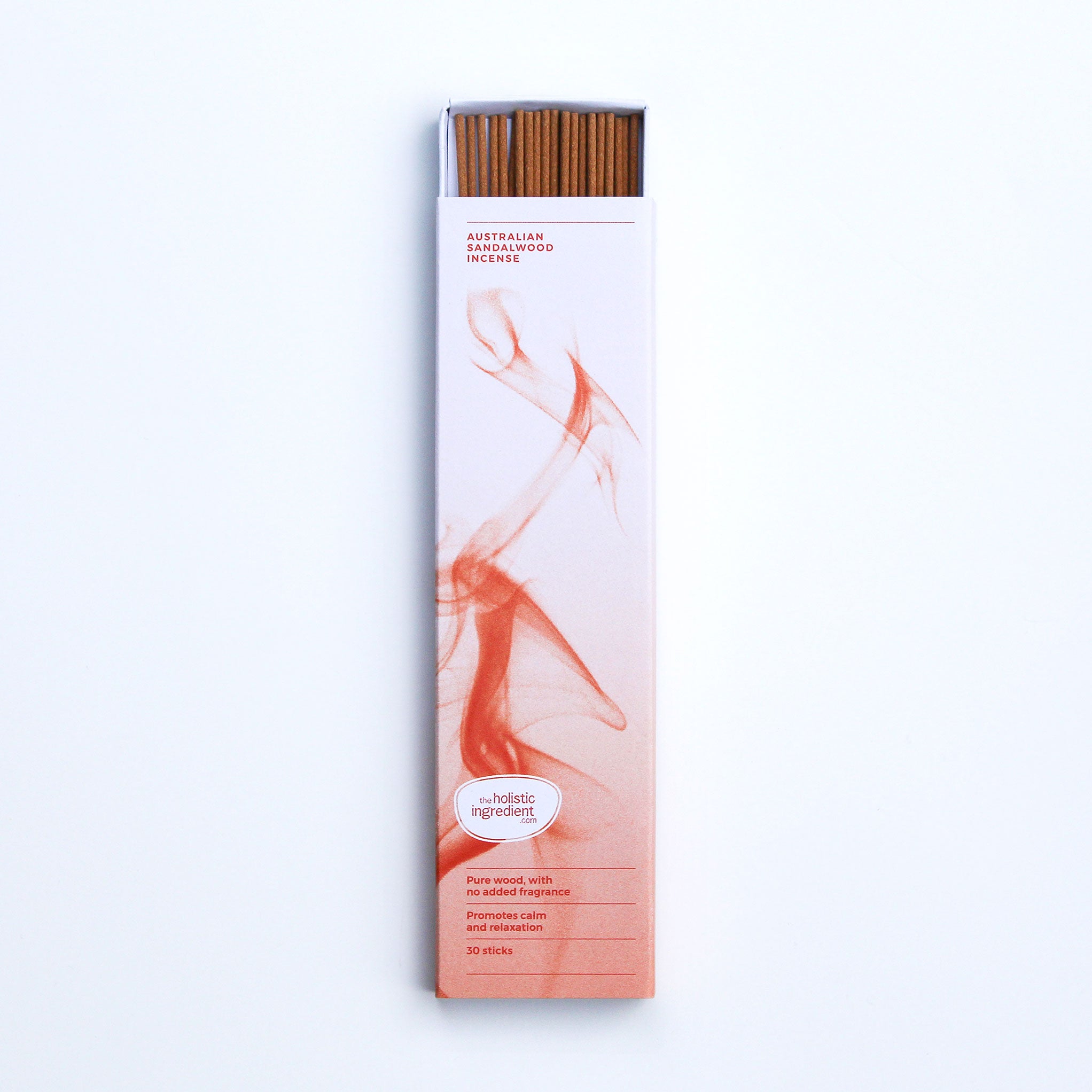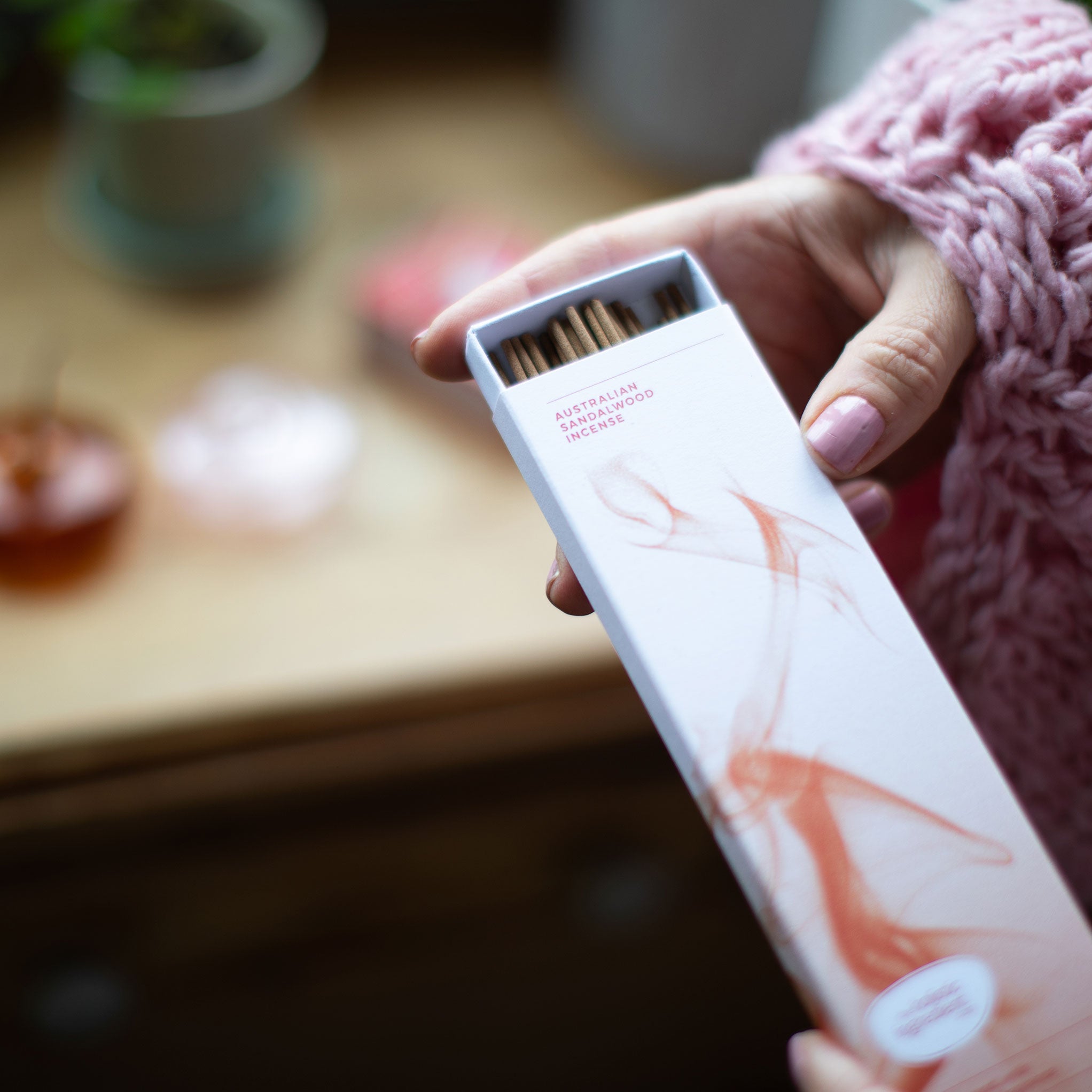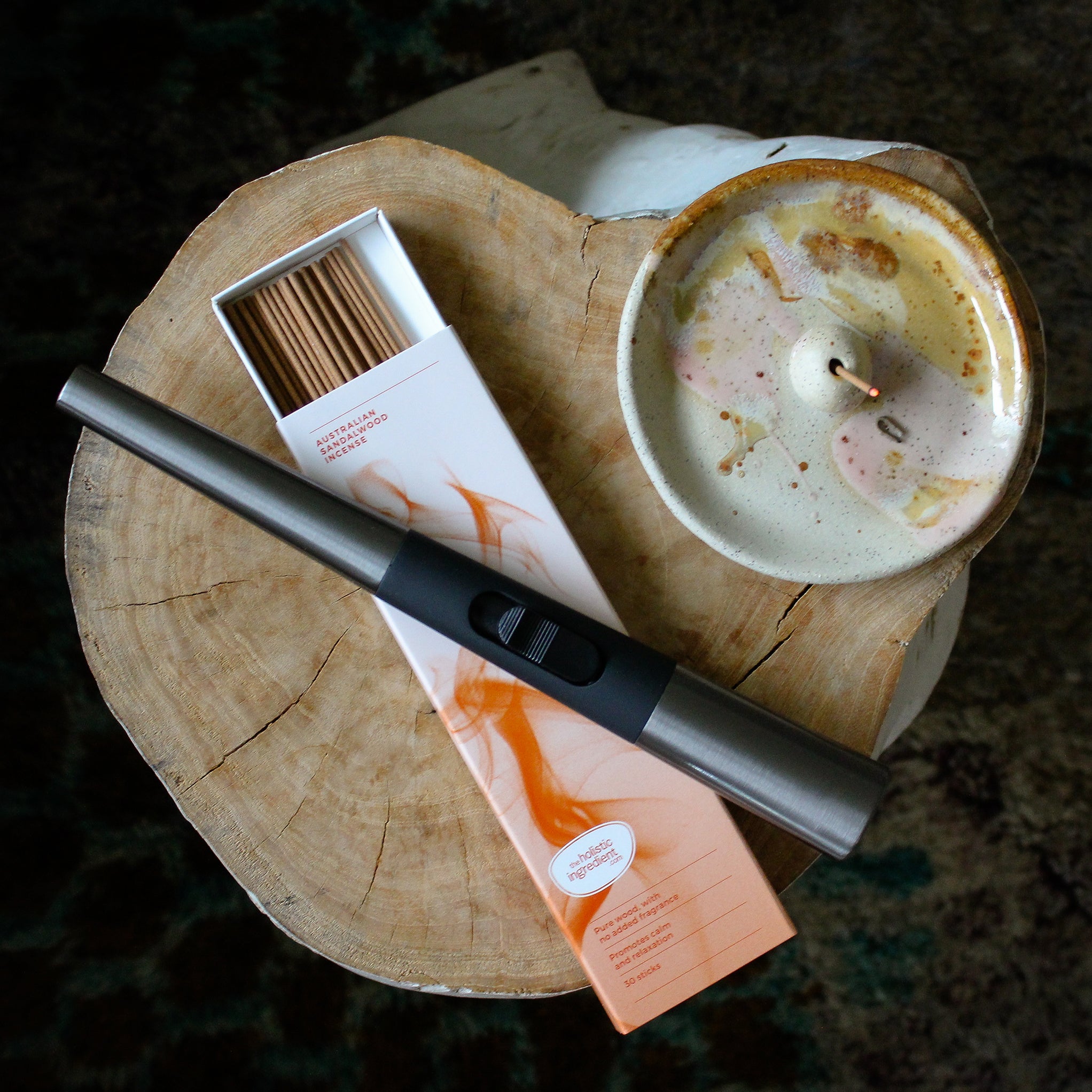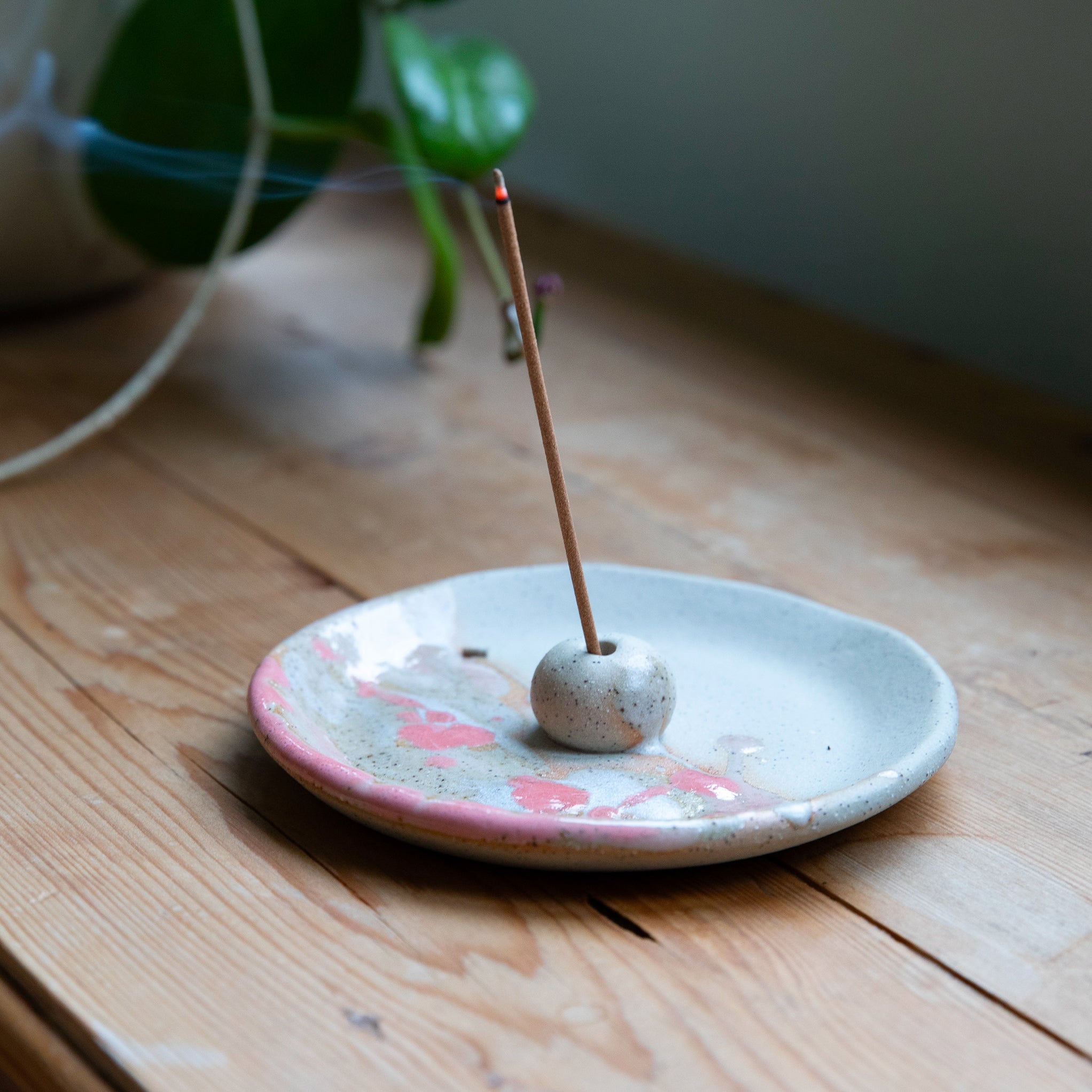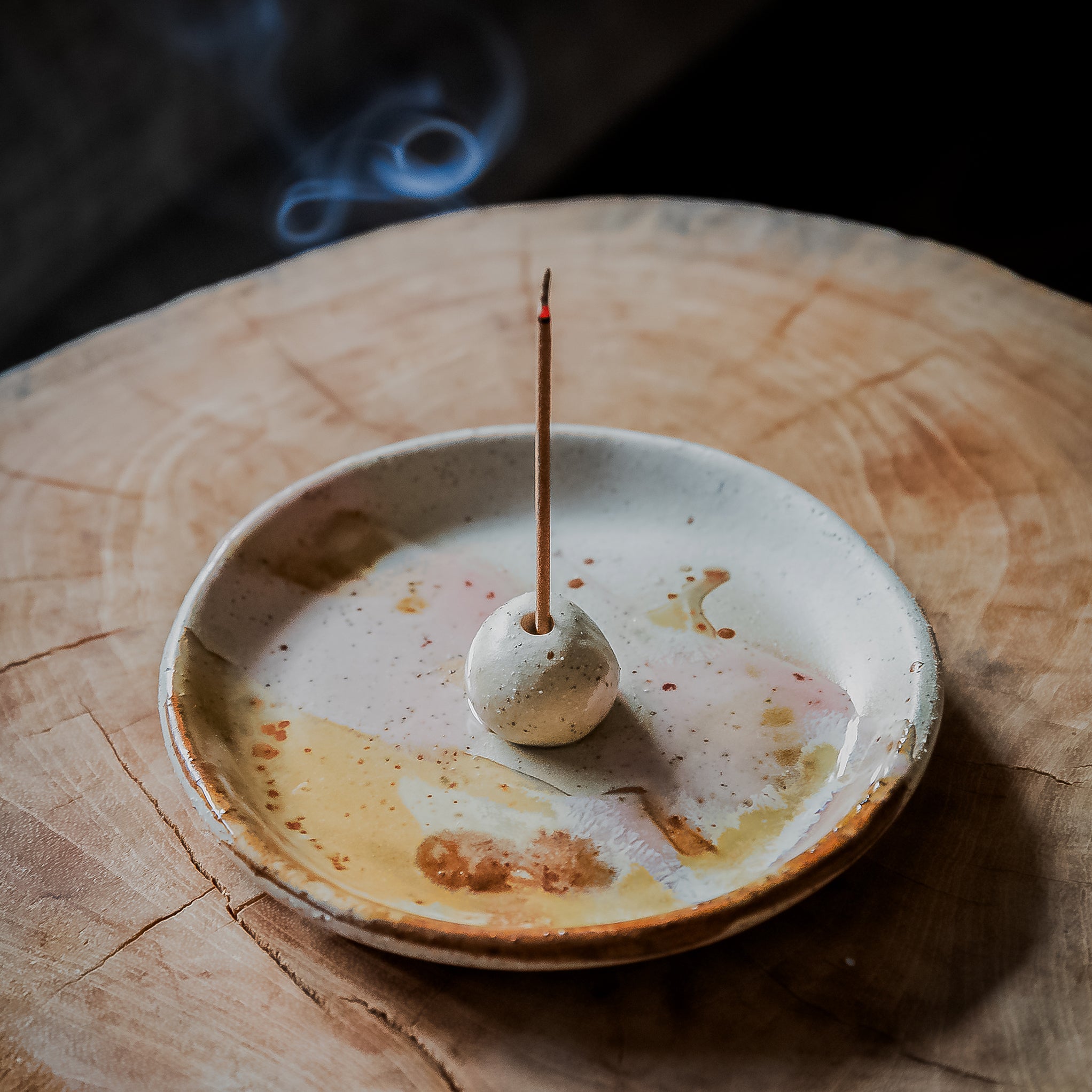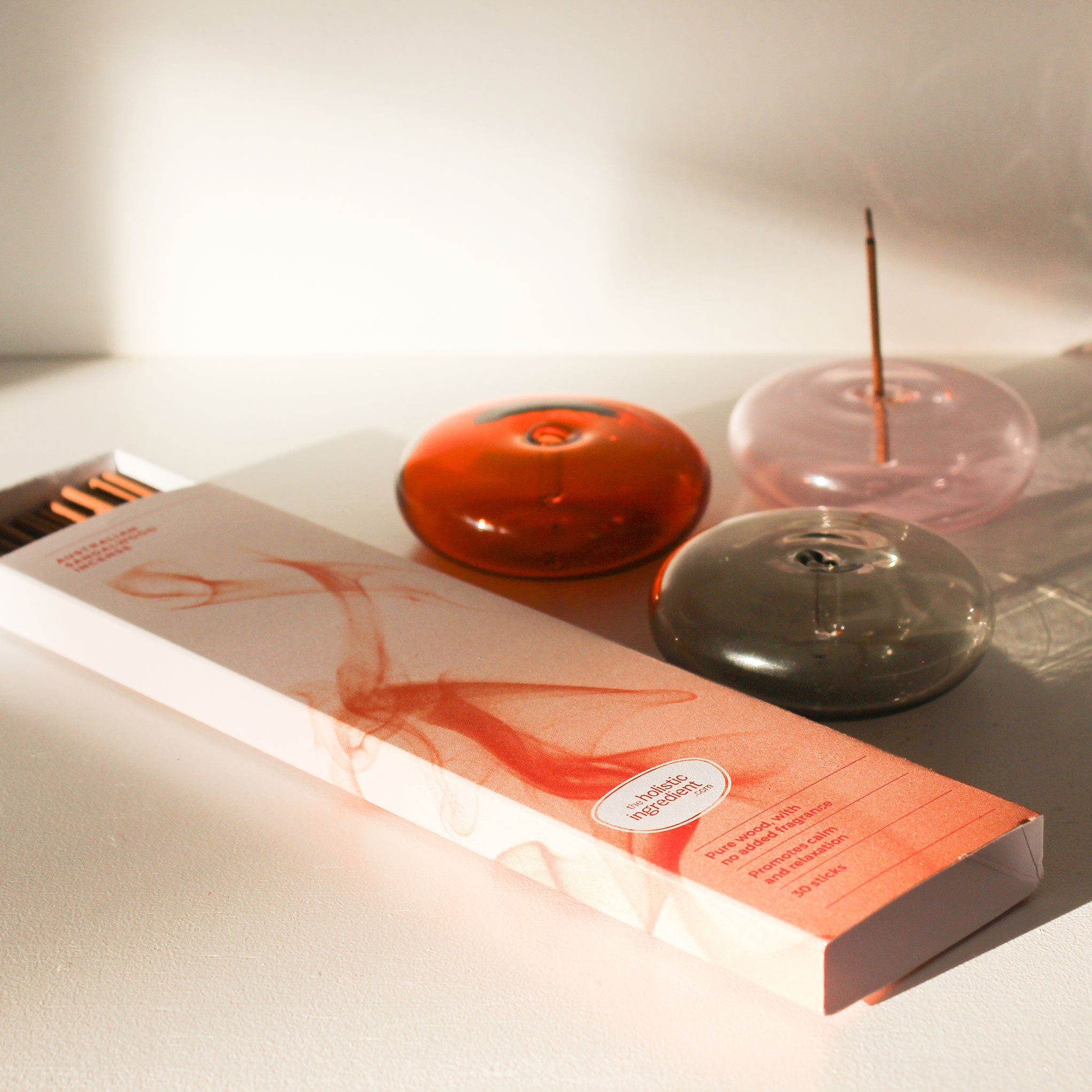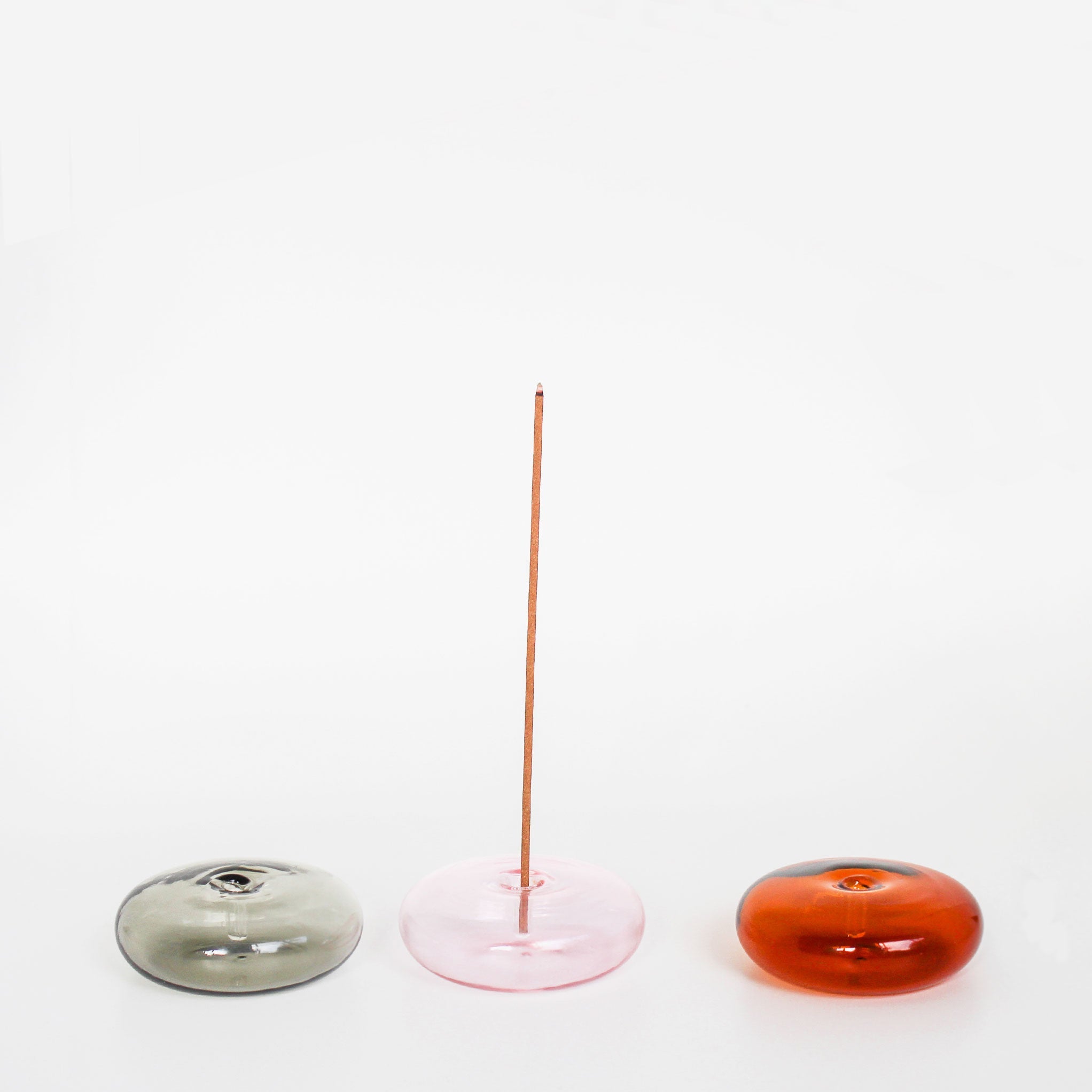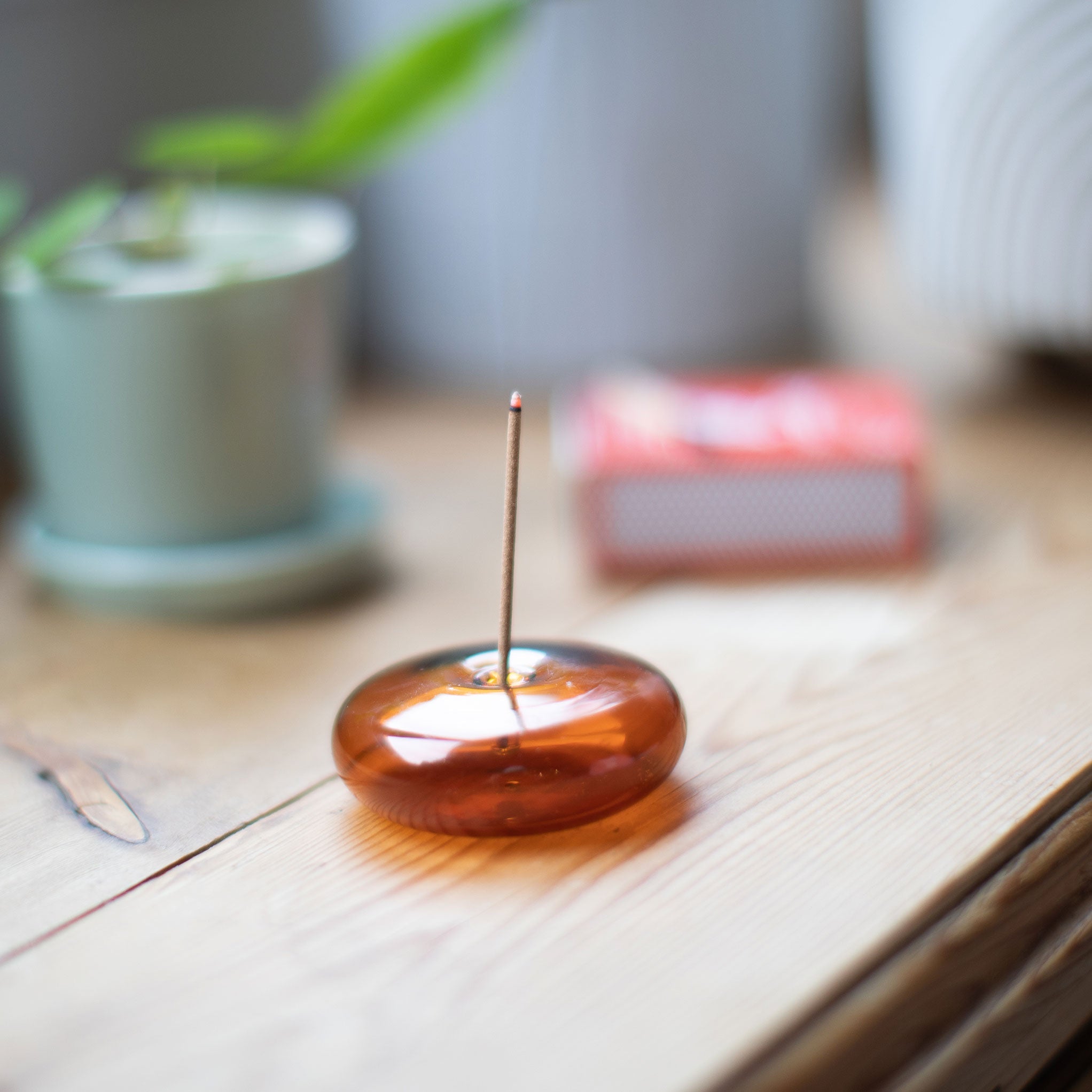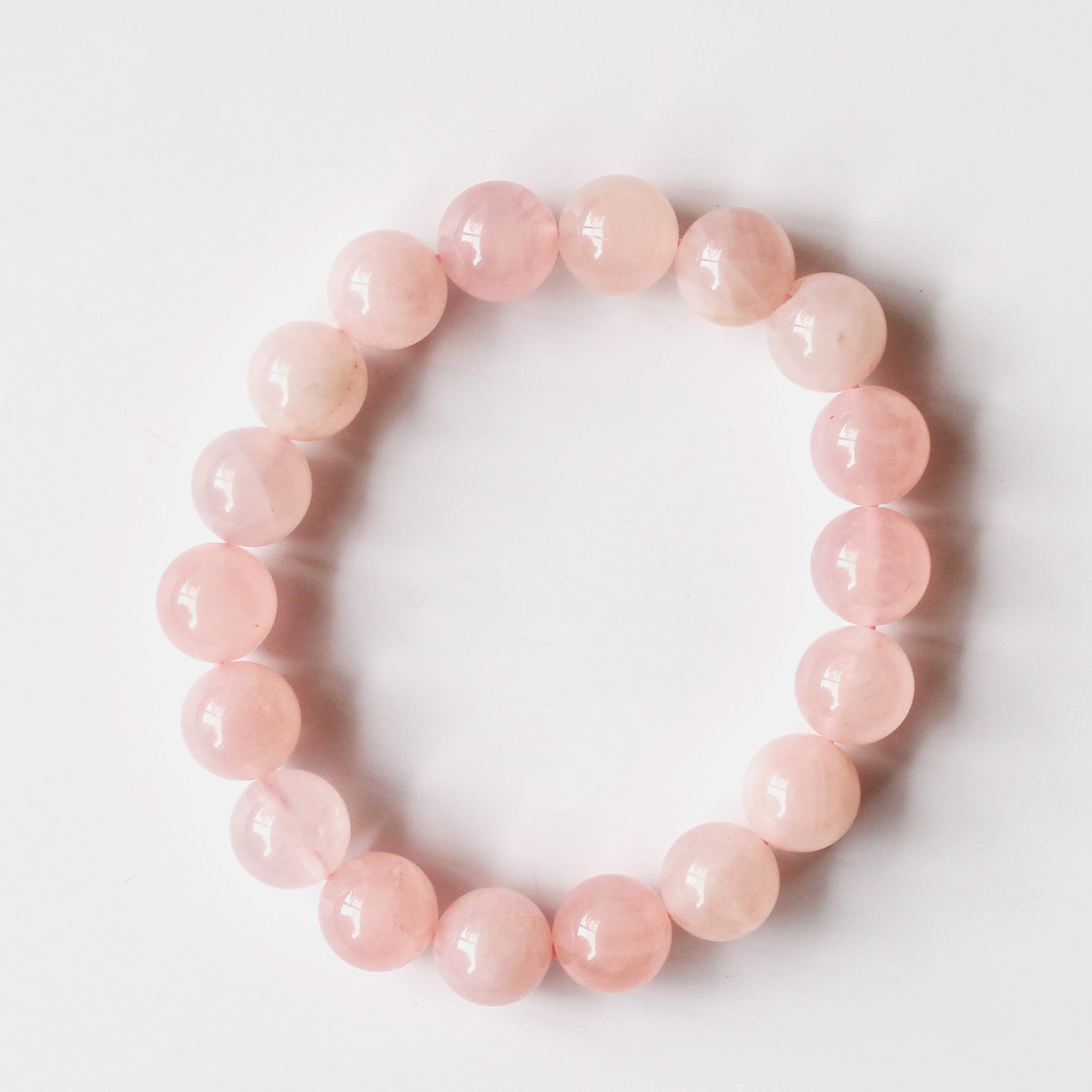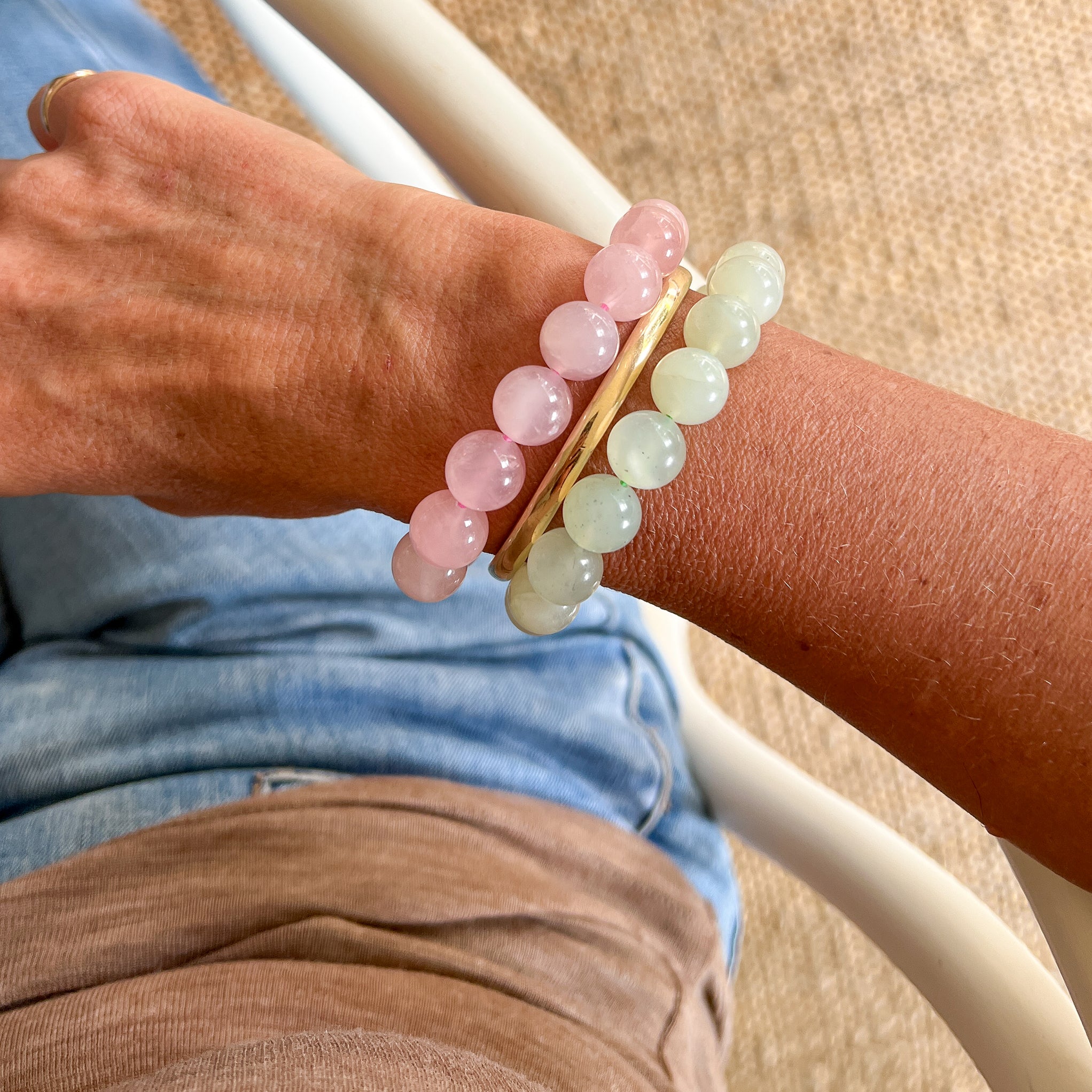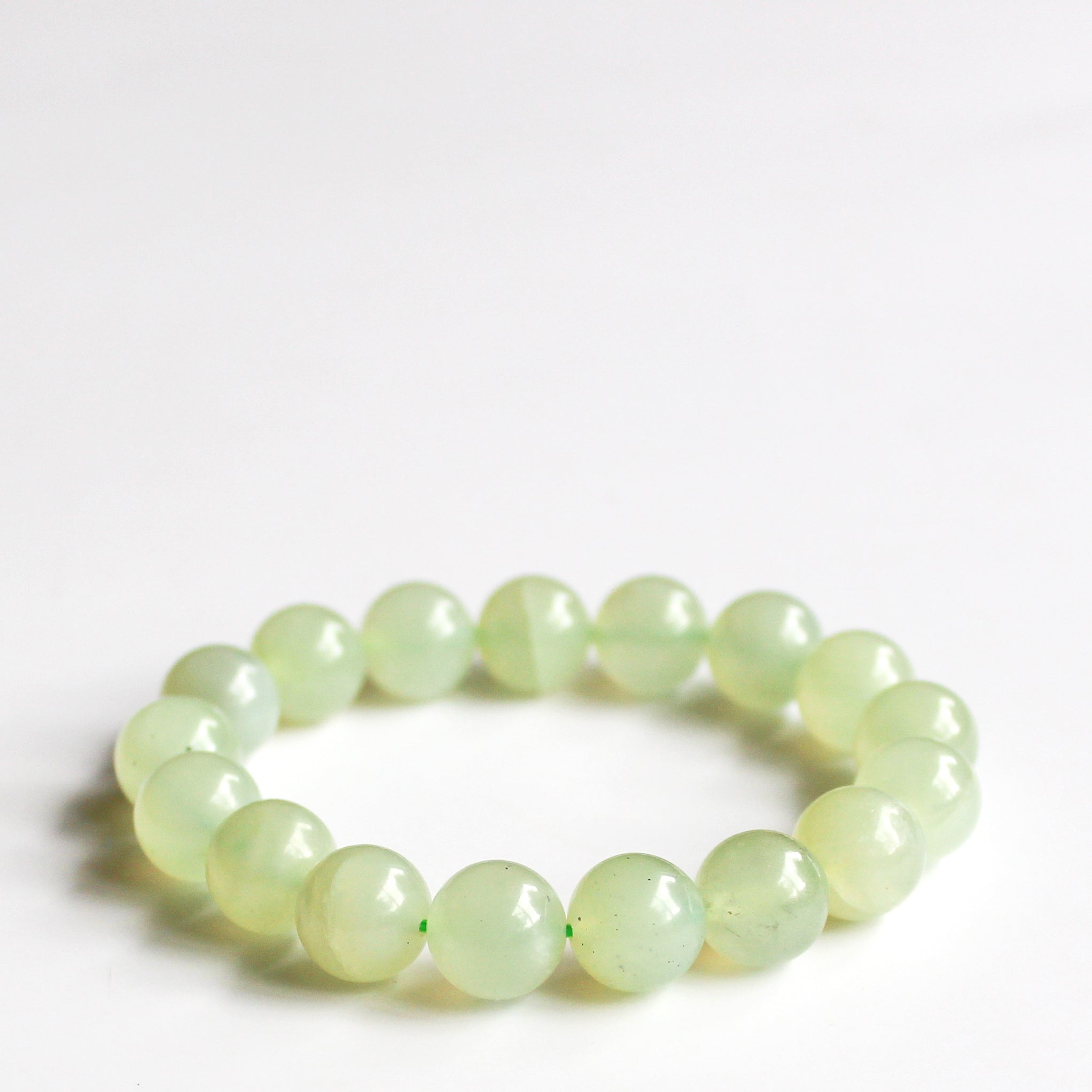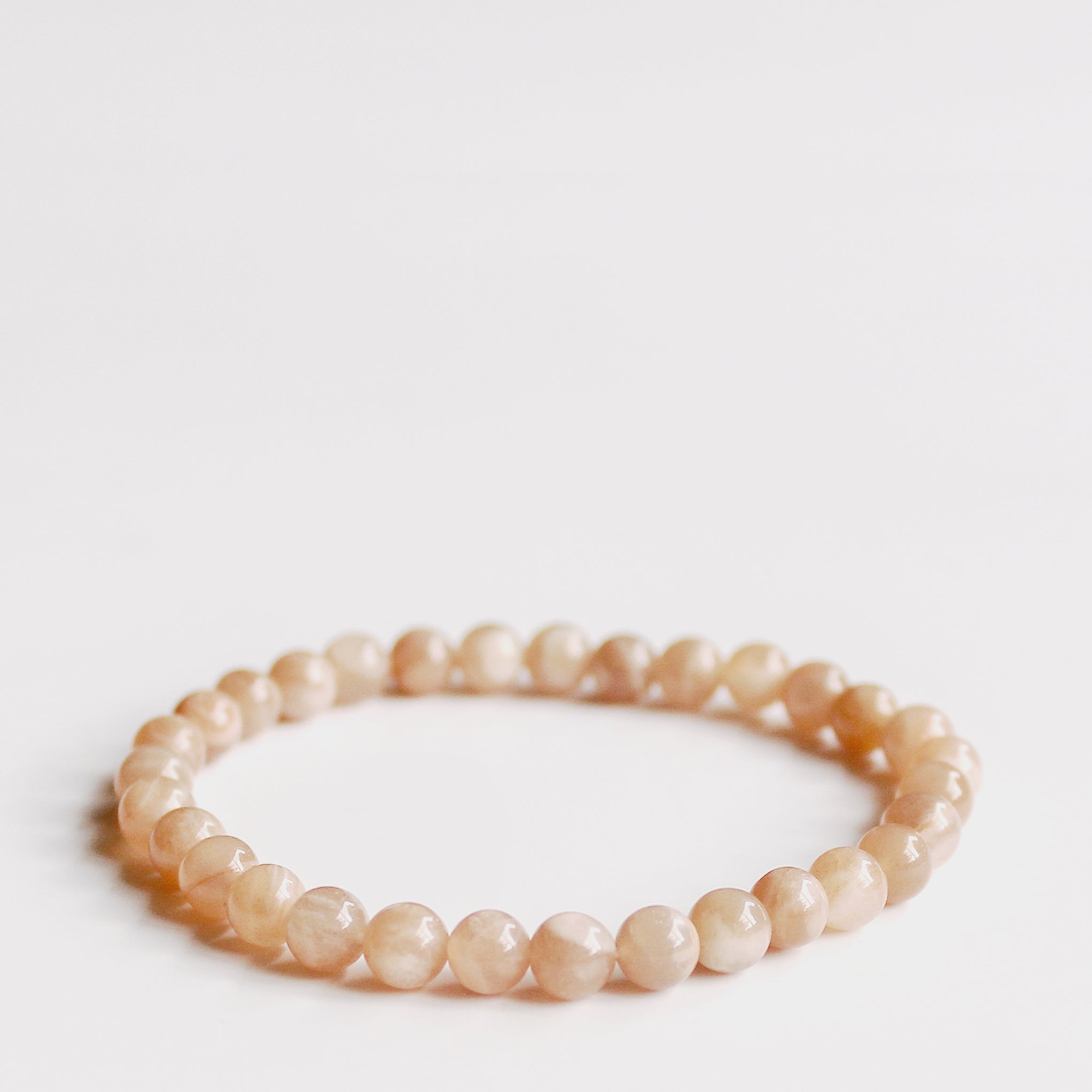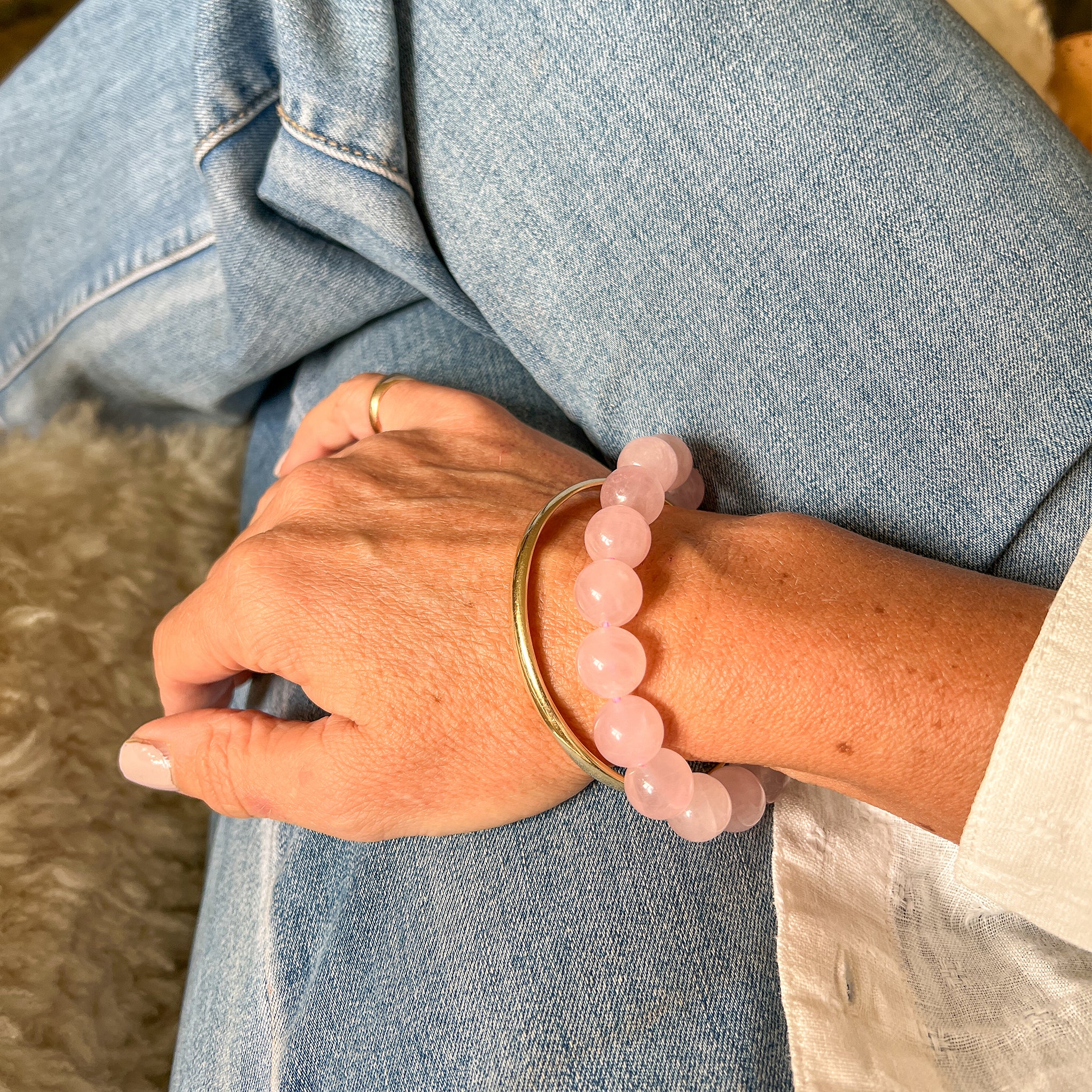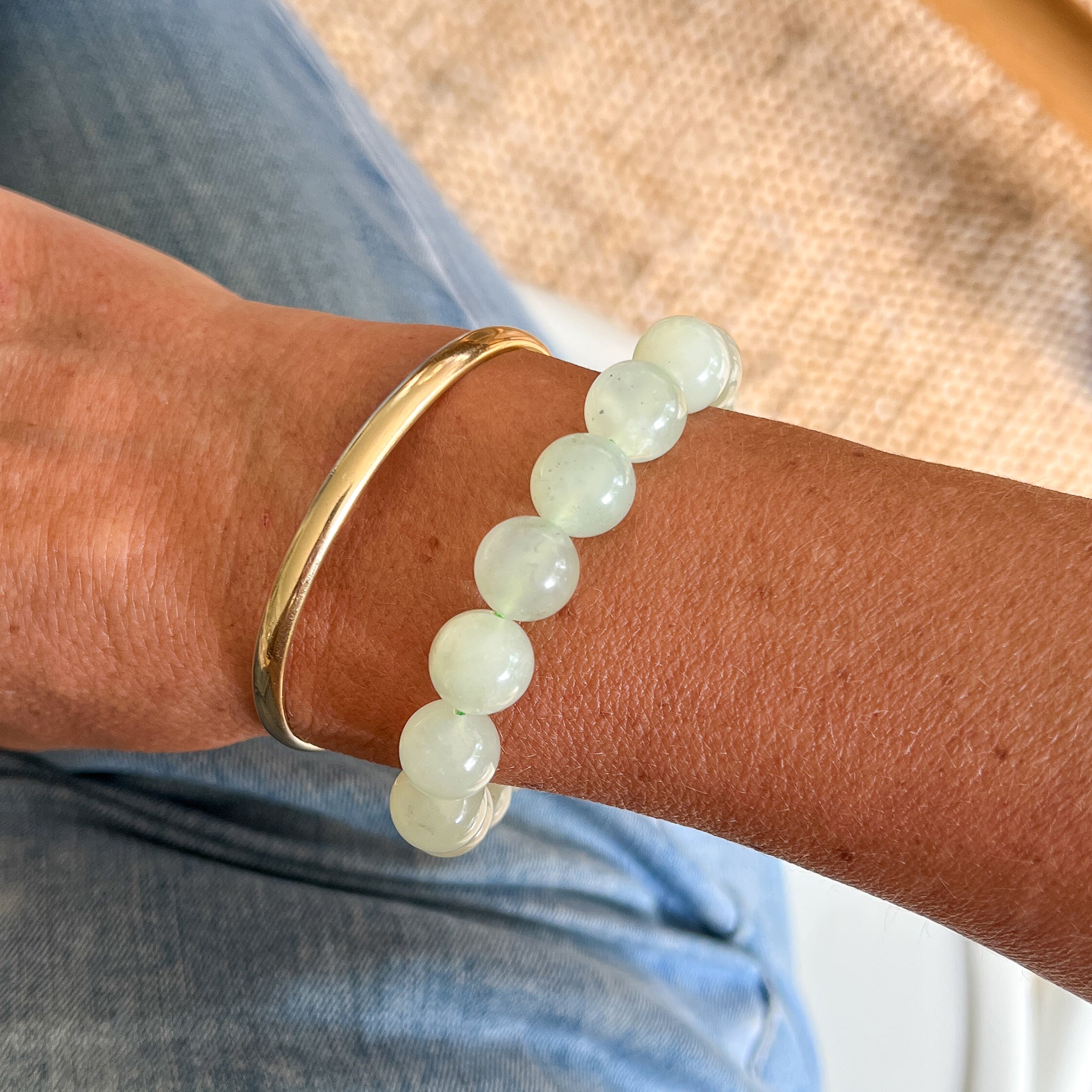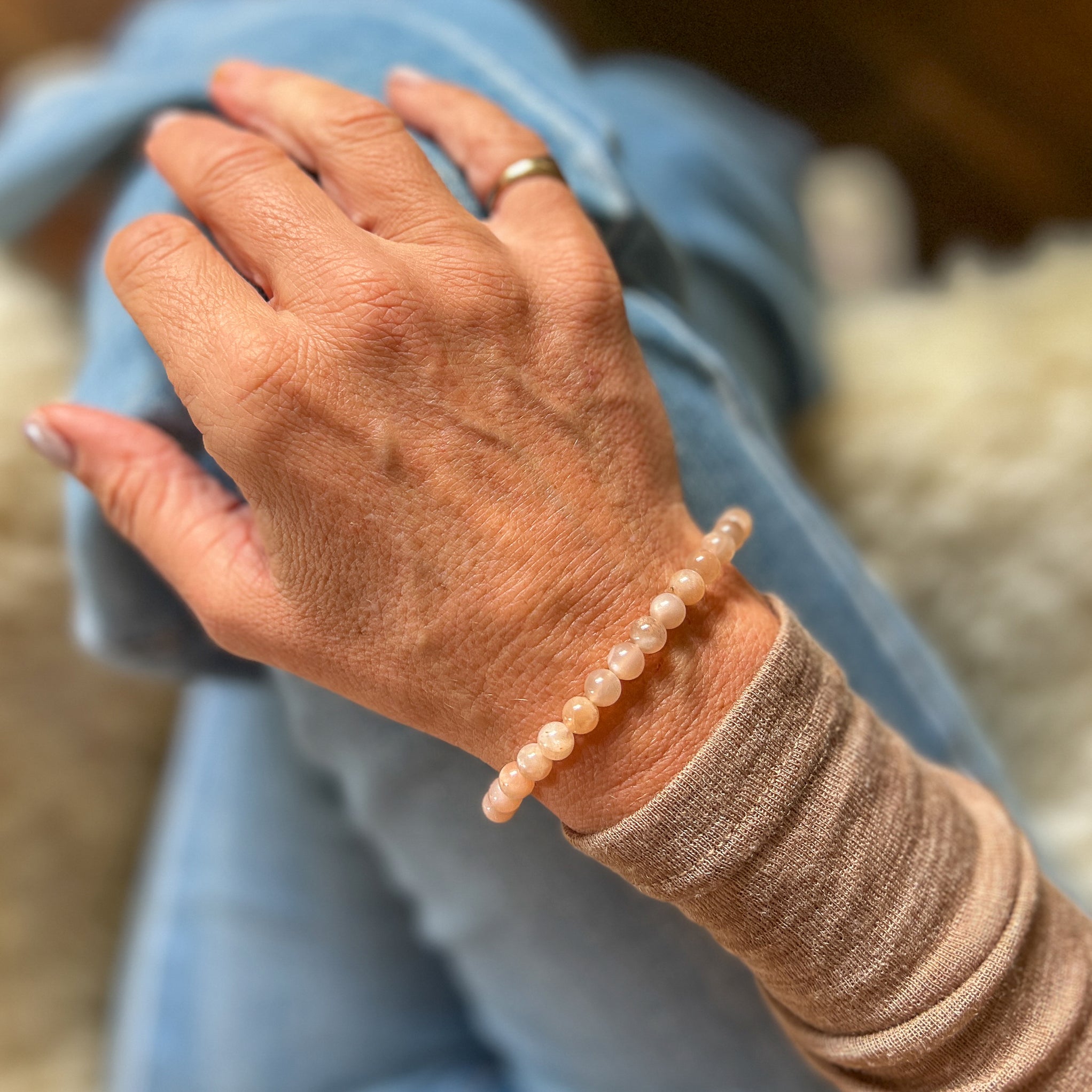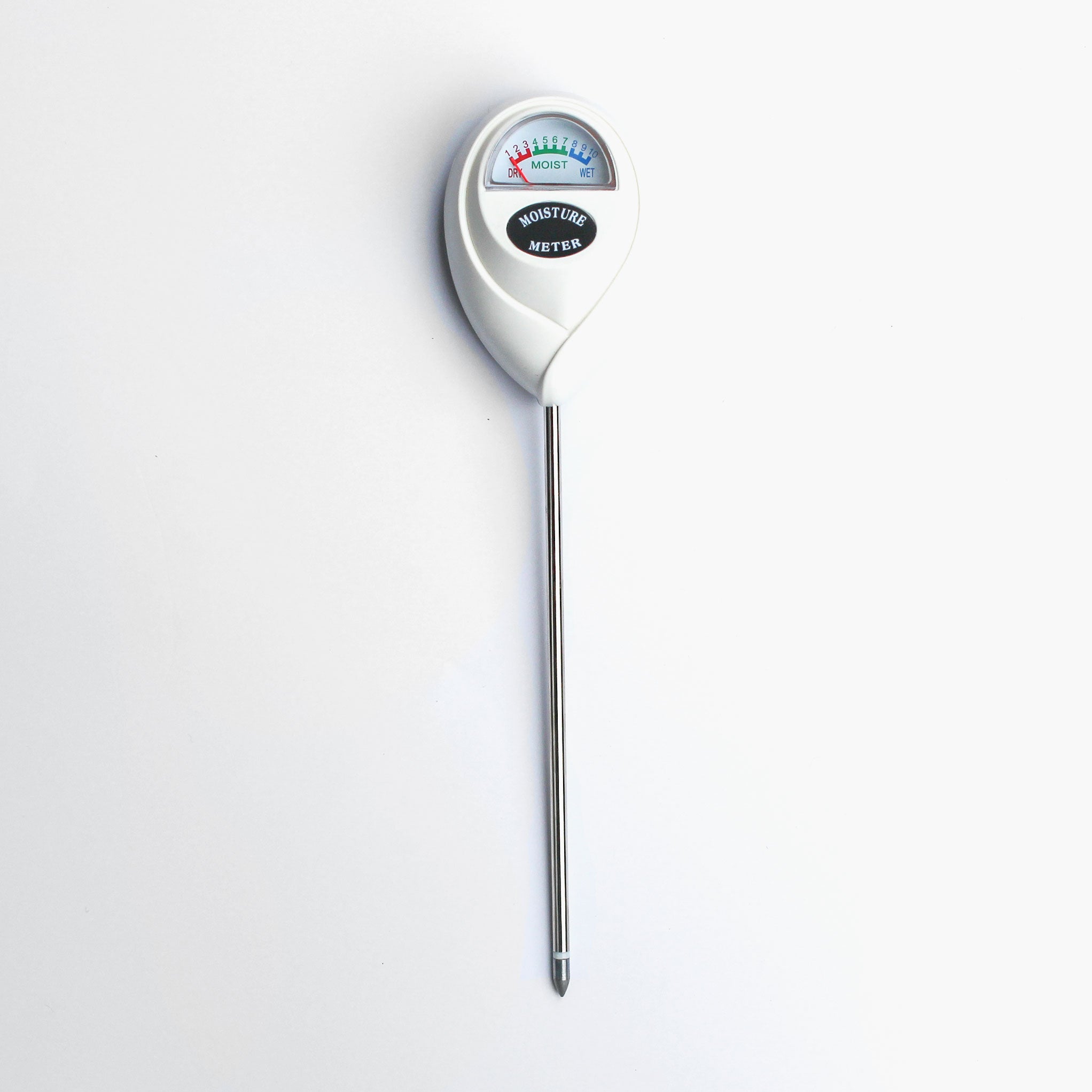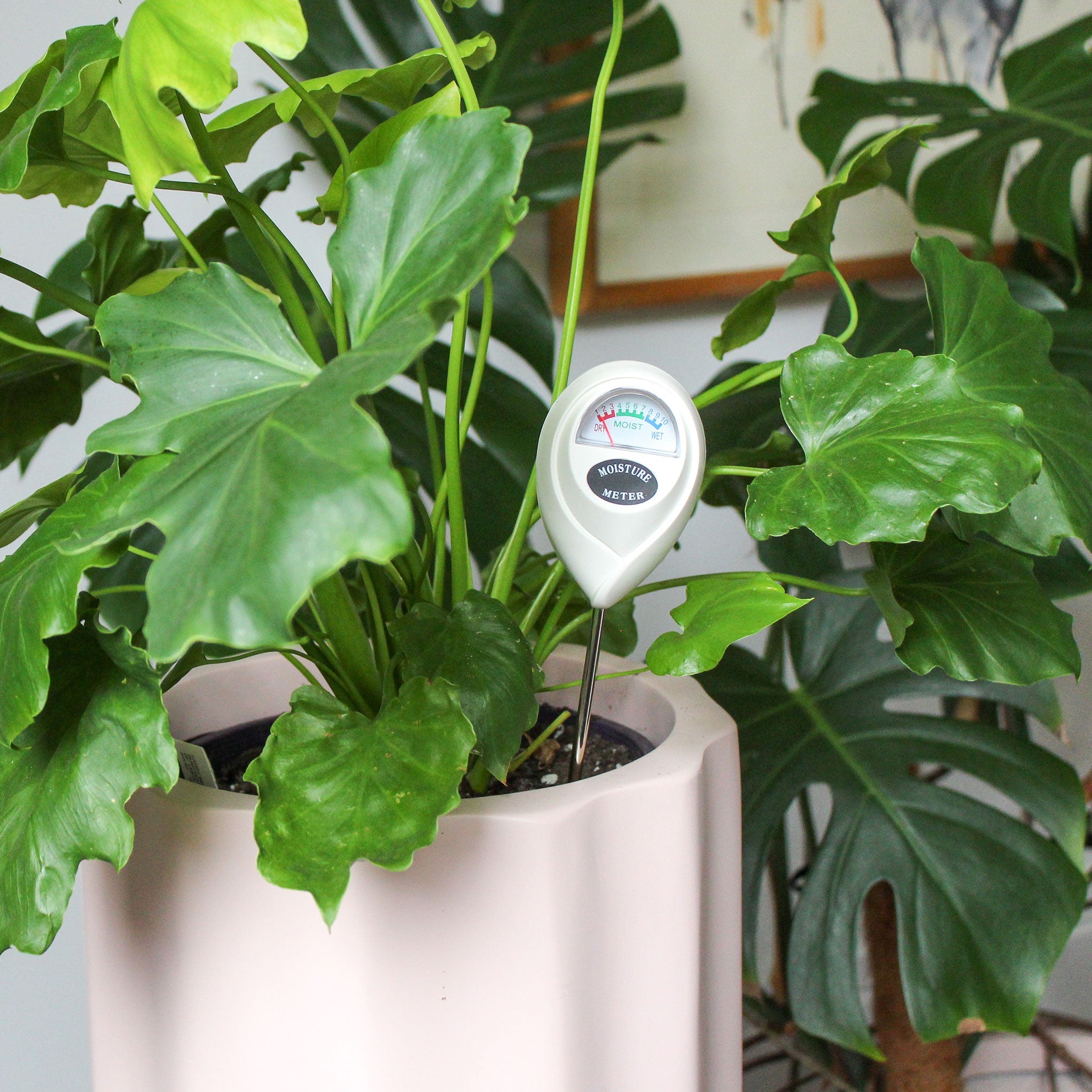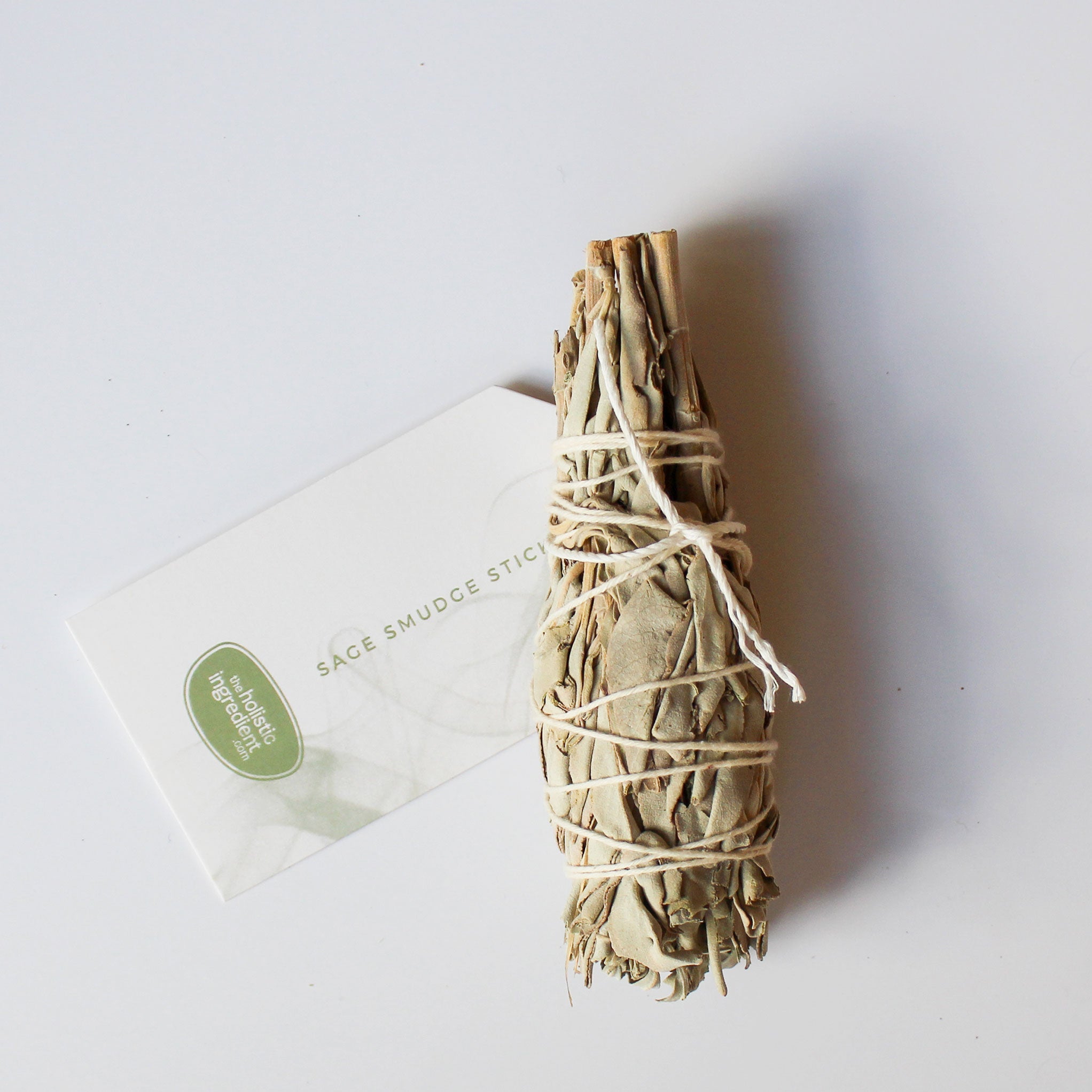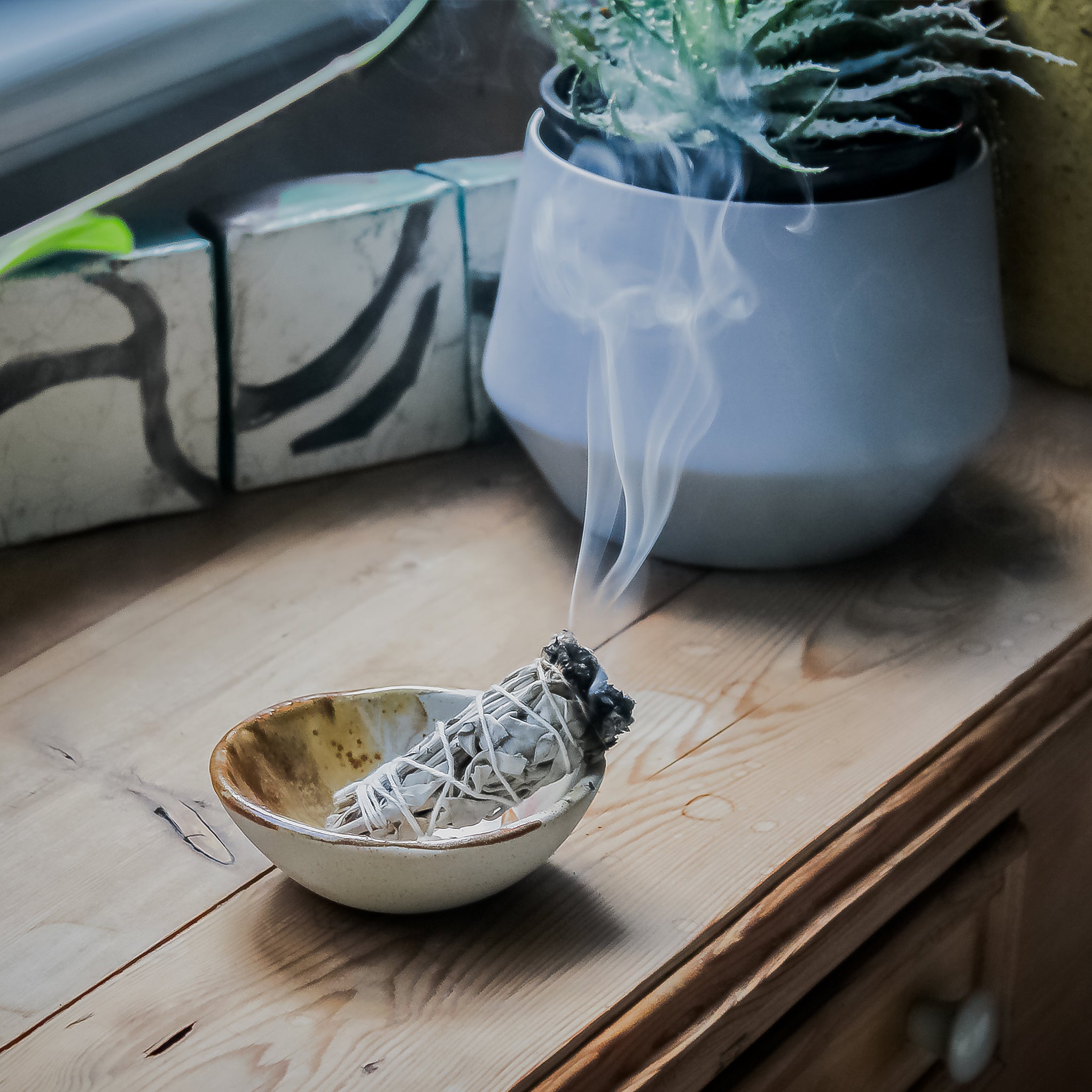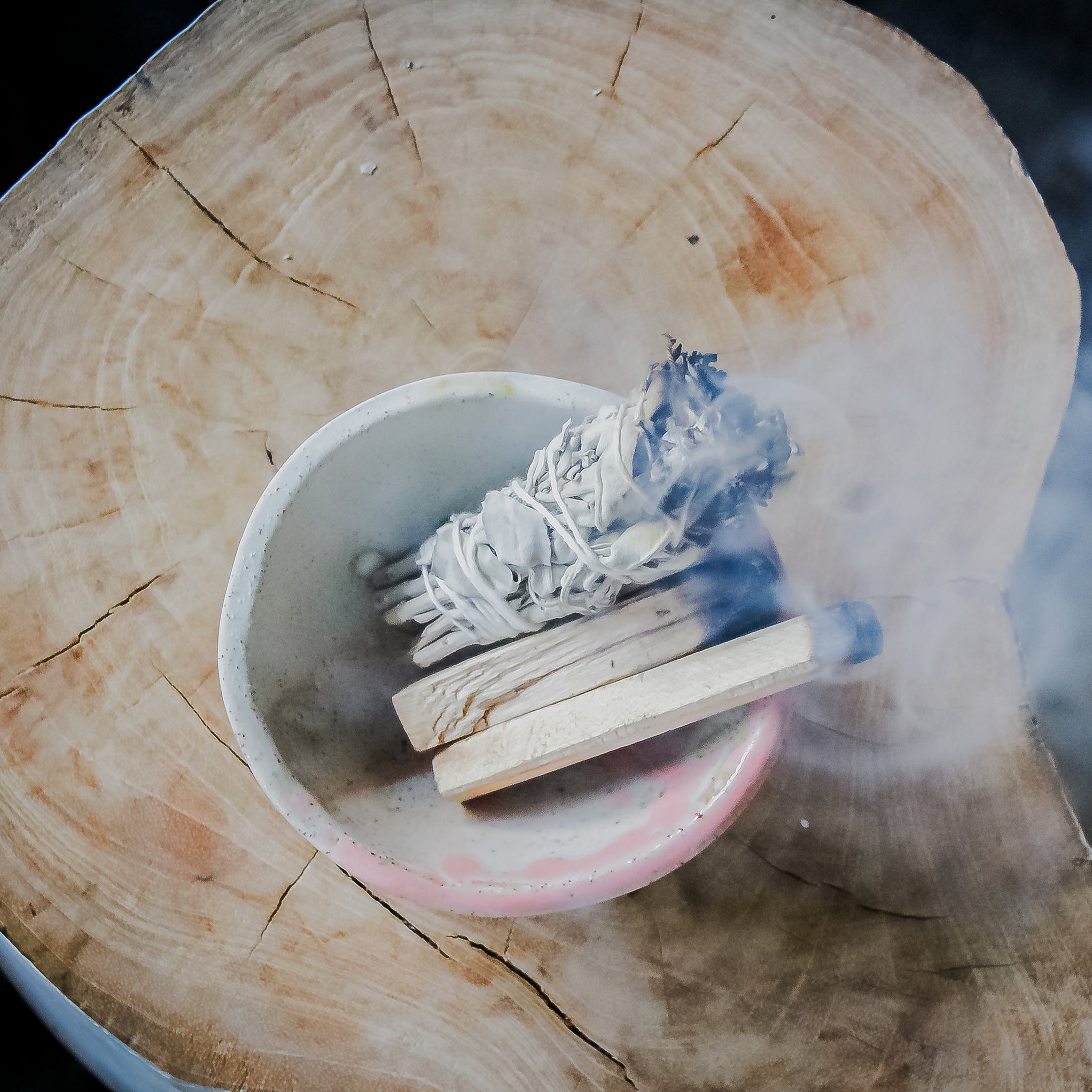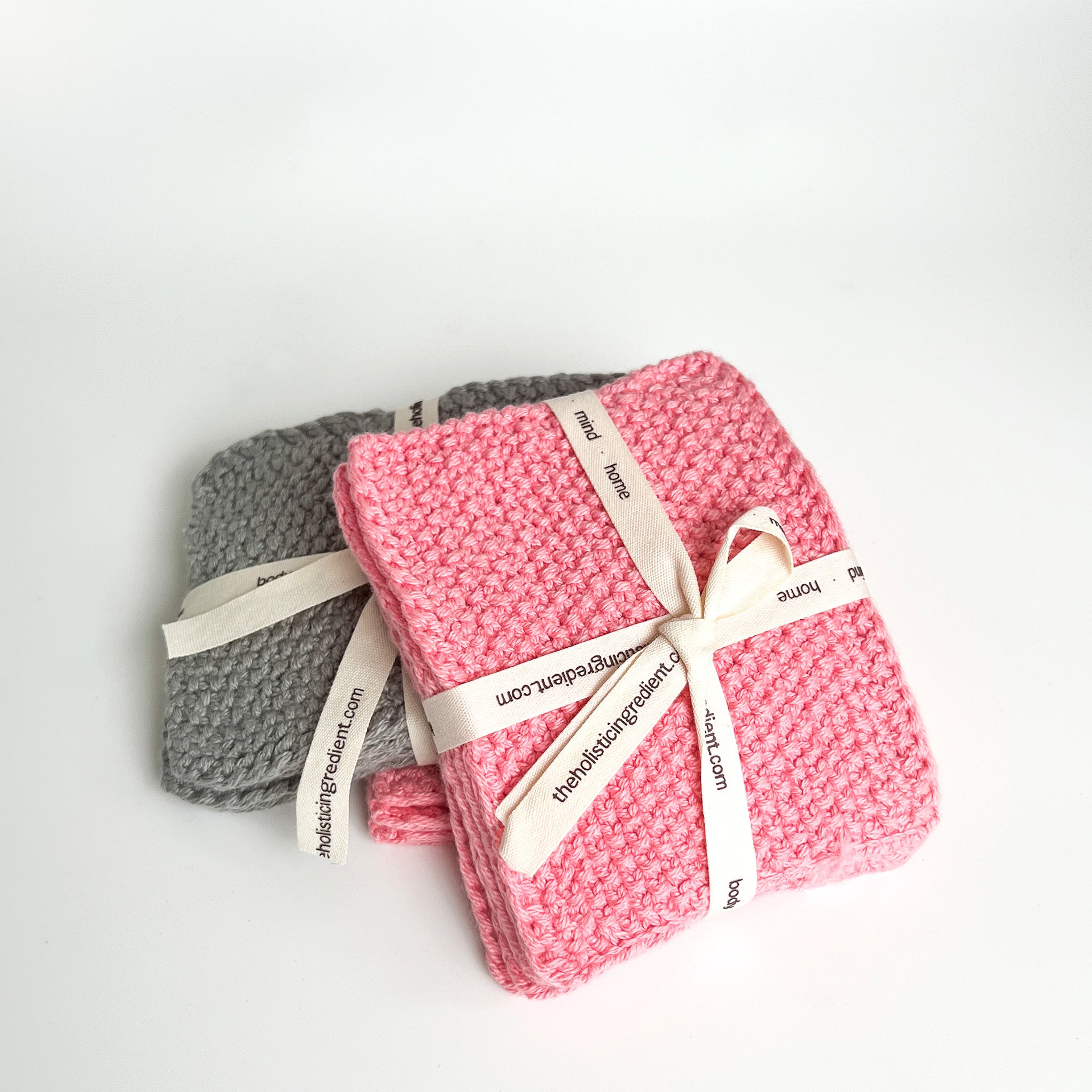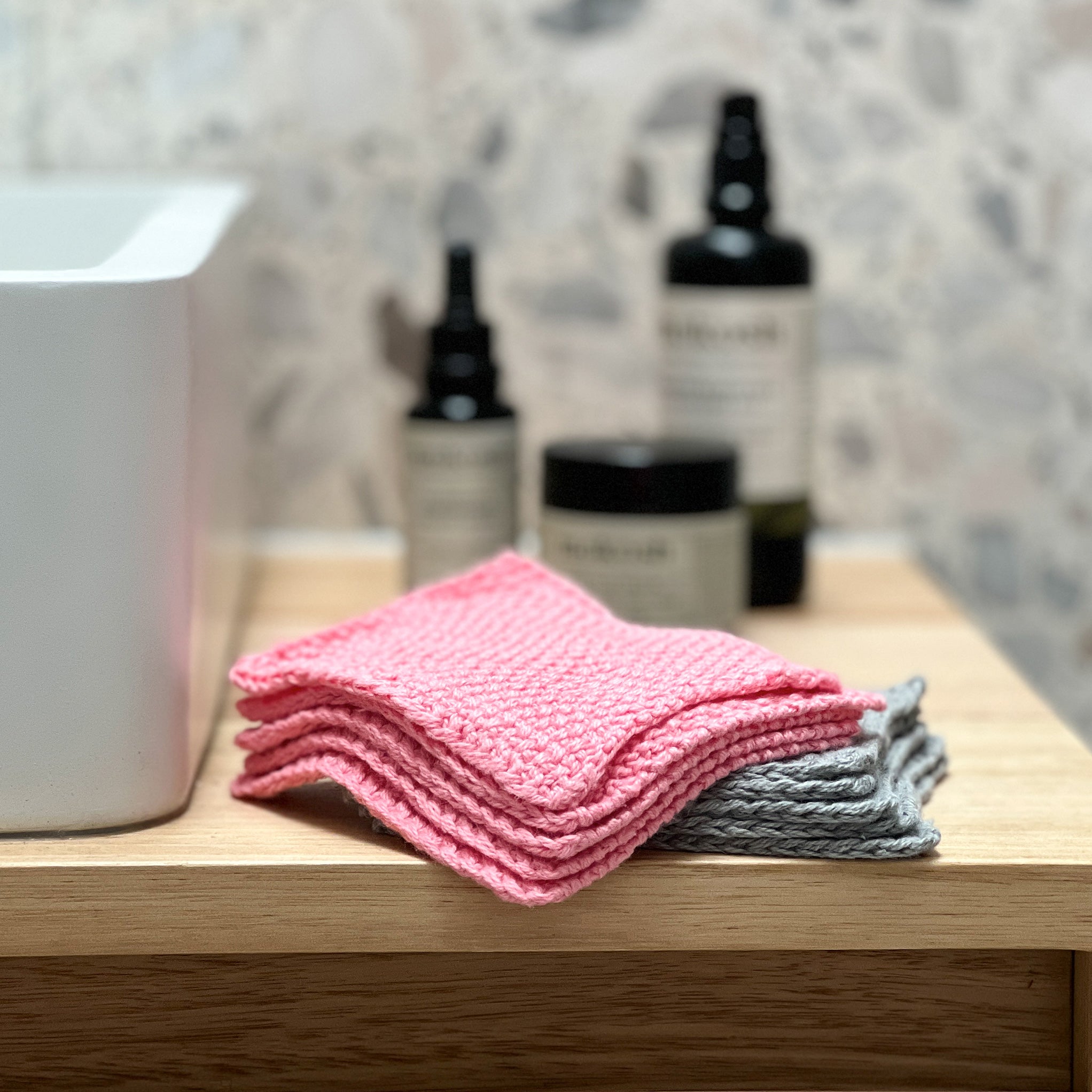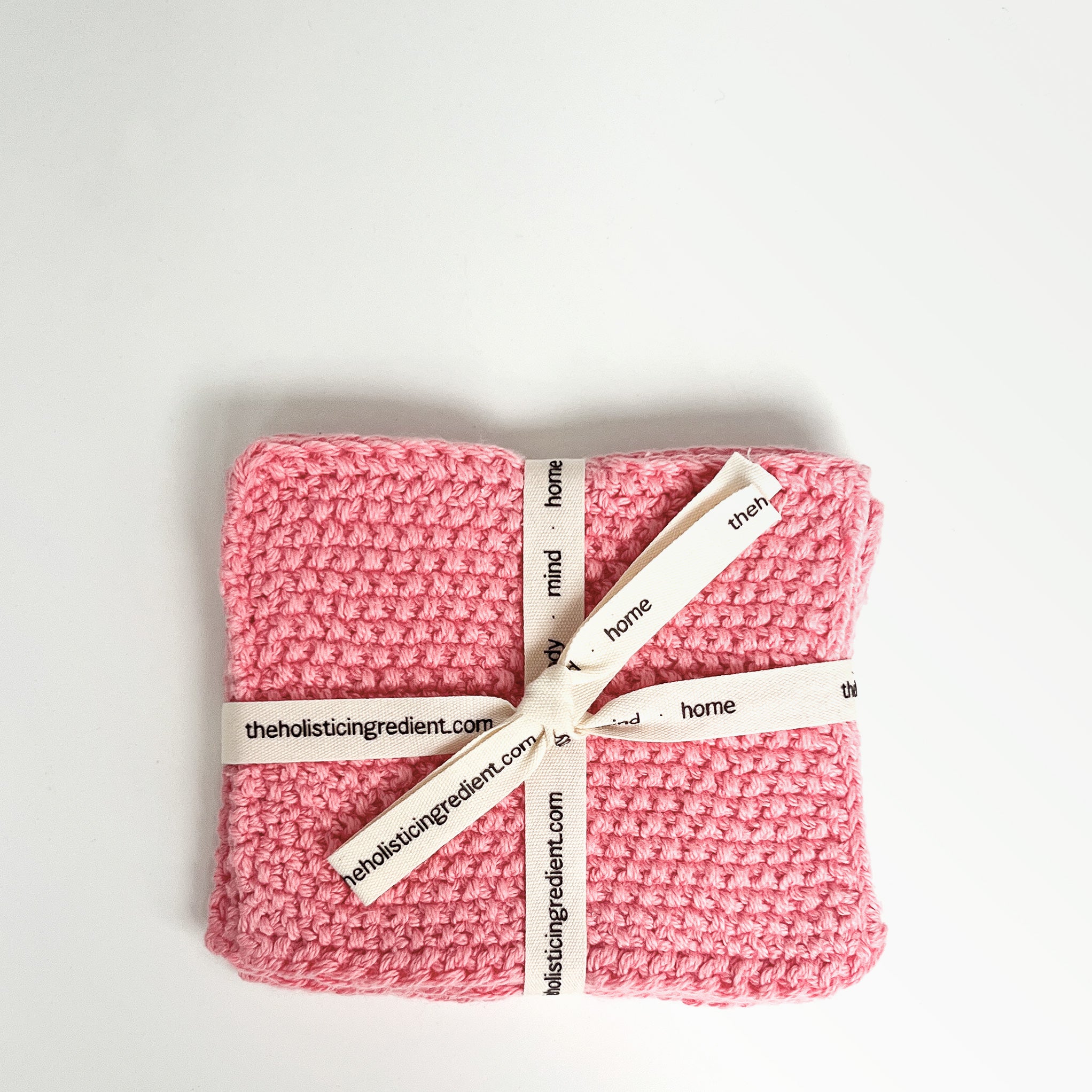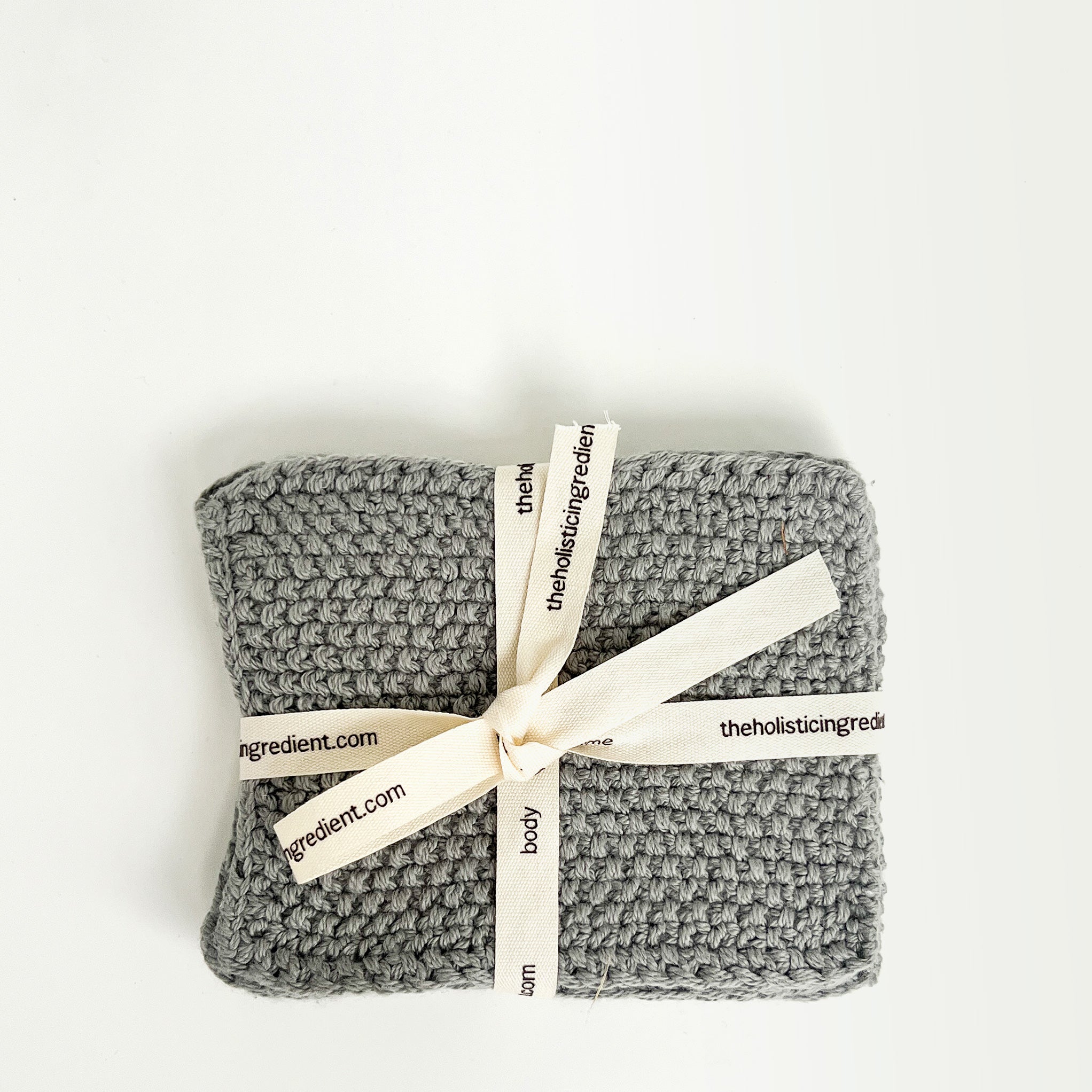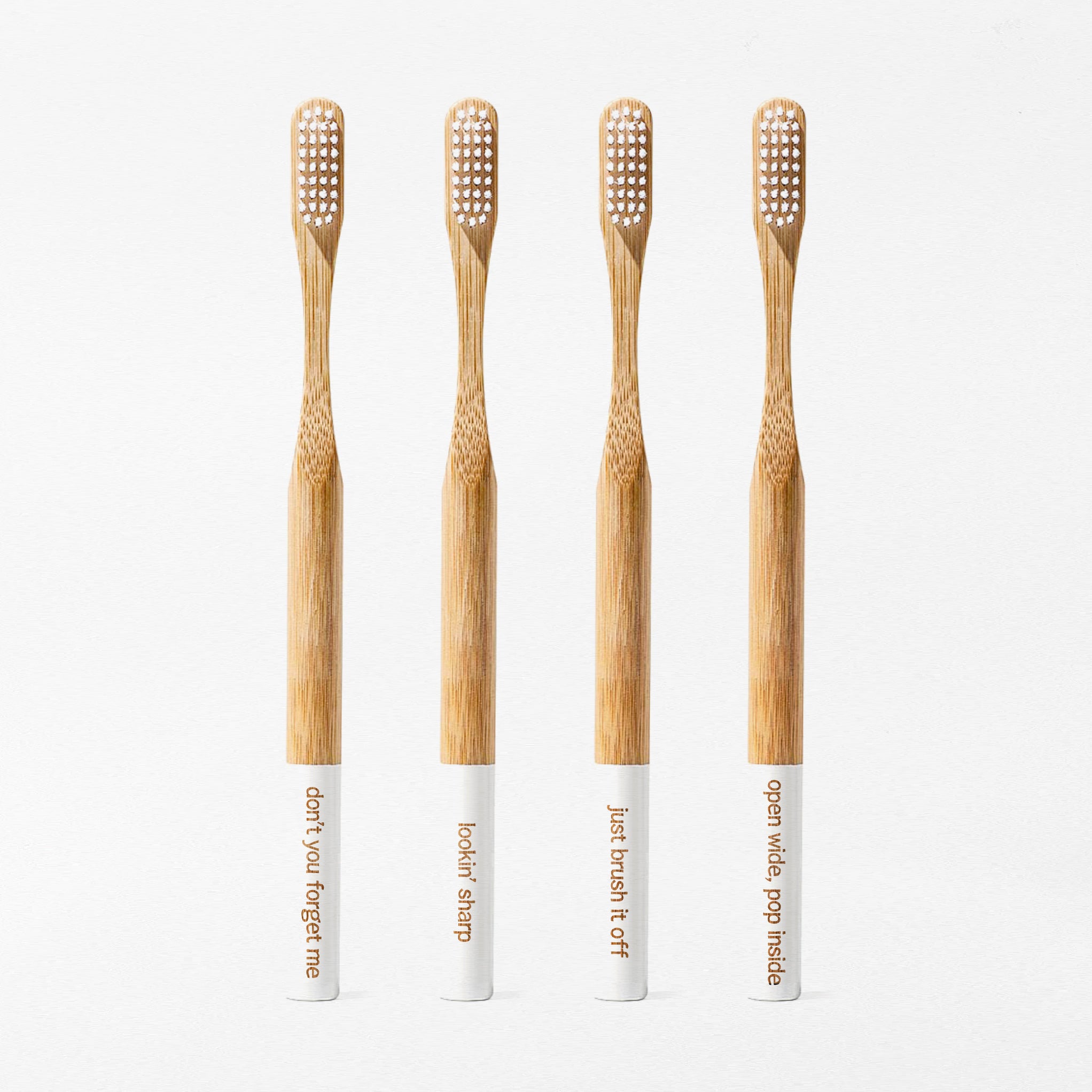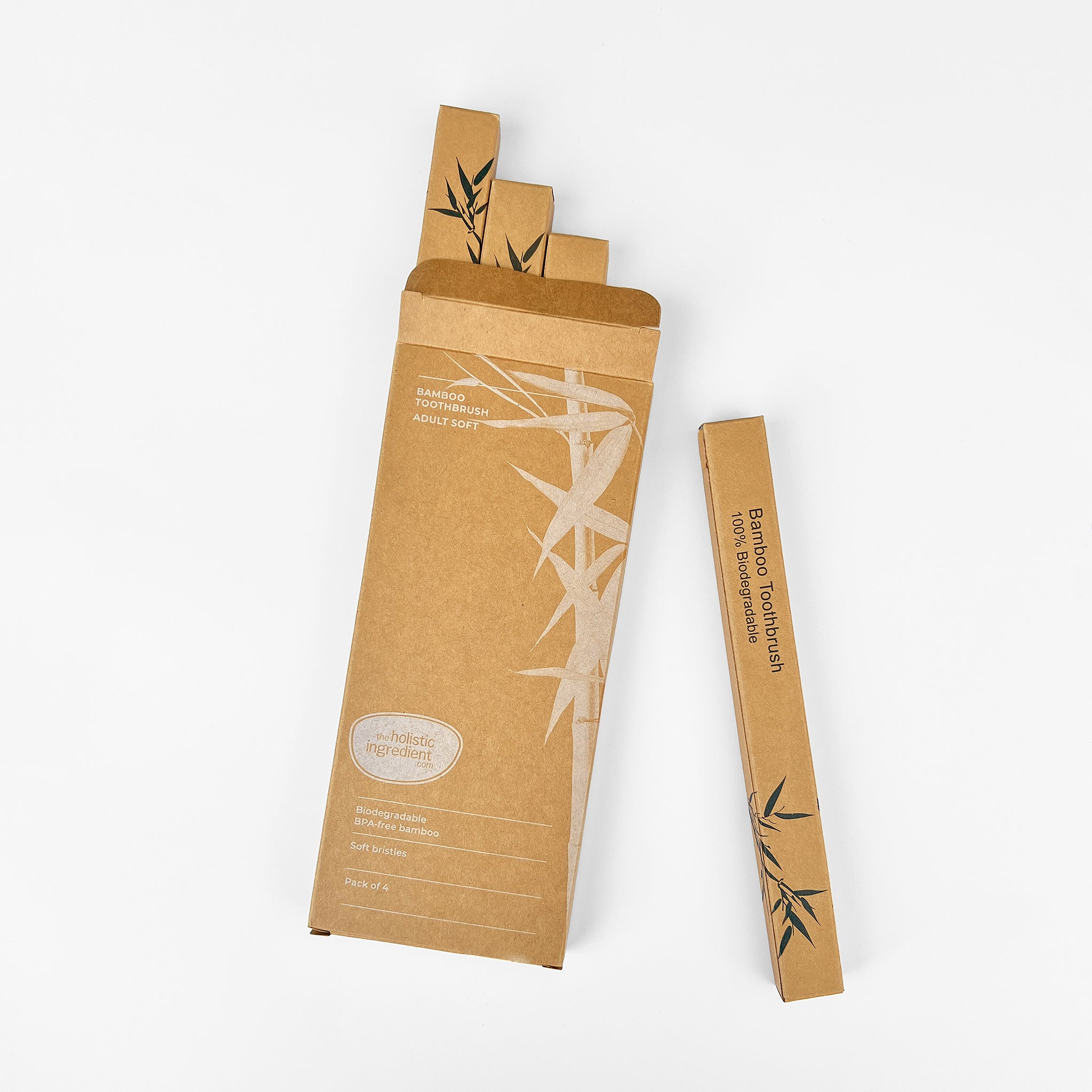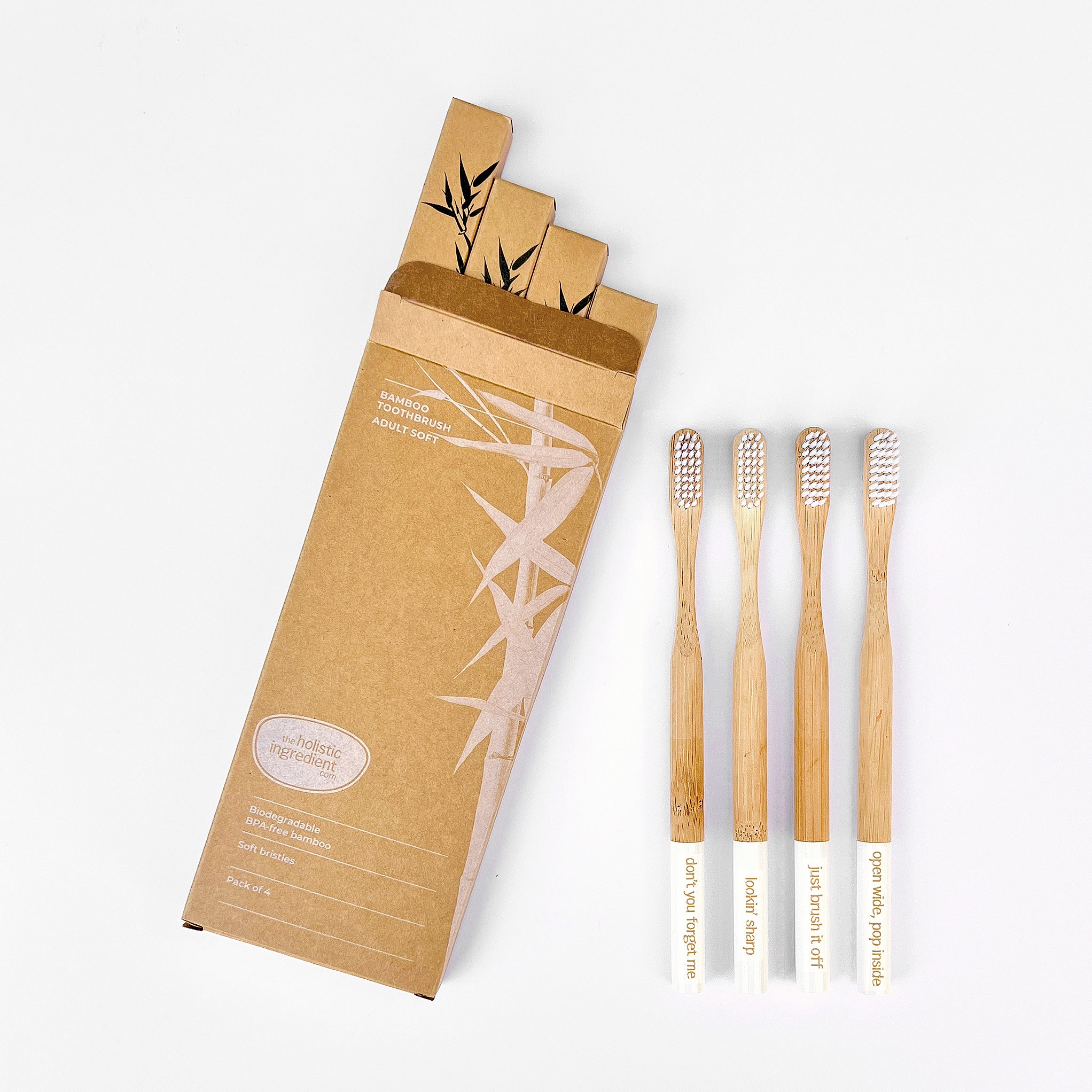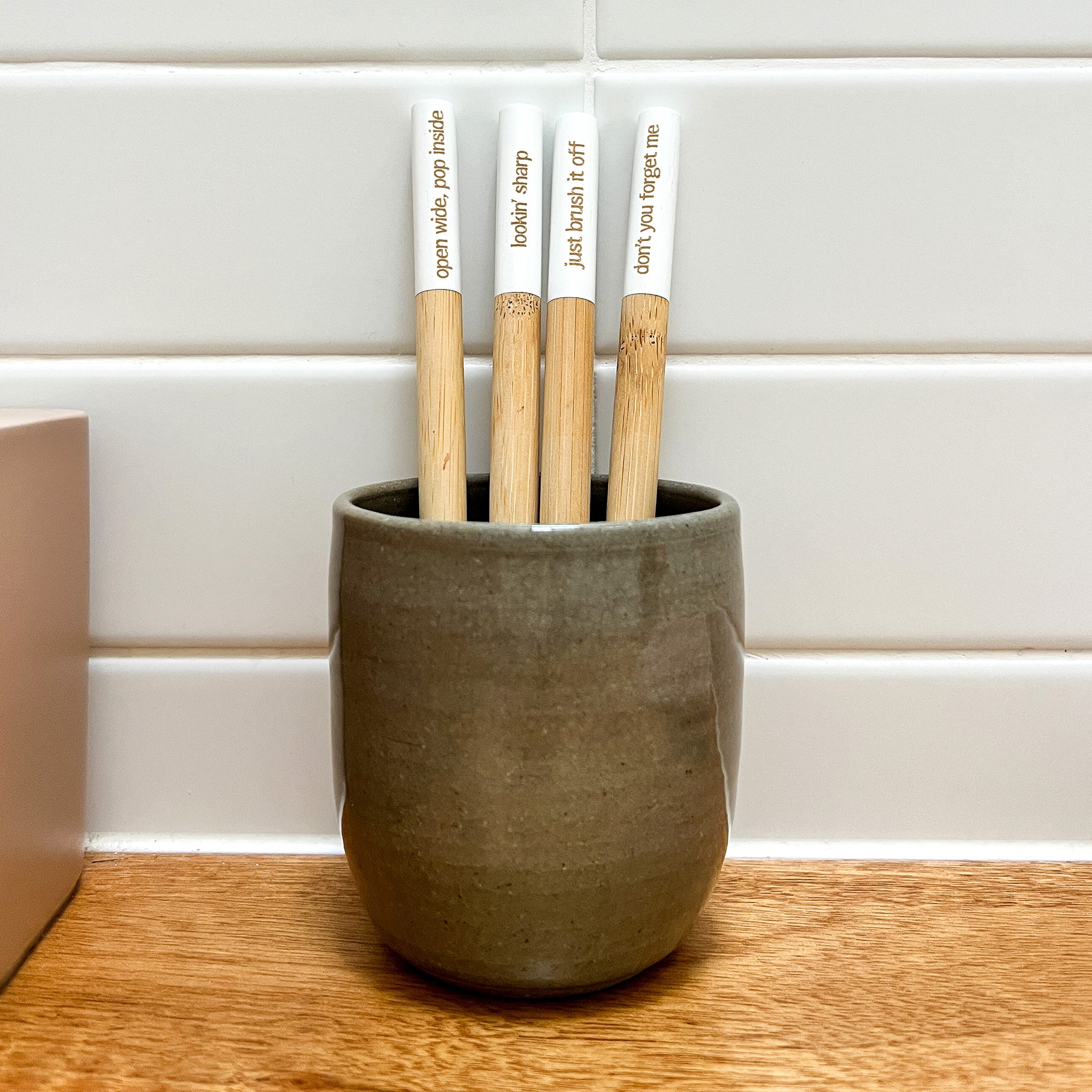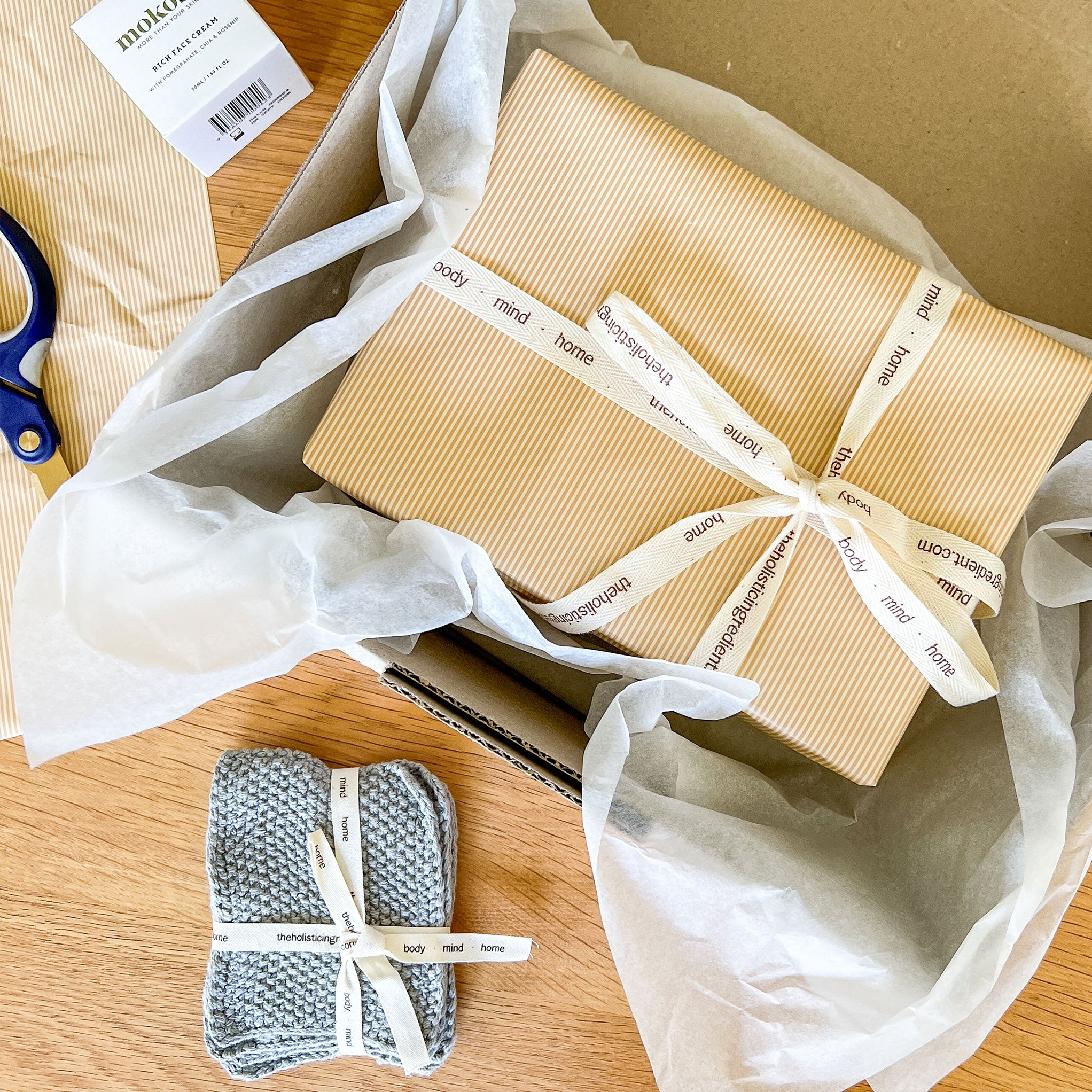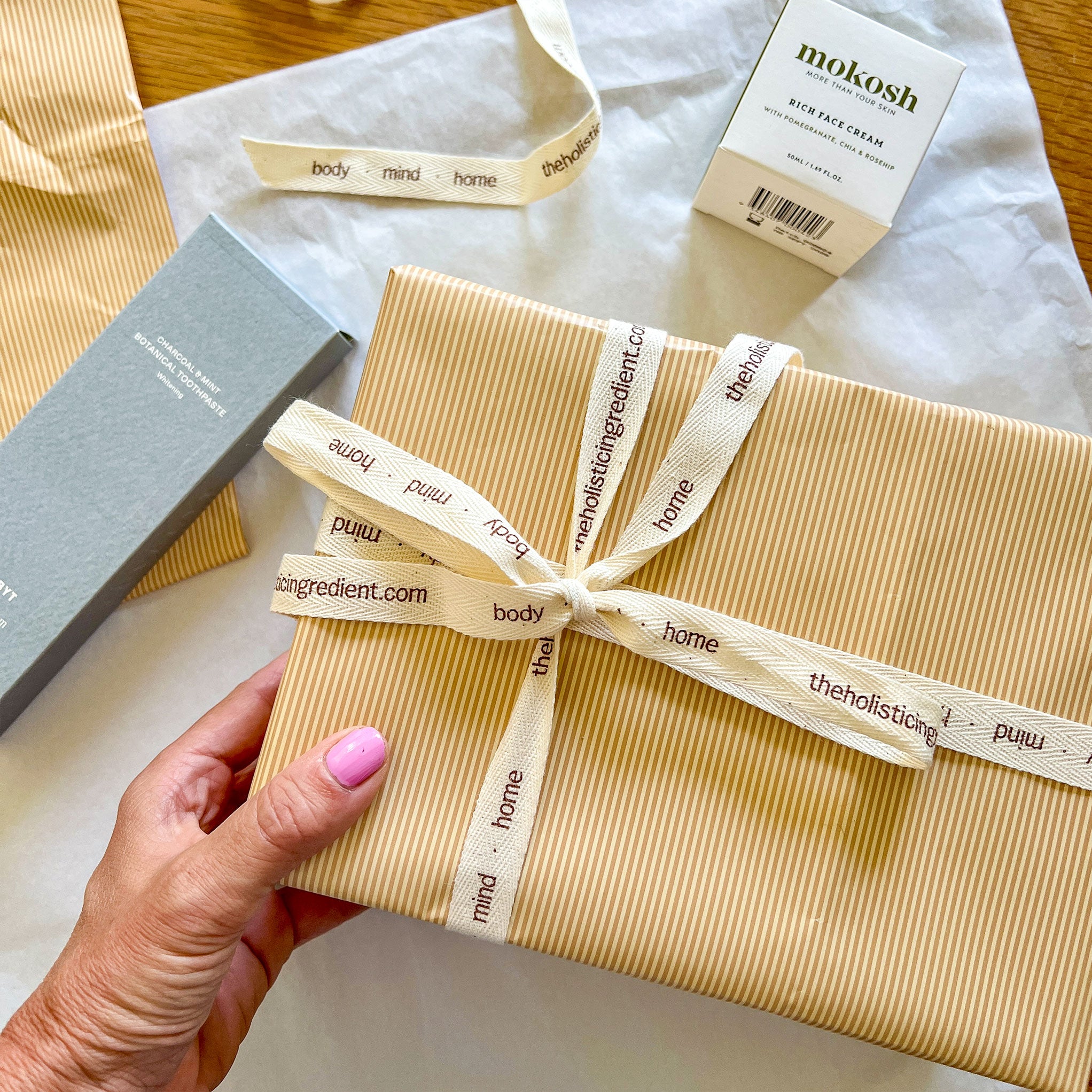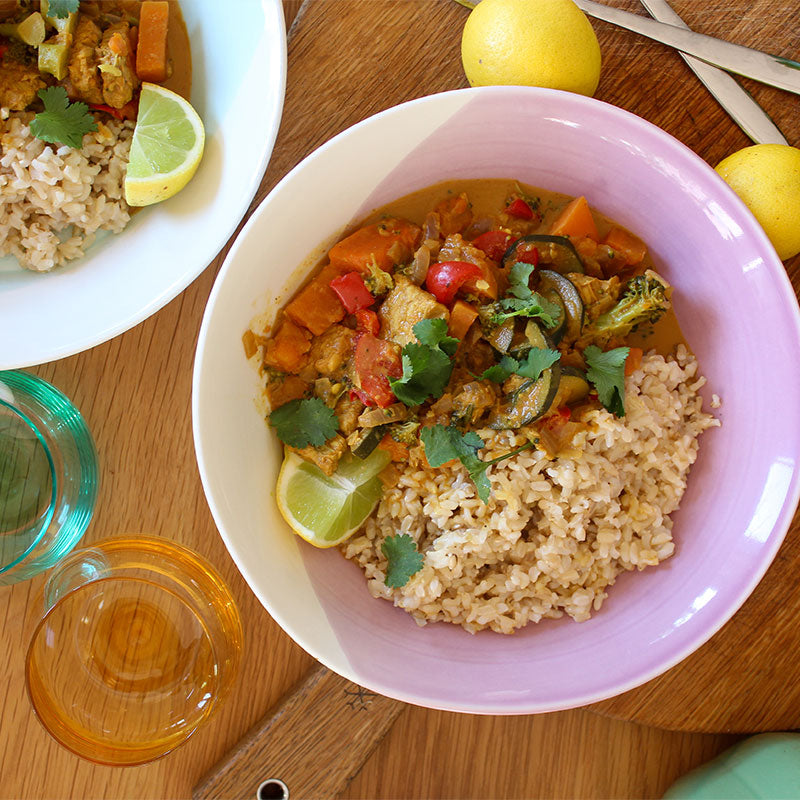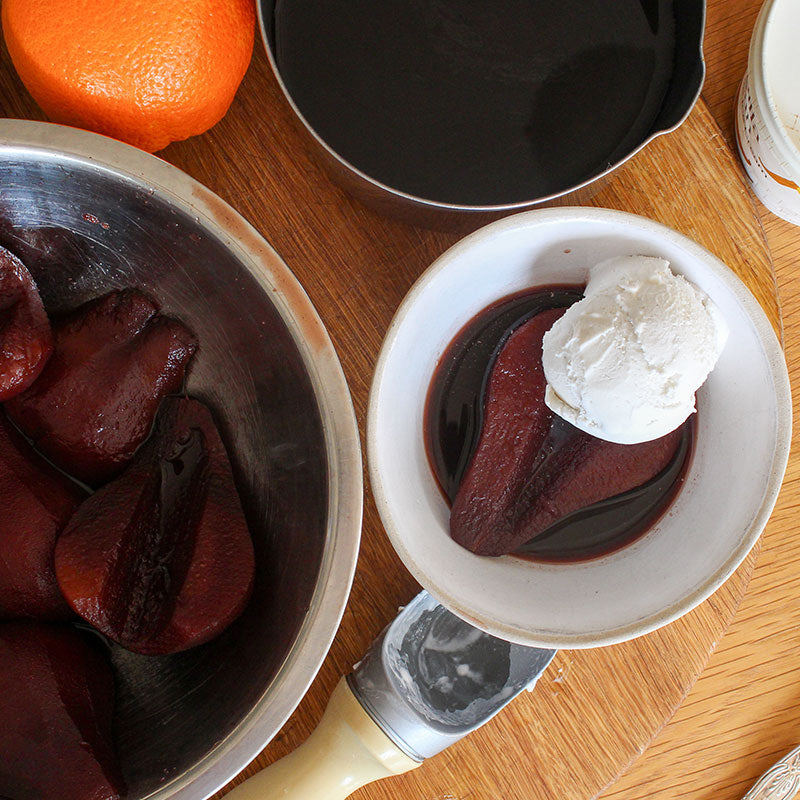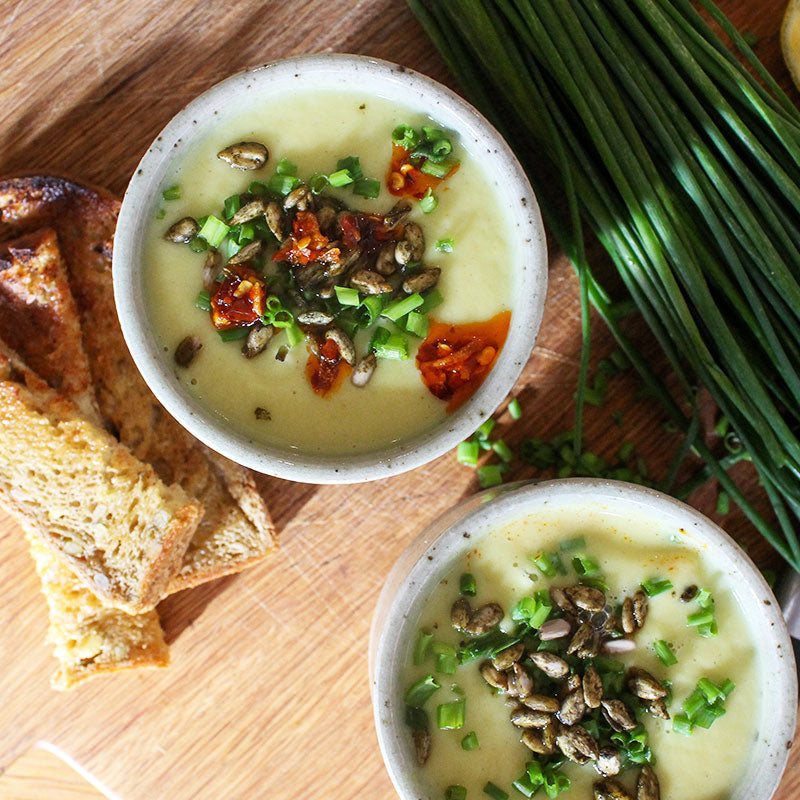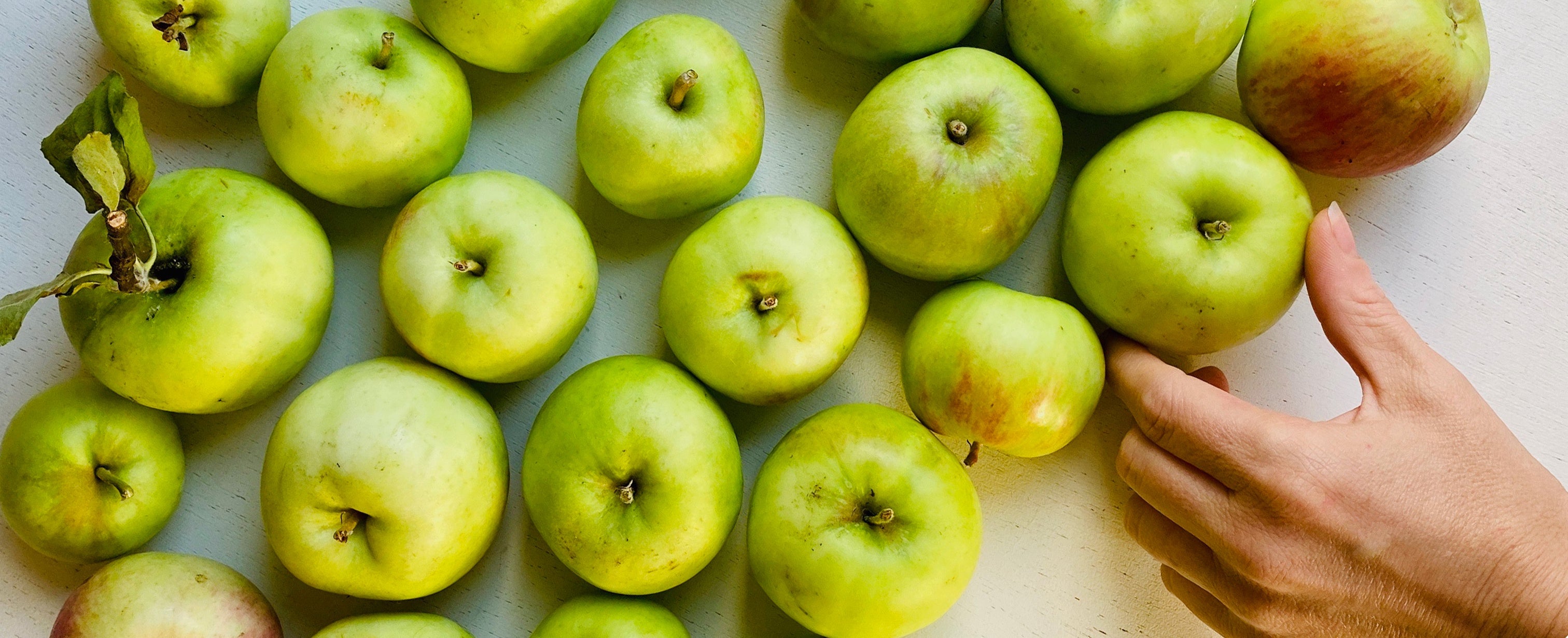
Makes 3.5 cups
The process of eliminating wheat and gluten certainly turns baking on it's head, or turns it right off as in my case. I had my fair share of horrors in the kitchen prior to going GF - so you can only imagine the baking disasters that followed. The upshot? I pretty much stopped baking - it was easier not to eat baked goods full stop then to try and work out what flour combined with what, which consistencies each of the seemingly thousands of varieties of flour created. I was also pretty unsure about a lot of the commercially prepared GF flour mixes out there.
Thankfully I now have a clever PA, Sarah, who appears to be a bit of an expert in the baking department and is quickly pulling me up to speed on what's what. Would you know THI now has our own GF flour mix? Well I never, who'd have thought eh? From baking disaster zone to this.
So let's chat GF flour then shall we?
What is gluten?
Gluten, noun: a mixture of two proteins present in cereal grains, especially wheat, which is responsible for the elastic texture of dough.
This simple definition says it all. Gluten, in baking, performs four primary functions that are rather challenging to replicate:
- Gluten is a binder: meaning that is holds the ingredients together.
- Gluten provides structure: whereby starches adhere to the gluten proteins, building the baked good into a certain shape or mould.
- Gluten is elastic: it can be formed into shapes that stay in that exact shape. Think of kneading and stretching bread dough, and how it maintains it's shape as it is cooked as rises.
- Gluten retains fluid: keeping baked goods moist, promoting shelf life and preventing them from drying out over long periods of time.
Gluten substitutes.
So then, seeing as we here at THI are entirely gluten free and encourage the same from you, what ingredients can we use to effectively replace these actions of gluten in baking? Ingredients that impersonate gluten properties if you like. I have come up with three ingredients that you may like to experiment with:
-
Guar Gum
Guar Gum is made from the Guar Bean plant. It builds structure and binds ingredients adequately, however when used in baking does not offer the elasticity of Xanthan Gum. It is better suited to cold dishes that require thickening, such as smoothies or ice cream. -
Xanthan Gum
Xanthan gum is made by fermentation of bacteria in a sugar solution. It seems to be the product that behaves most like gluten. It has binding and structure building capabilities and offers suitable elasticity. It is favoured in baking, whereas Guar Gum is favoured in recipes that do not require cooking. -
Ground seeds
Psyllium, chia or flax seeds, when emulsified in water to create a slurry solution (such as the chia 'egg') prove to be very effective 'gluten replacers' in the initial stages of creating a batter. They offer elasticity and bind the ingredients together well. The issue in baking however arises once the batter is heated and cooked, as the seeds once again dry out and in turn produce a more crumbly baked product. They still bind the mixture but not as effectively as I would have liked. They also contribute to a more gritty mouth feel than may be desired. I still love using a 'chia egg' or flax to replace eggs in baking, or to thicken a smoothie, so don't be discouraged.
Gluten free flours.
So now we know what we need to add to our gluten free flours to ensure they behave in the binding, elastic way we would like, which gluten free flour to use?! There are so many! I find it helpful to break down the flours into their weights: light starchier flours, medium flours and heavier flours/meals. An equal blend of medium and heavy flours, with a smaller amount of lighter flour included to help bind seems to work well. A ratio of 40/40/20 if you like, but please play around!
- Light starchy flours: gluten free tapioca starches, arrowroot starch, potato starch, sweet rice flour, white rice flour.
- Medium flours: sorghum flour, certified gluten free oat flour, brown rice flour
- Heavier flours/meals: almond meal, hazelnut flour (any nut meals for that matter), buckwheat flour, quinoa flour, millet and bean/legume flours.
I should note that coconut flour is a beast unto itself. Highly absorbent and high in fiber. You will most certainly need to add more liquid (or fat/oil) when baking with this flour. It tastes great, so is worth the potential dry crumbly 'baking fails' that might lie ahead for you (and I do not use the words 'baking fails' lightly!).
So, now to unveil our gluten free flour mix that is to show case in a very exciting Easter recipe coming this week (keep your eyes peeled, you're in for a treat). It appears this flour mix will be used well in fruit loaves, denser banana and walnut breads...or an Easter treat or 16 (perhaps I just gave you the biggest hint of all).
You'll need:
1 cup brown rice bran flour
1 cup white rice flour
3/4 cup sweet sorghum flour
3/4 cup tapioca flour
2 teaspoons Xanthan Gum
*Increase or decrease the quantities as per the above ratios to make the amount of flour that you require.
Measure all ingredients and combine. Use immediately in baking, or store in an airtight jar in the pantry for use at a later date.
So, this is but just one gluten free flour recipe, and certainly the first of many that are yet to be perfected. Do you have a gluten free flour mix you'd like to share? I'd particularly love to hear about your experiences with coconut flour! Share in the comments below.



